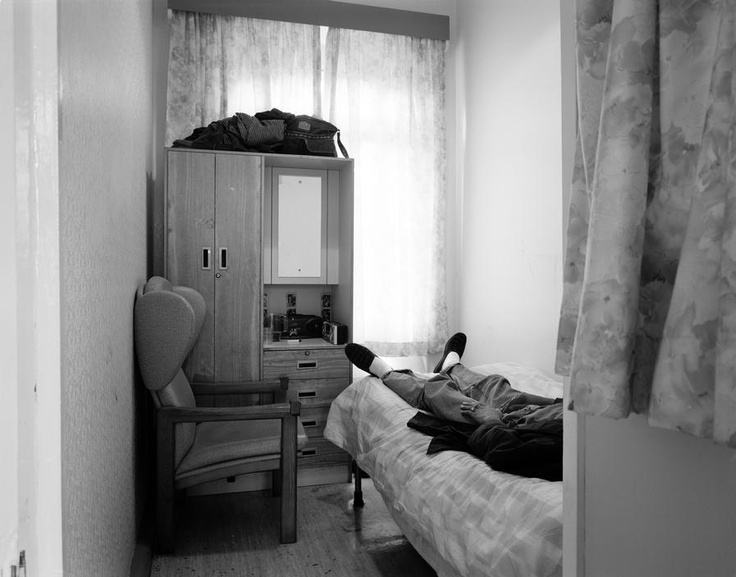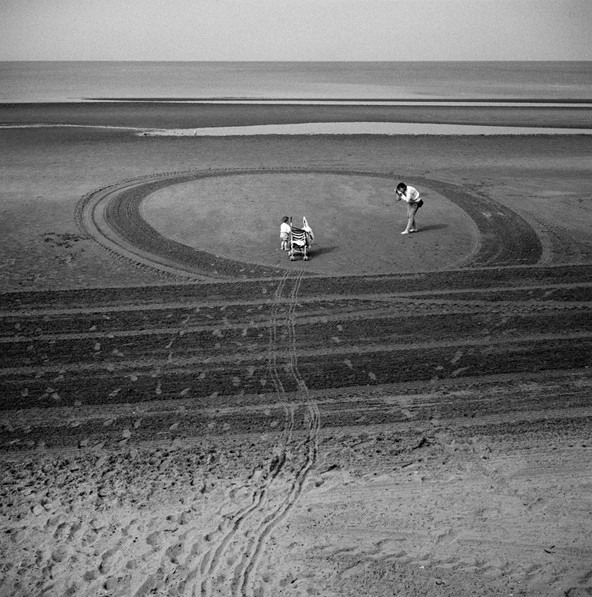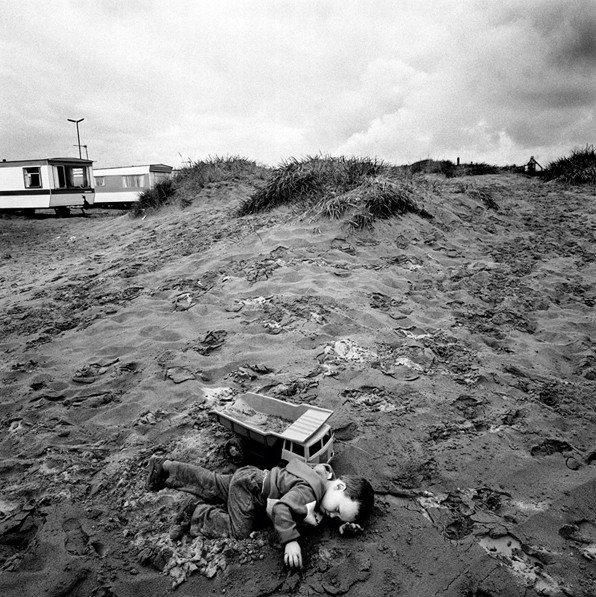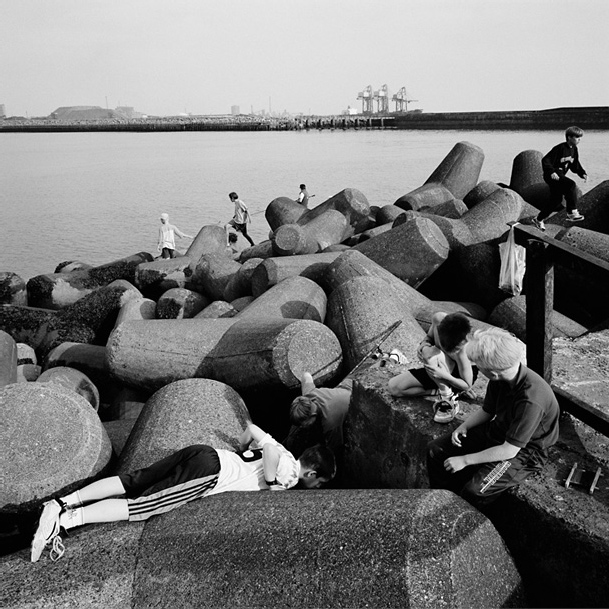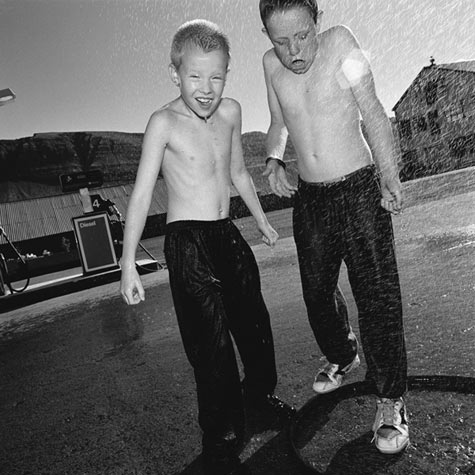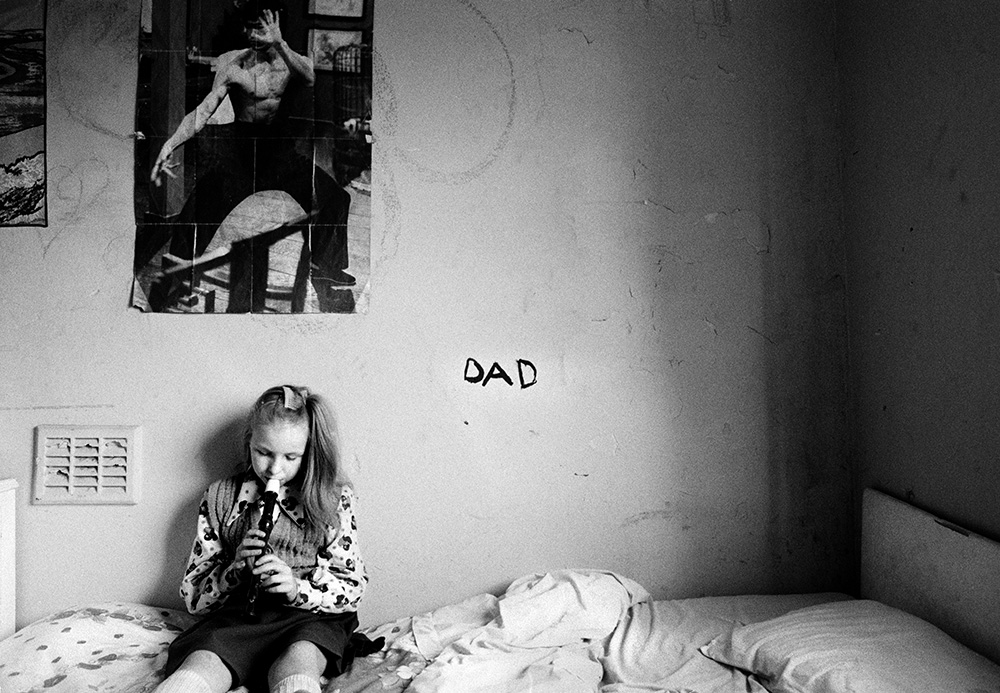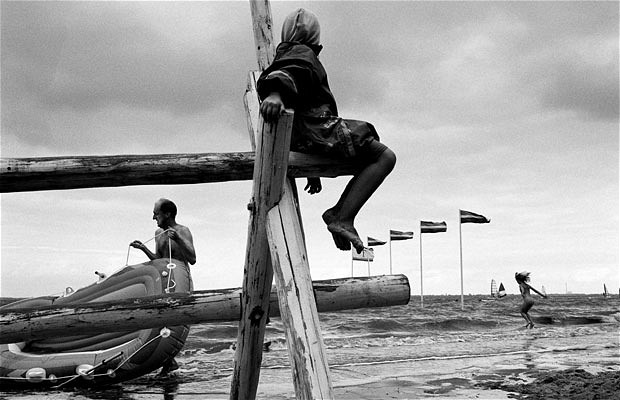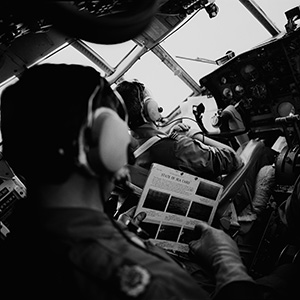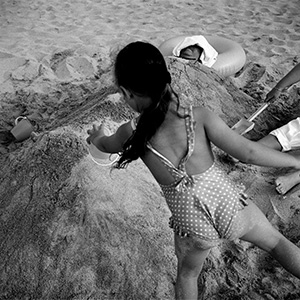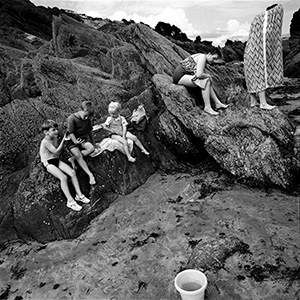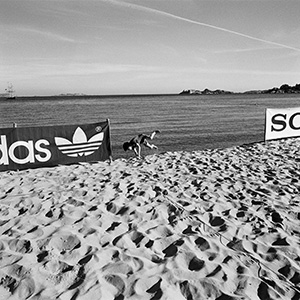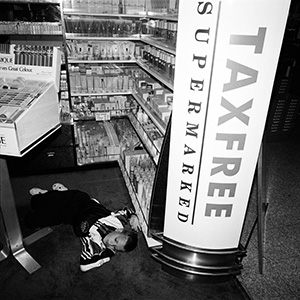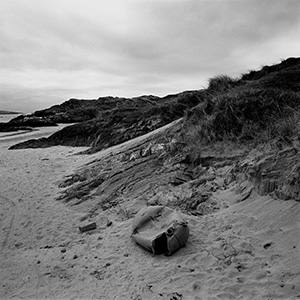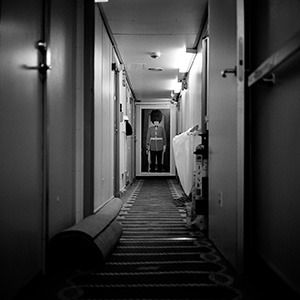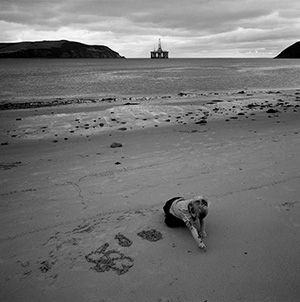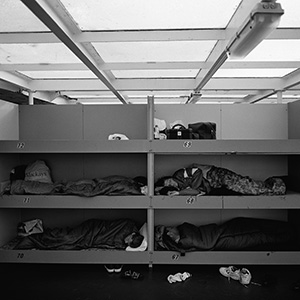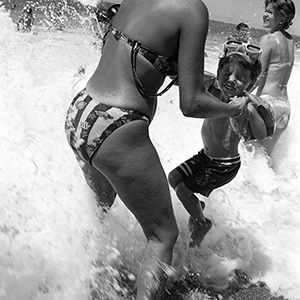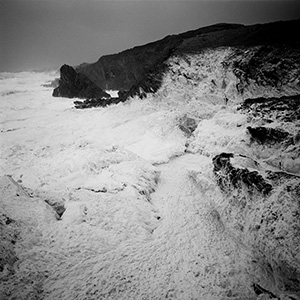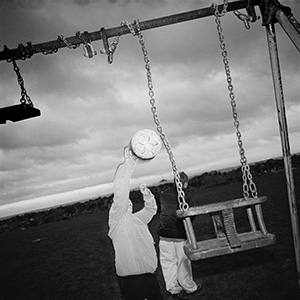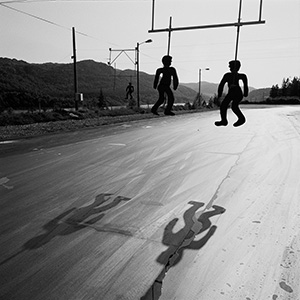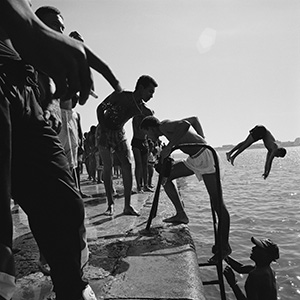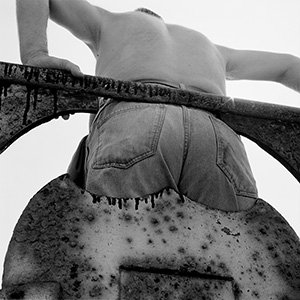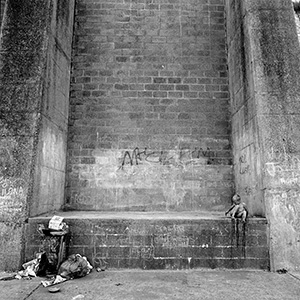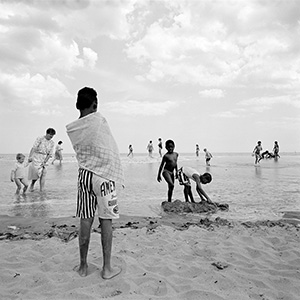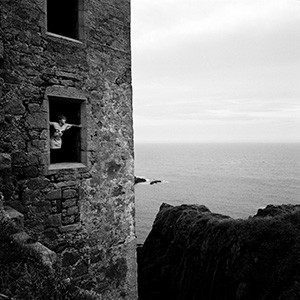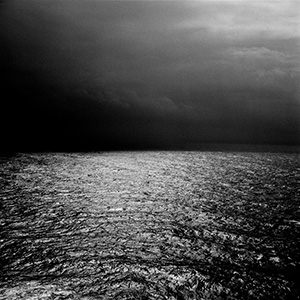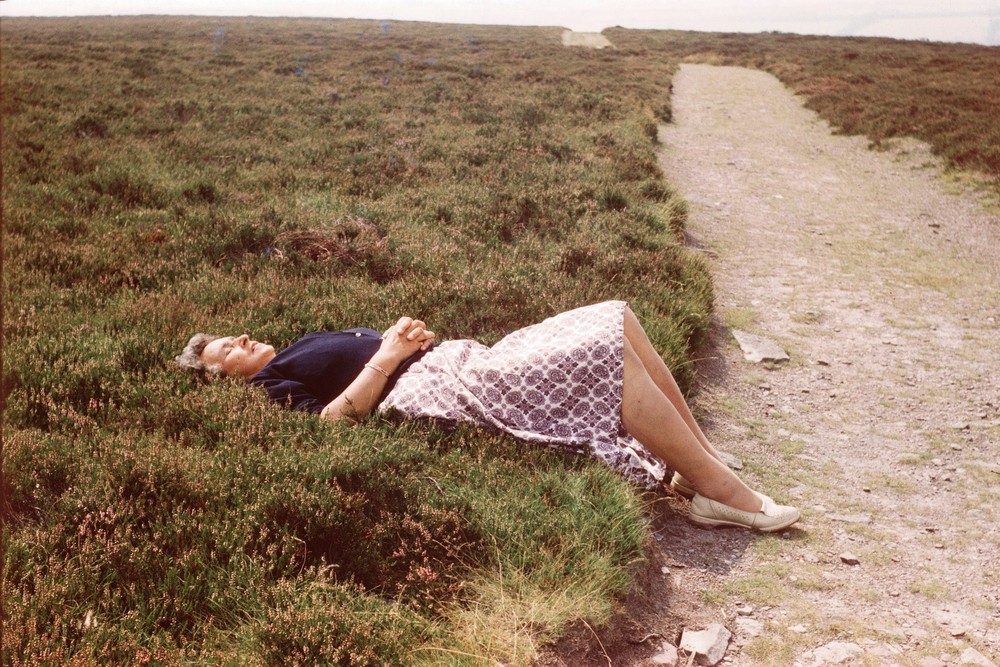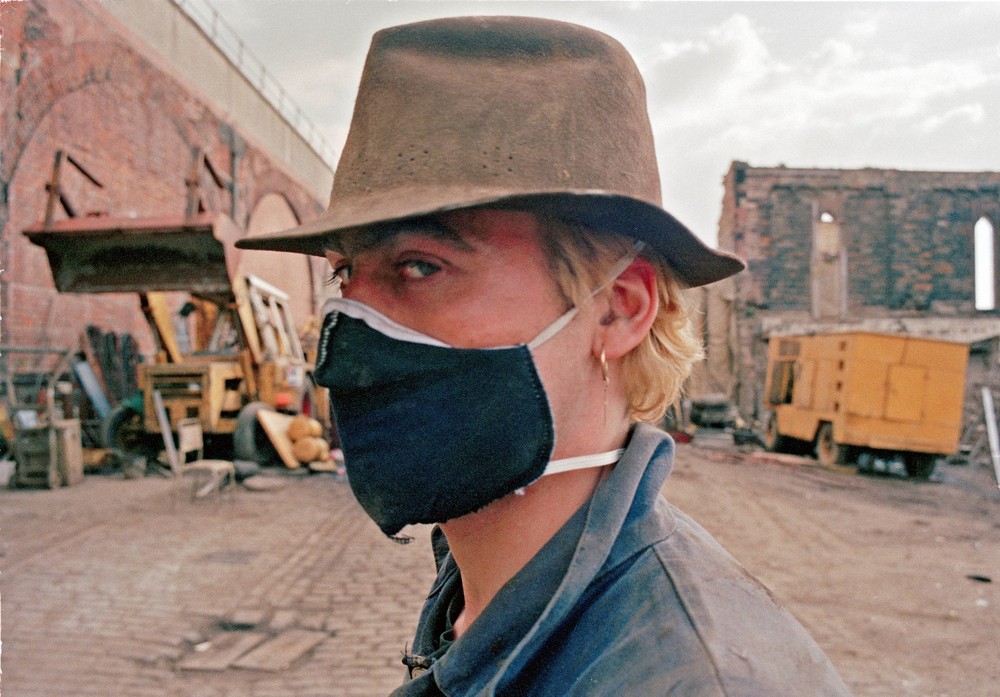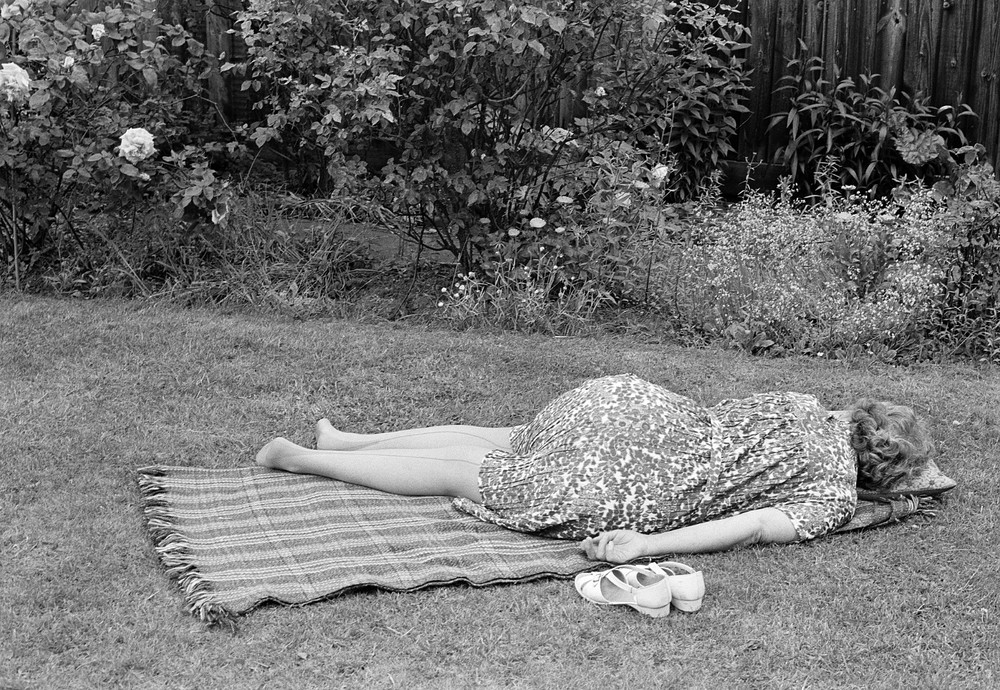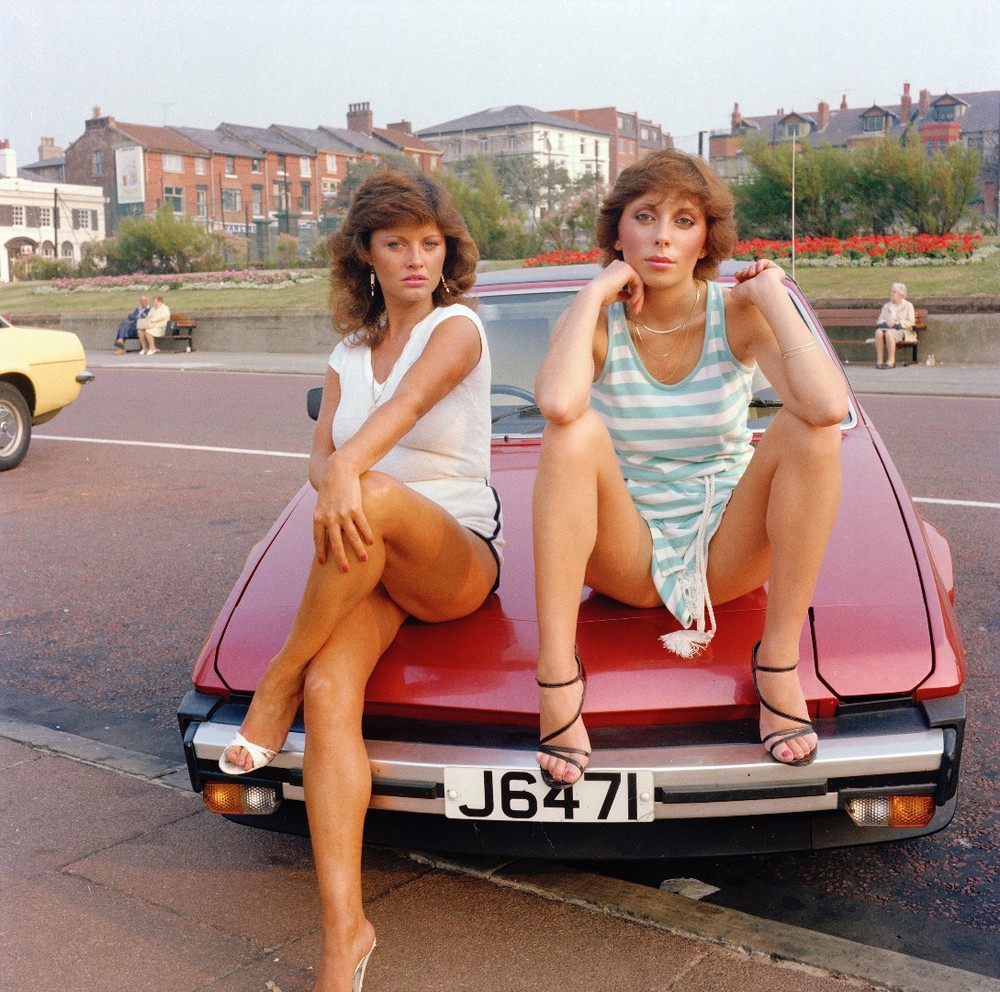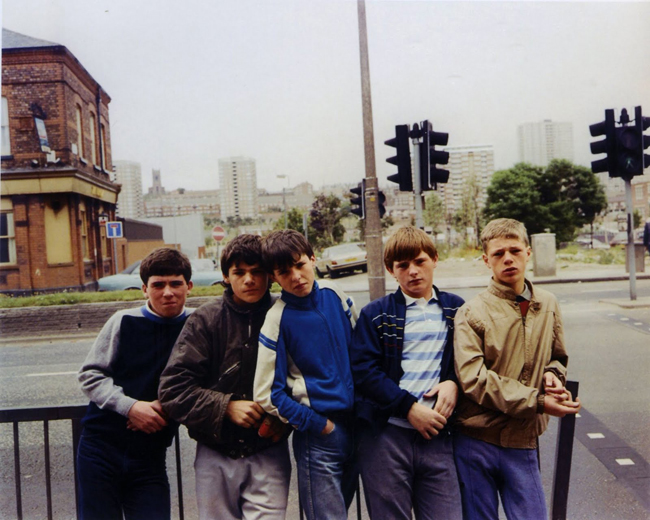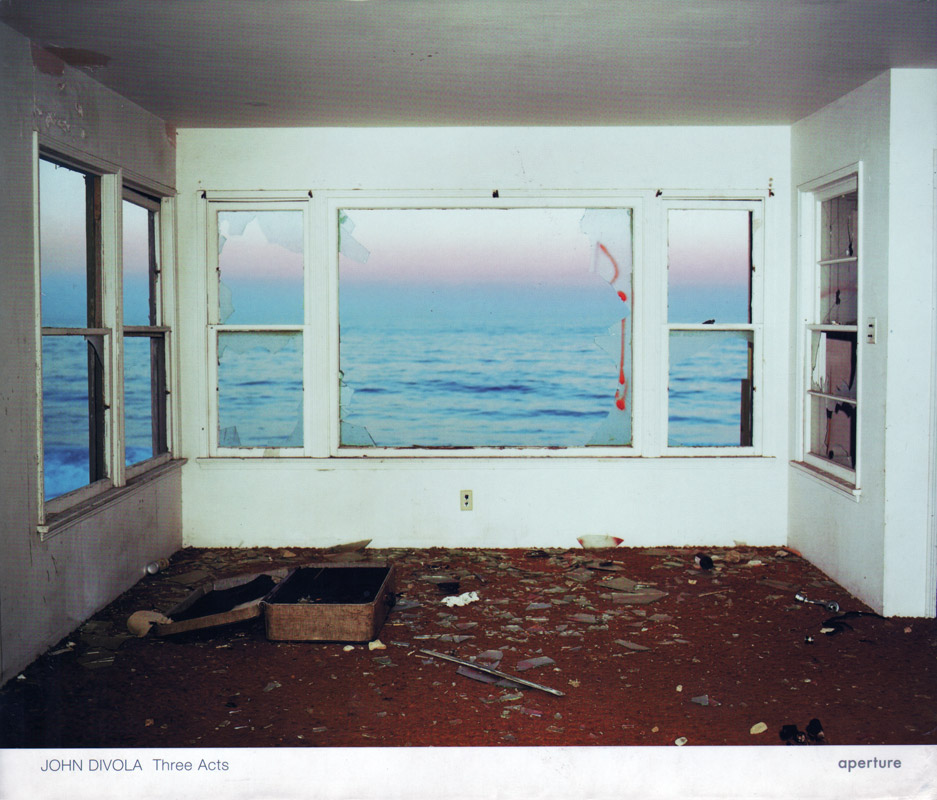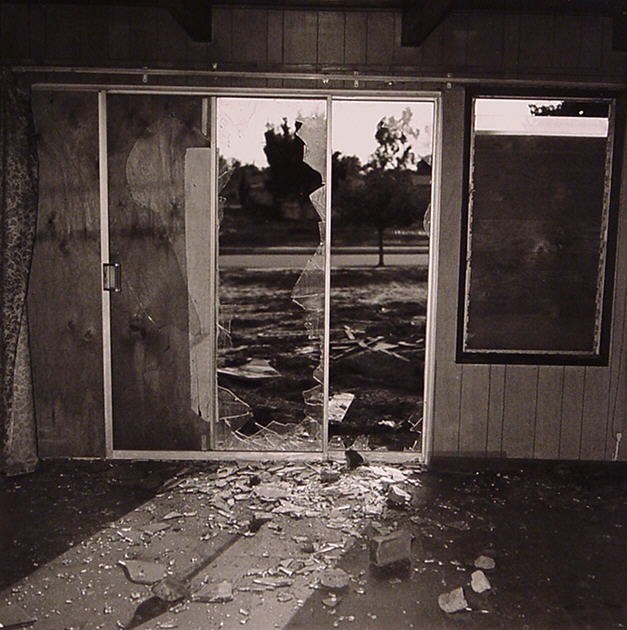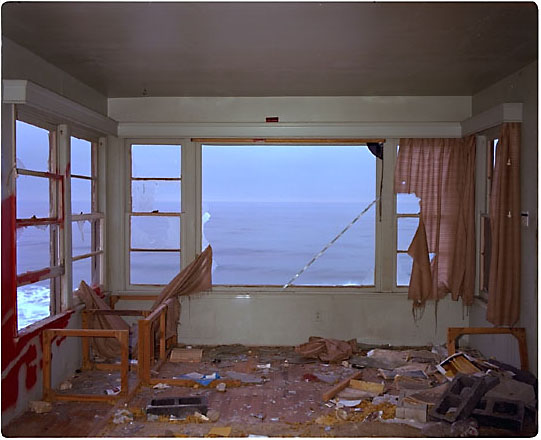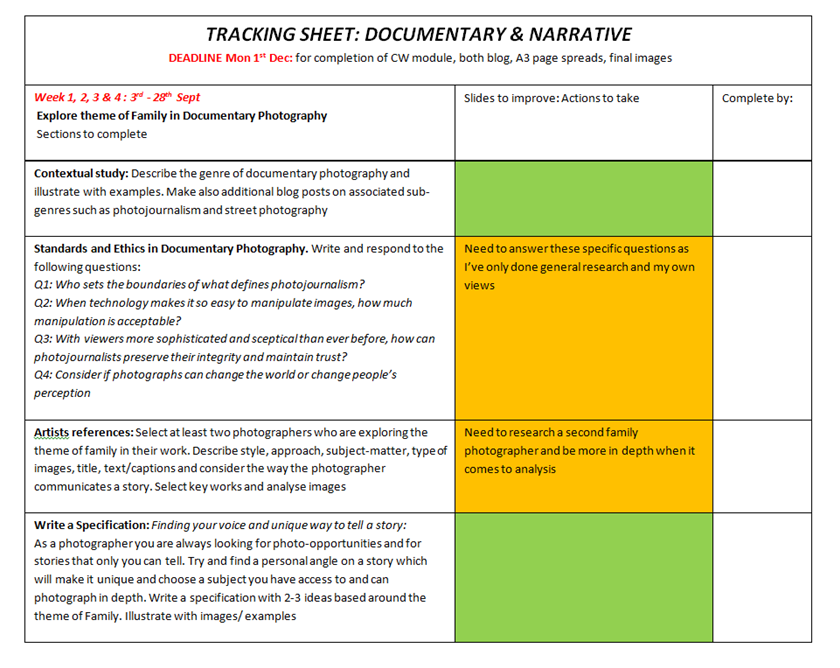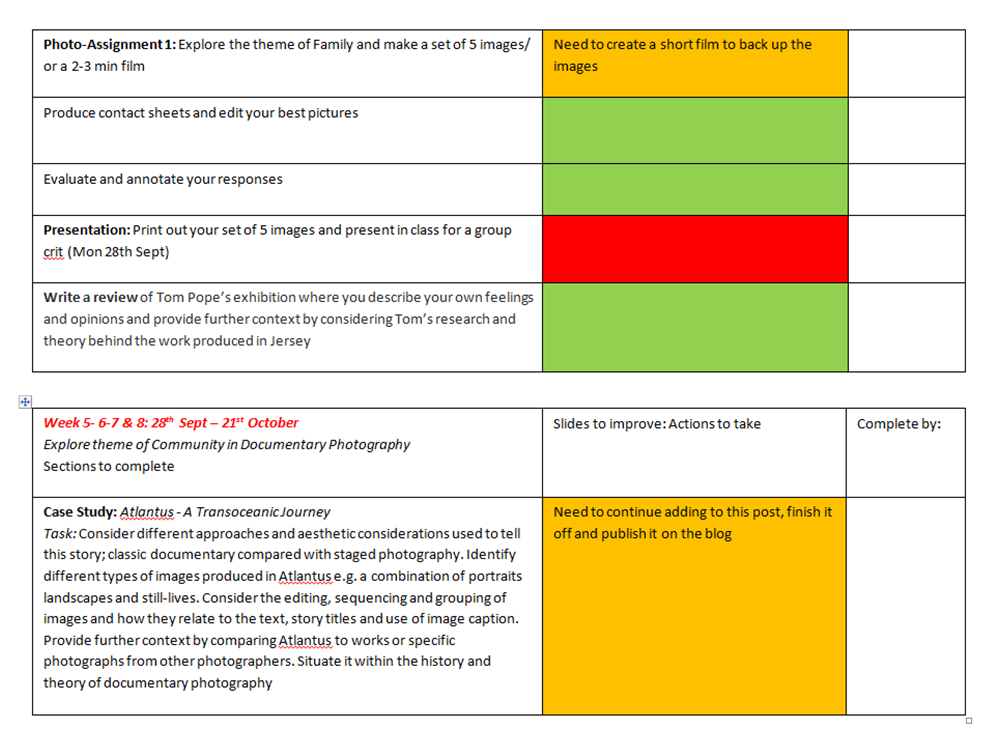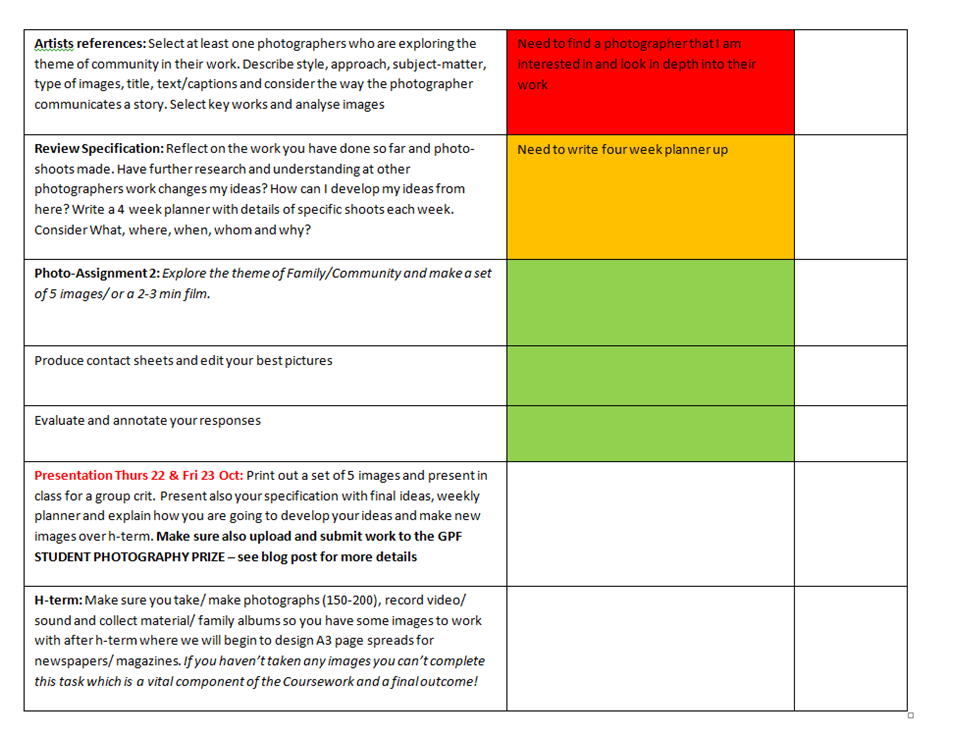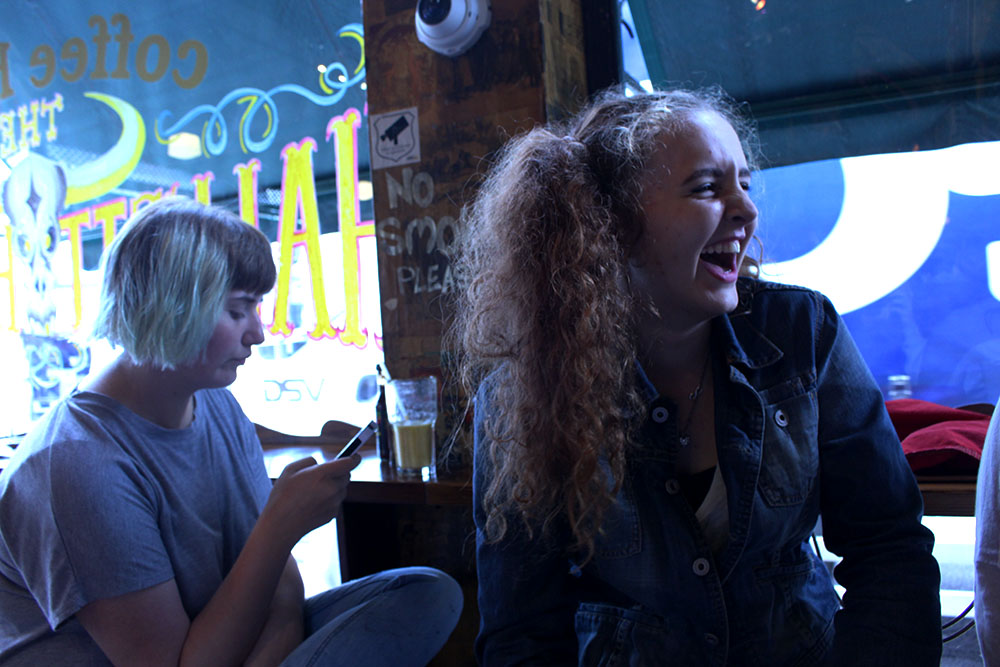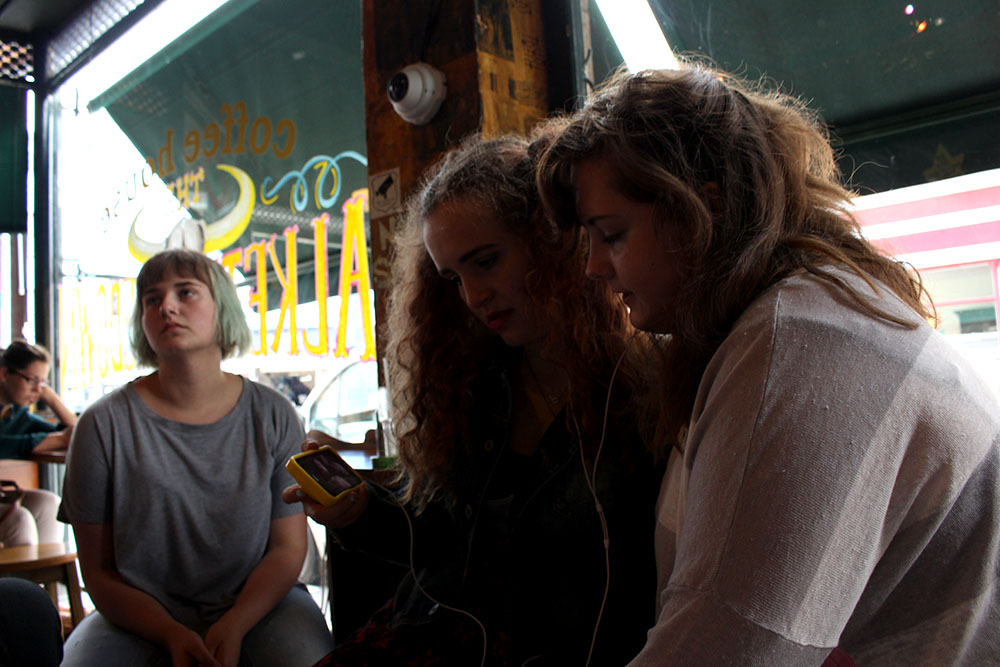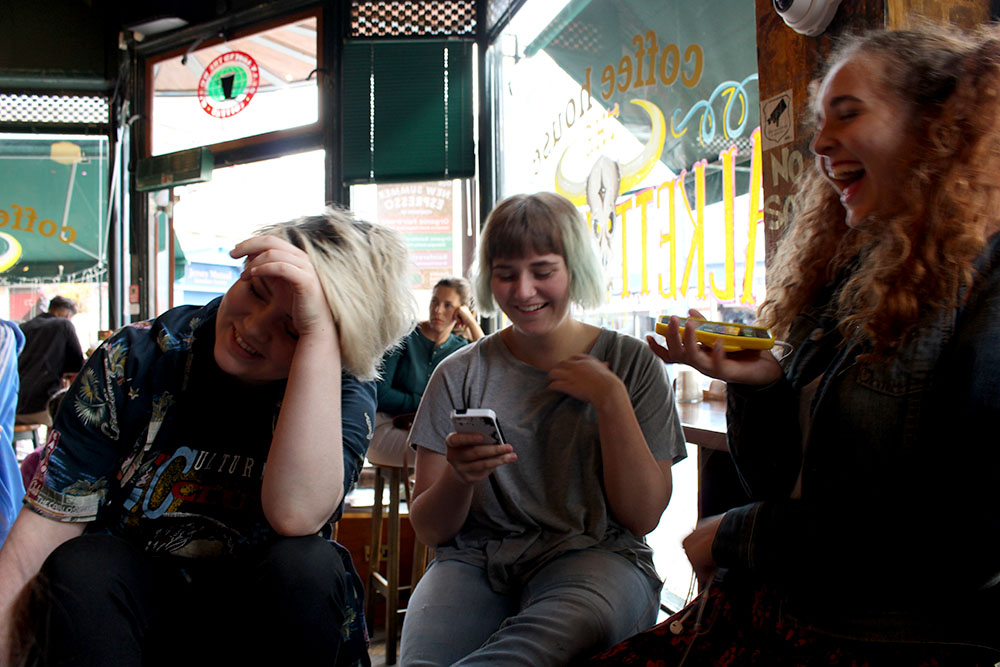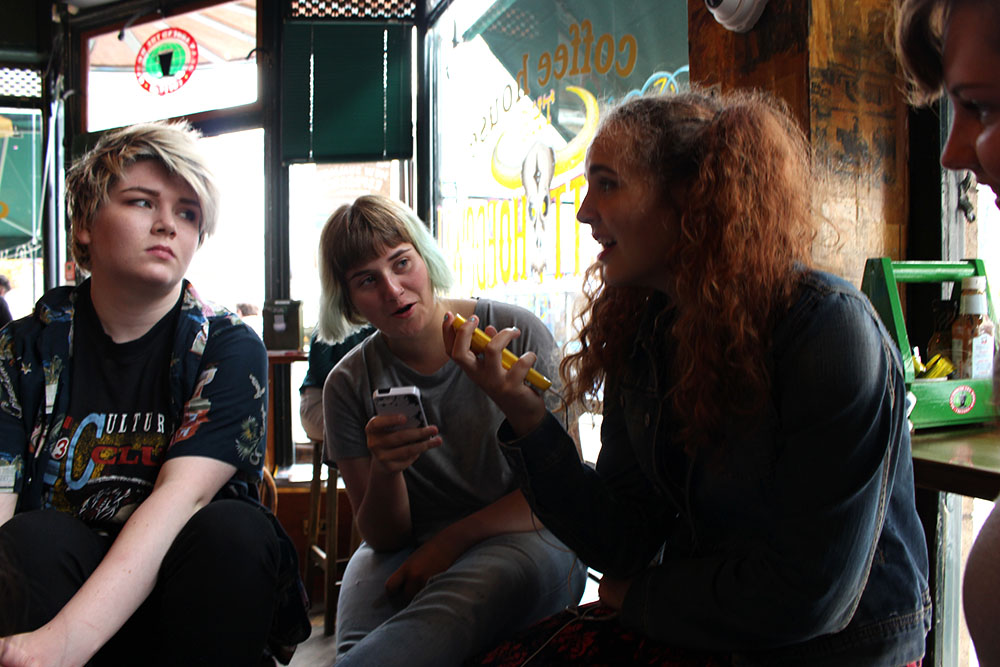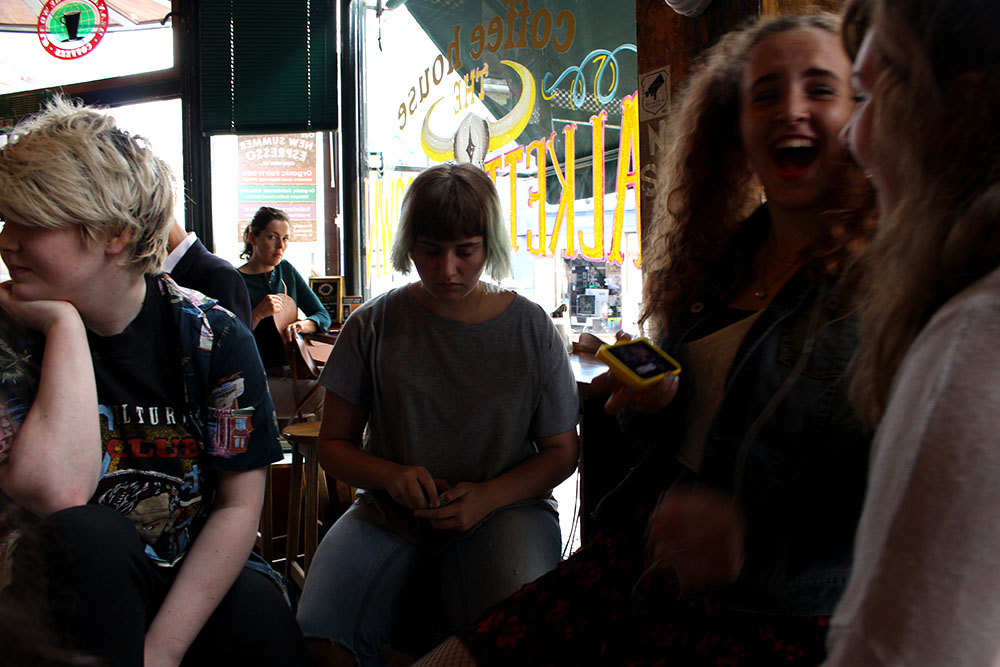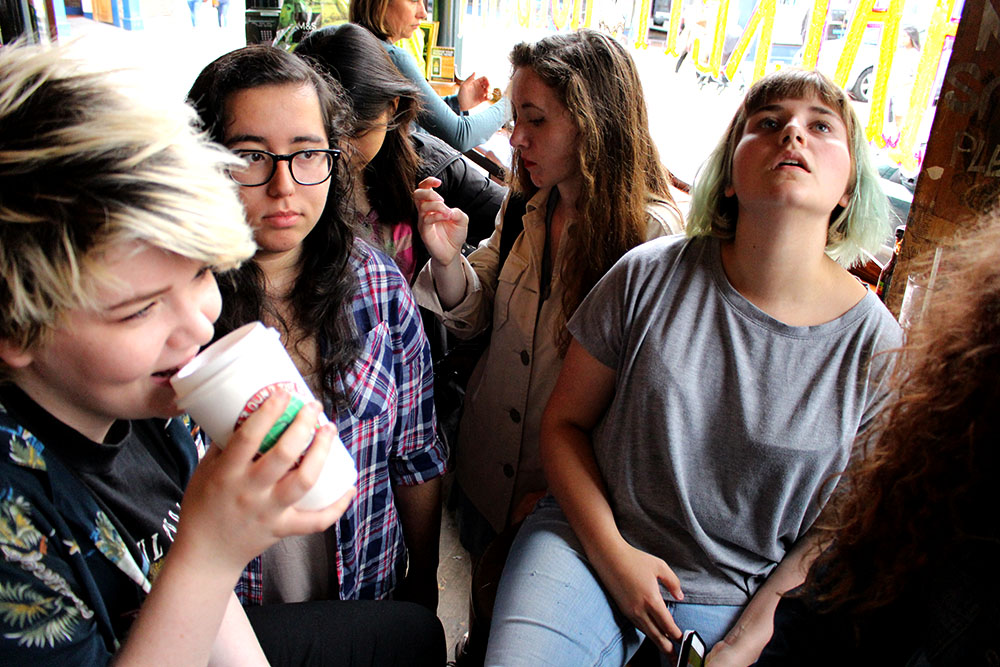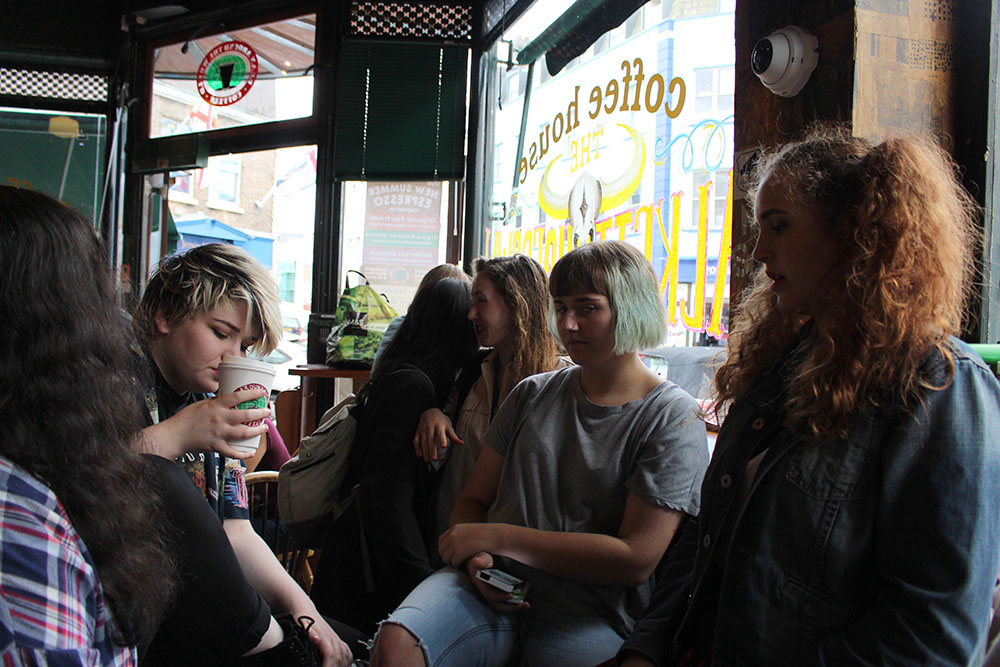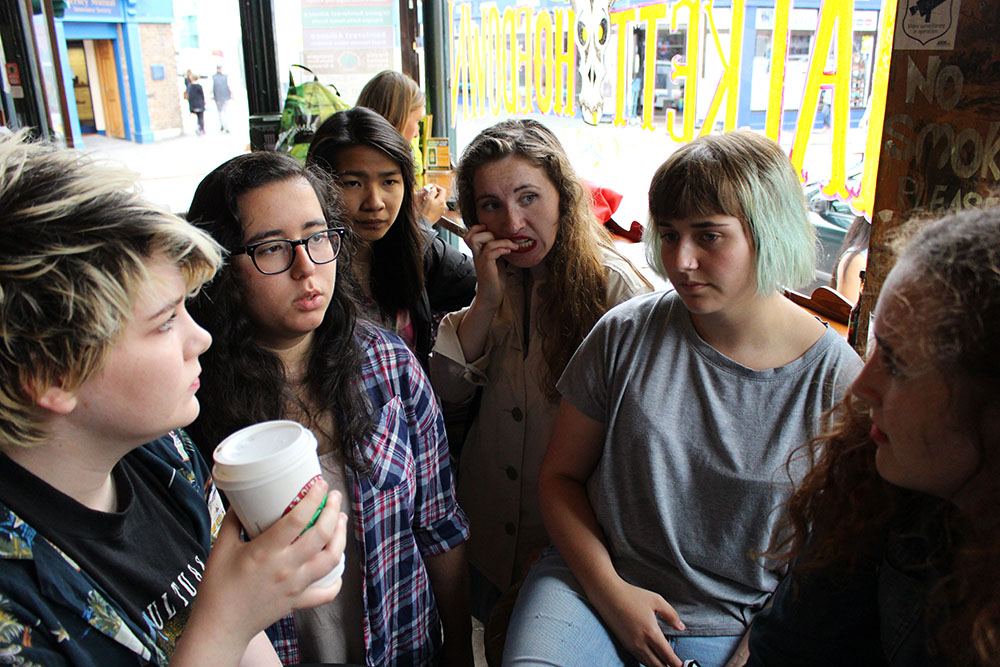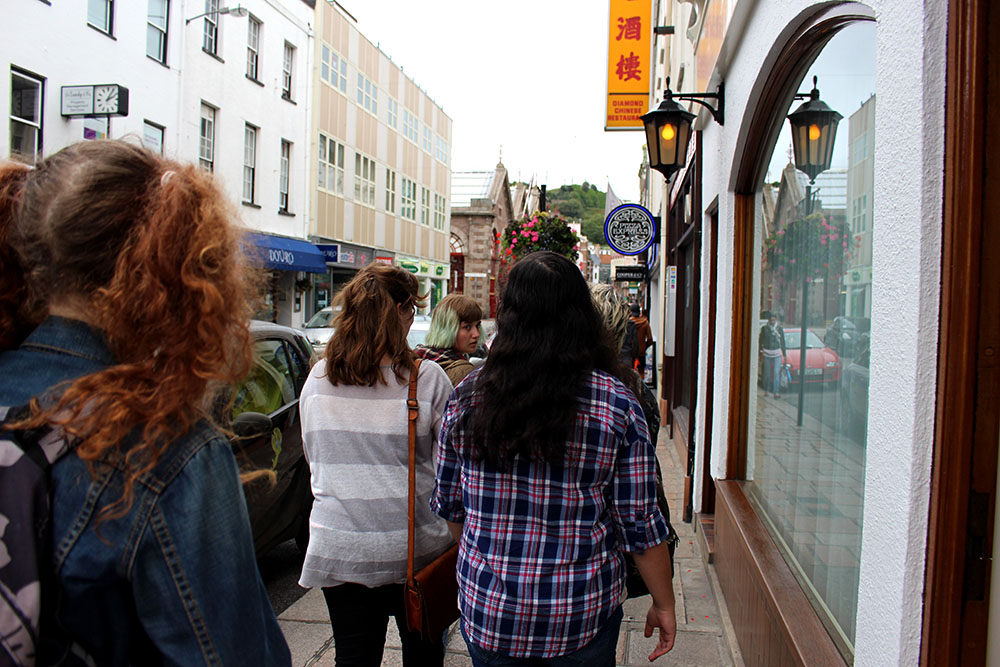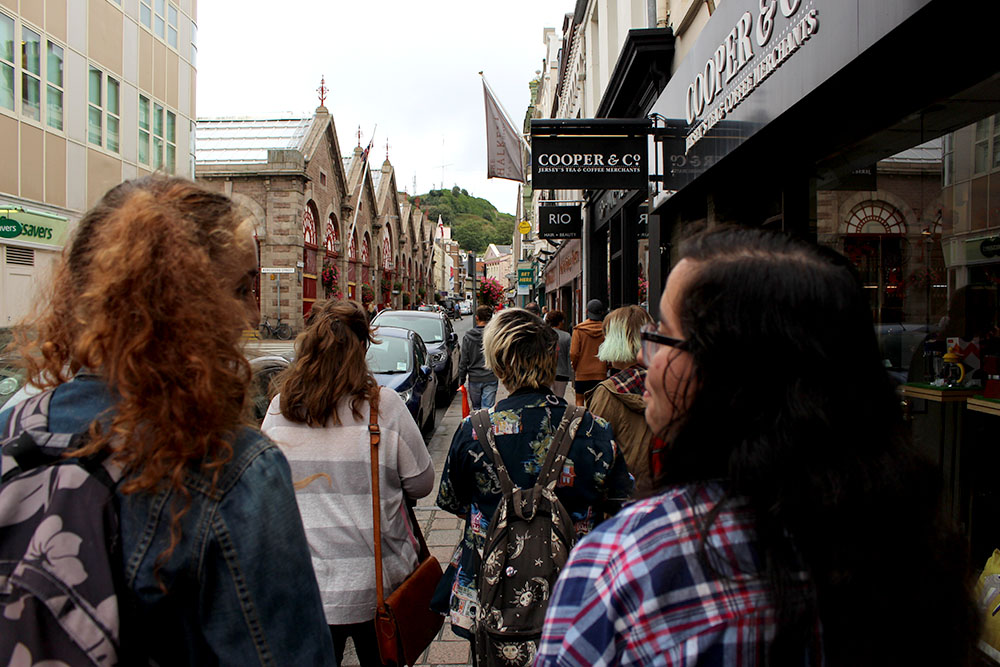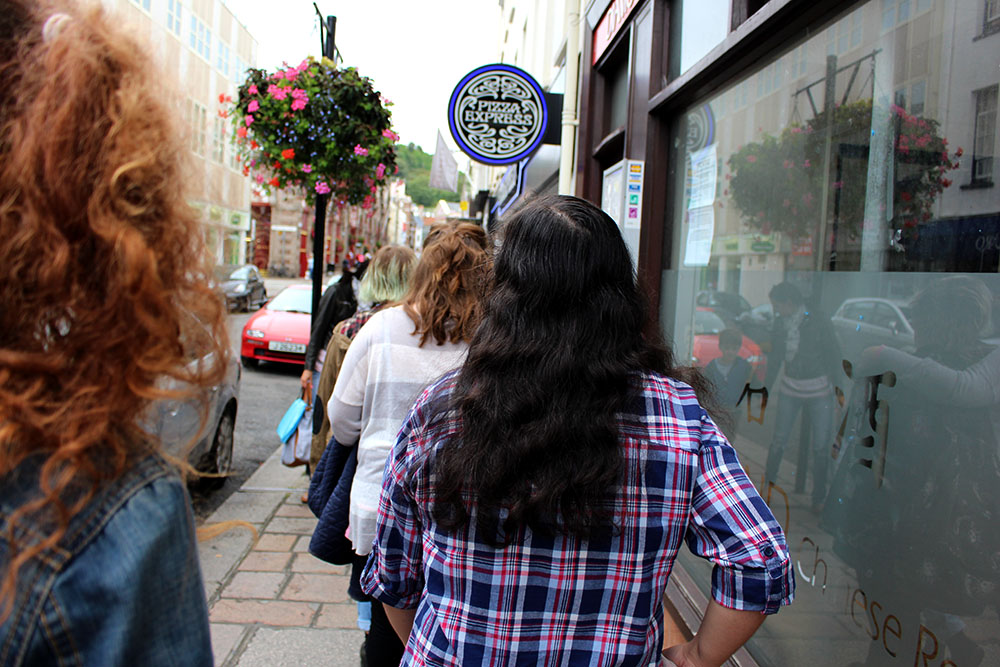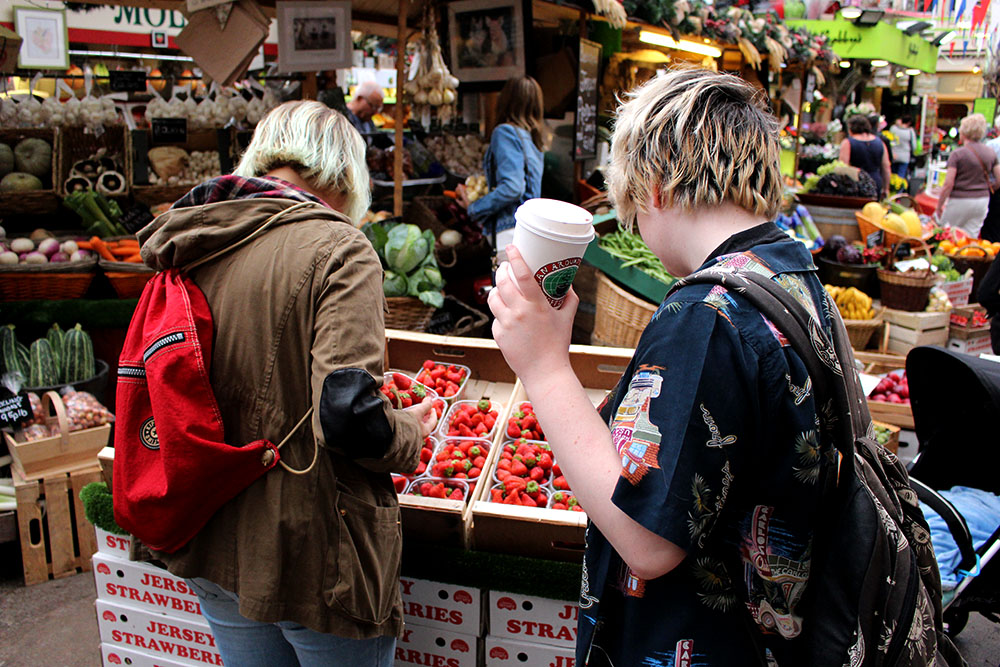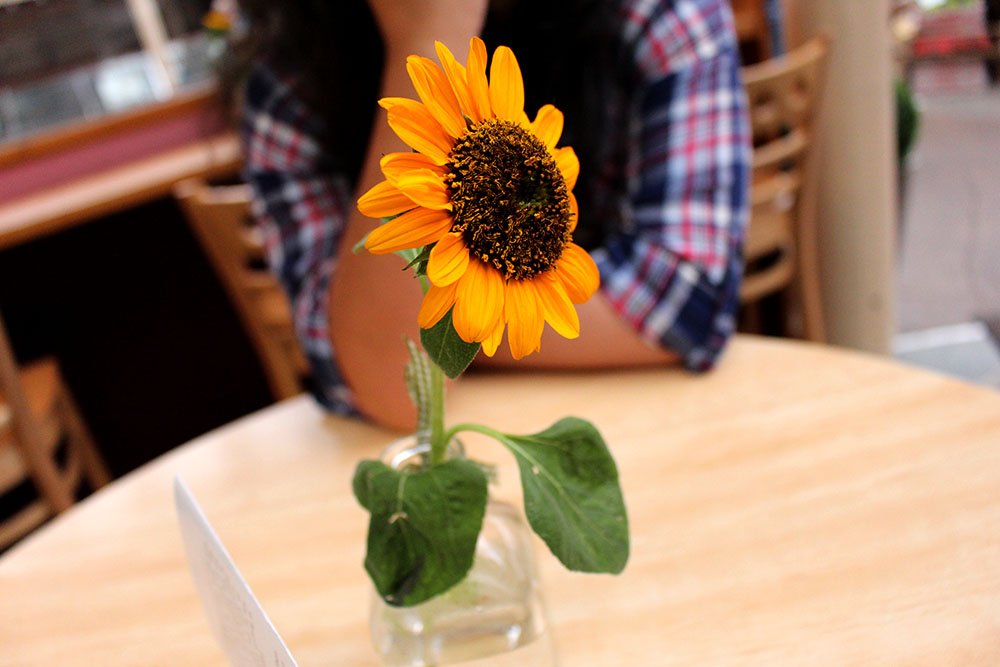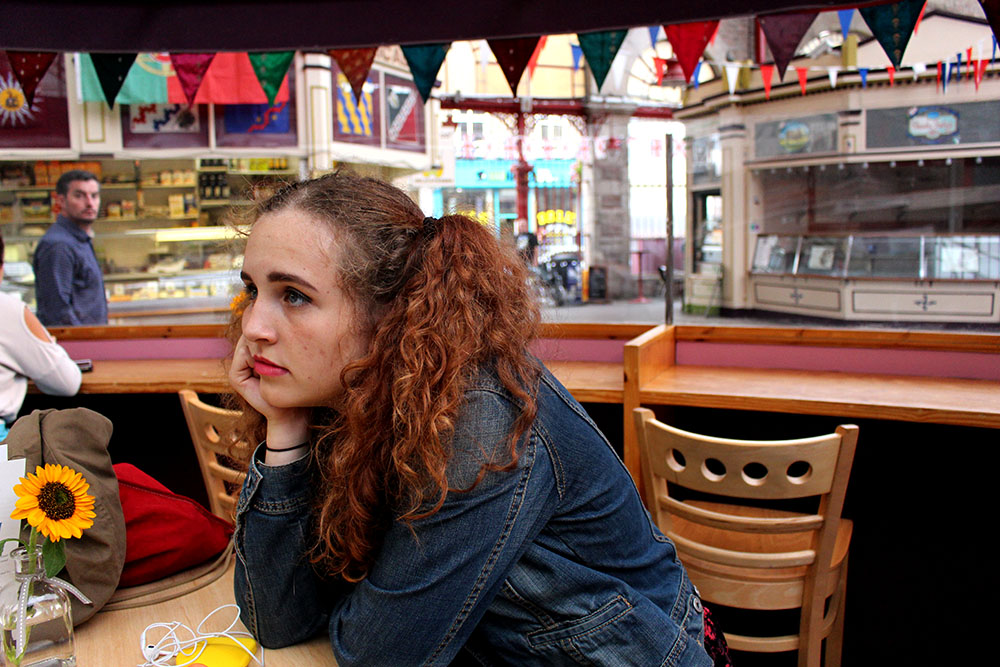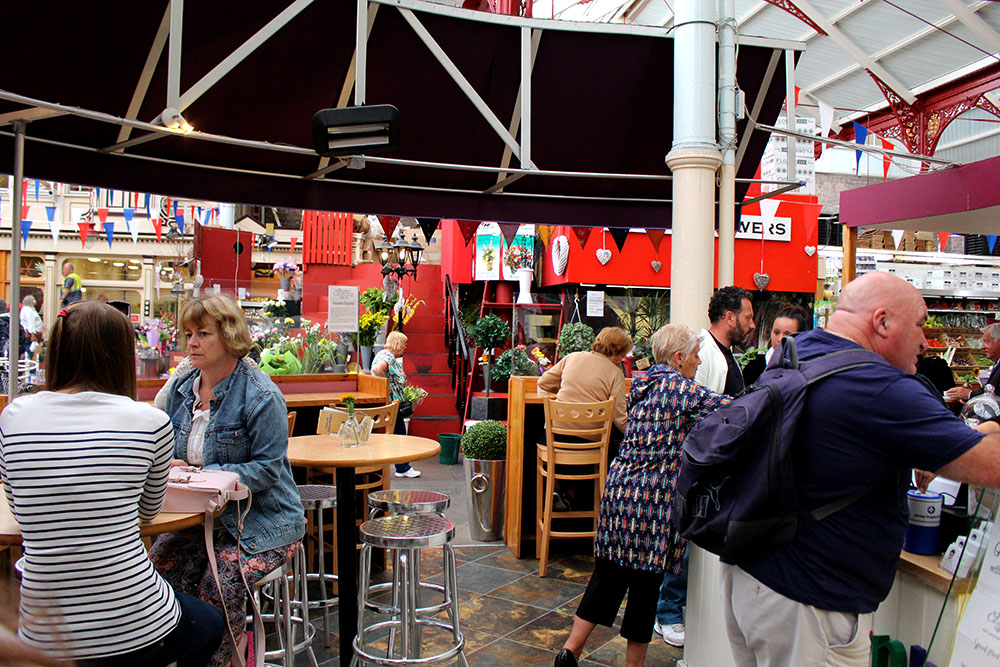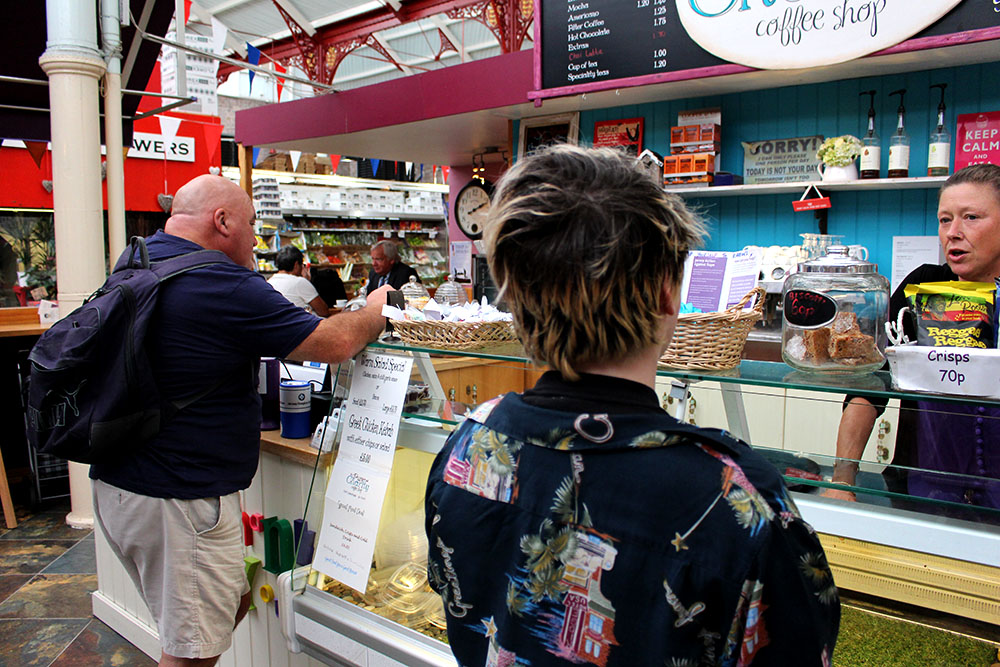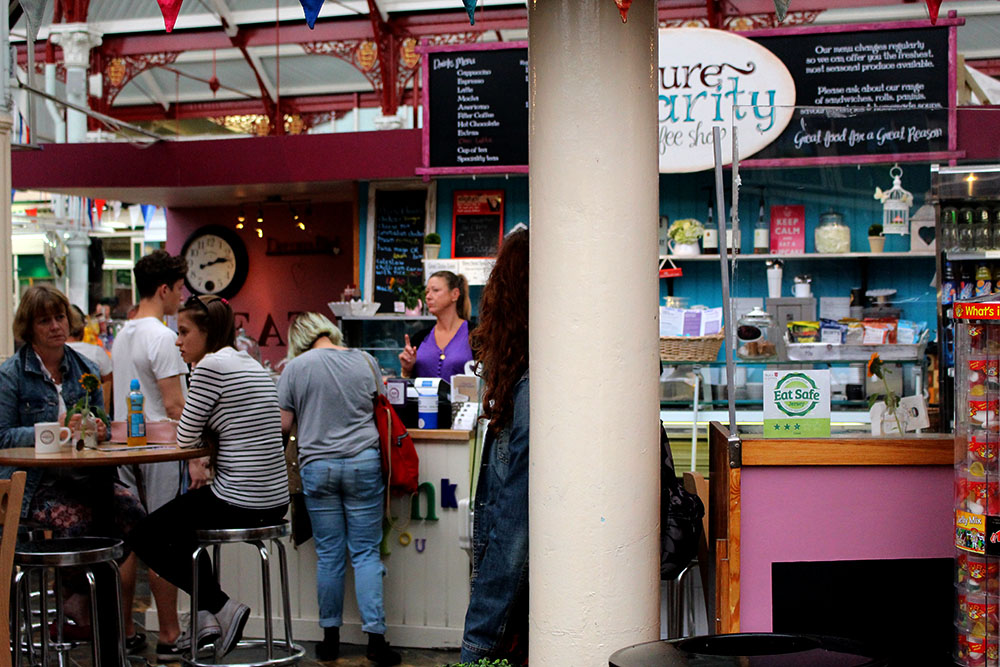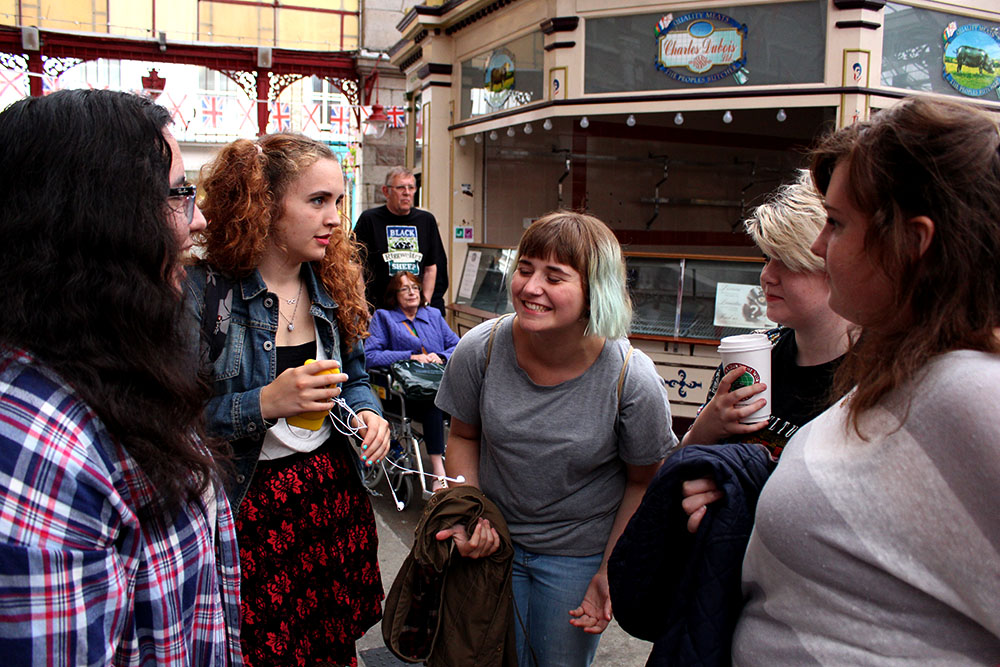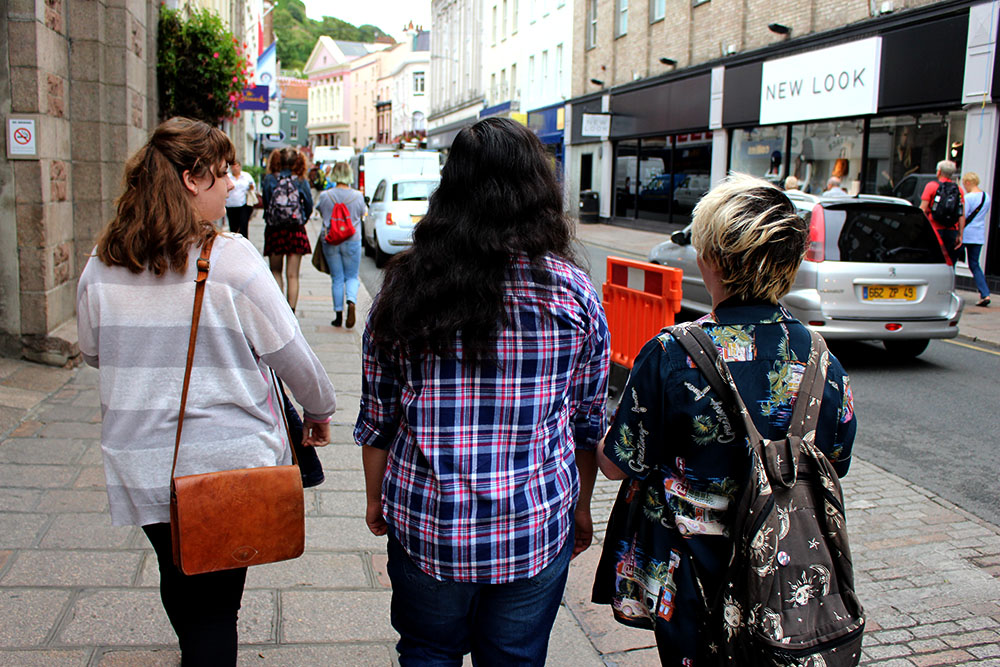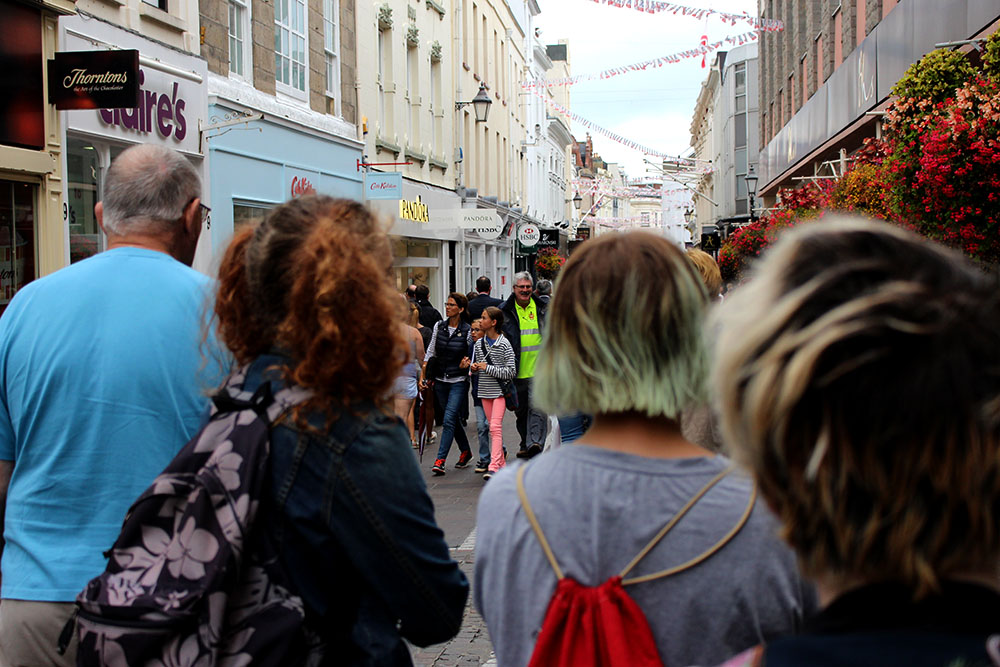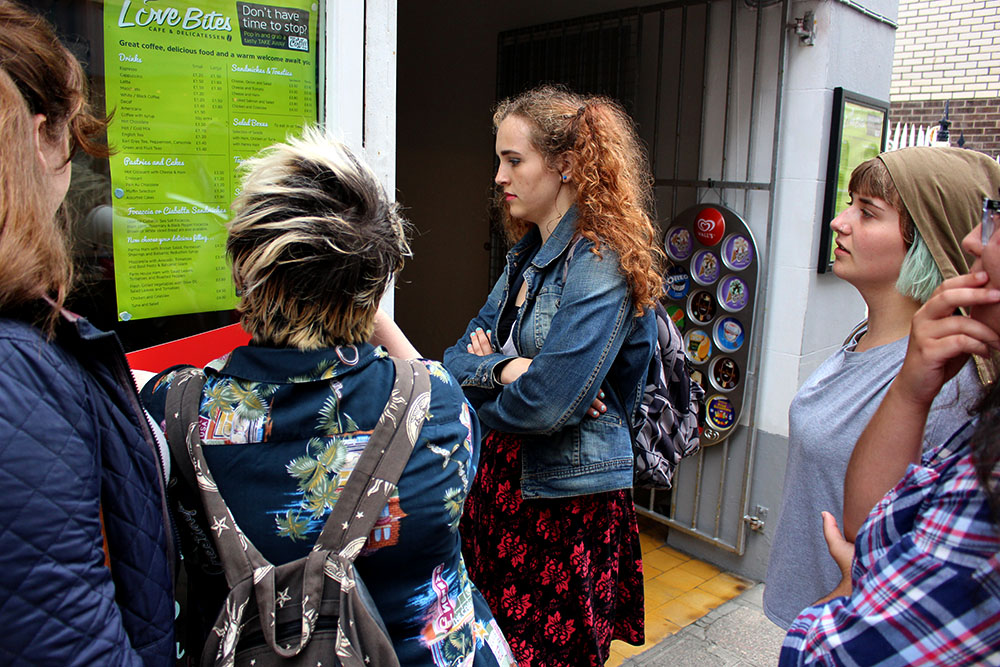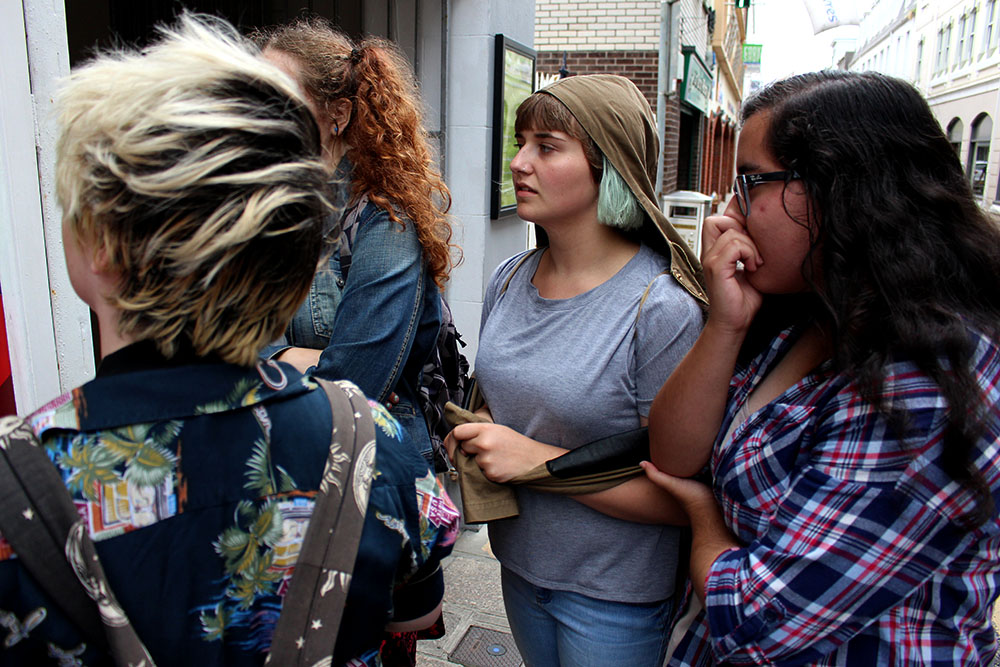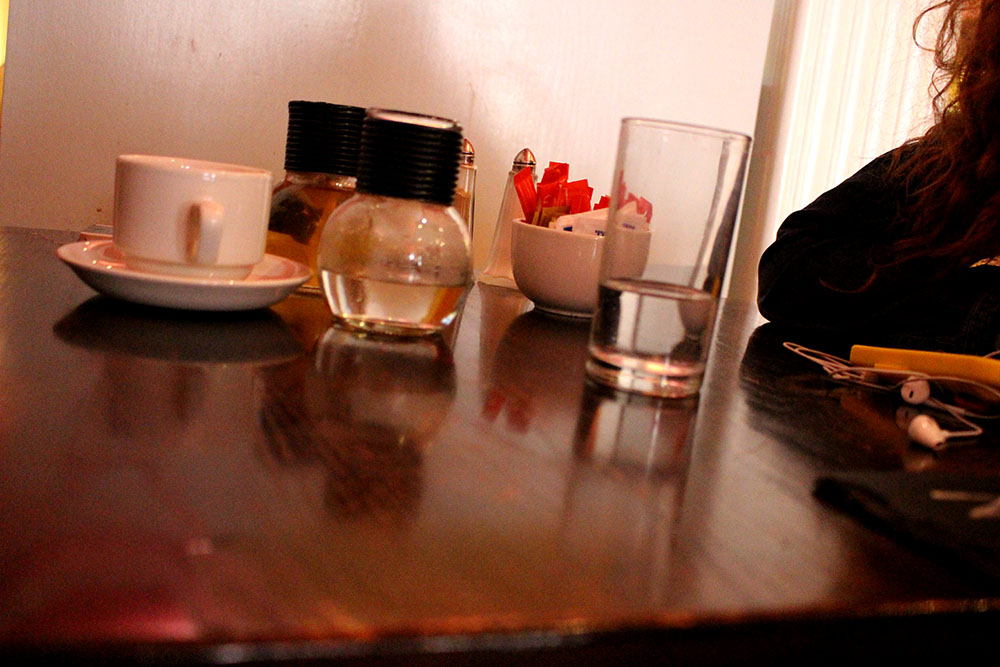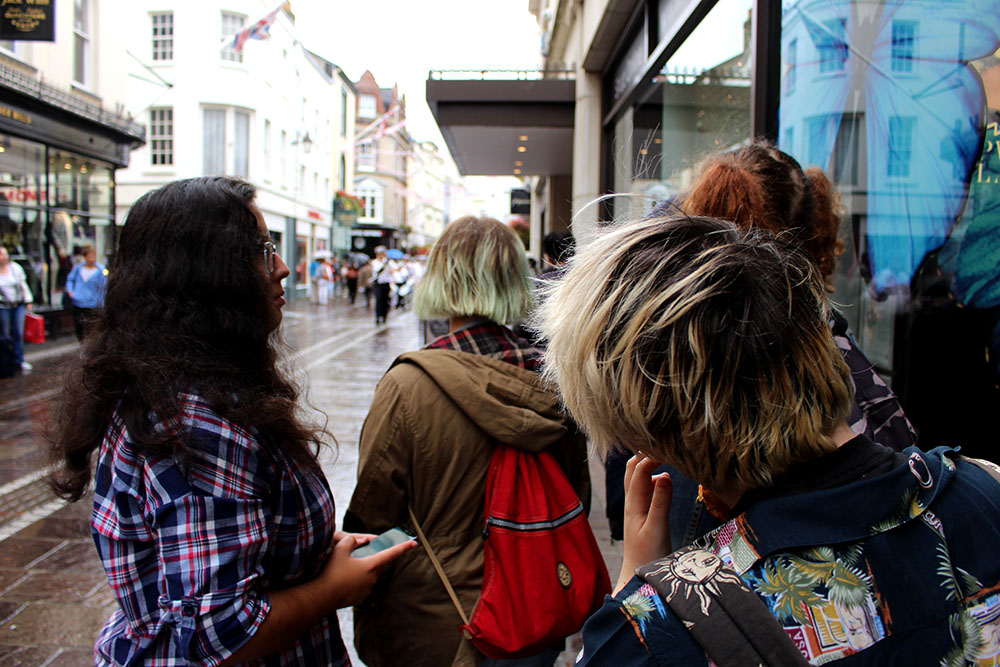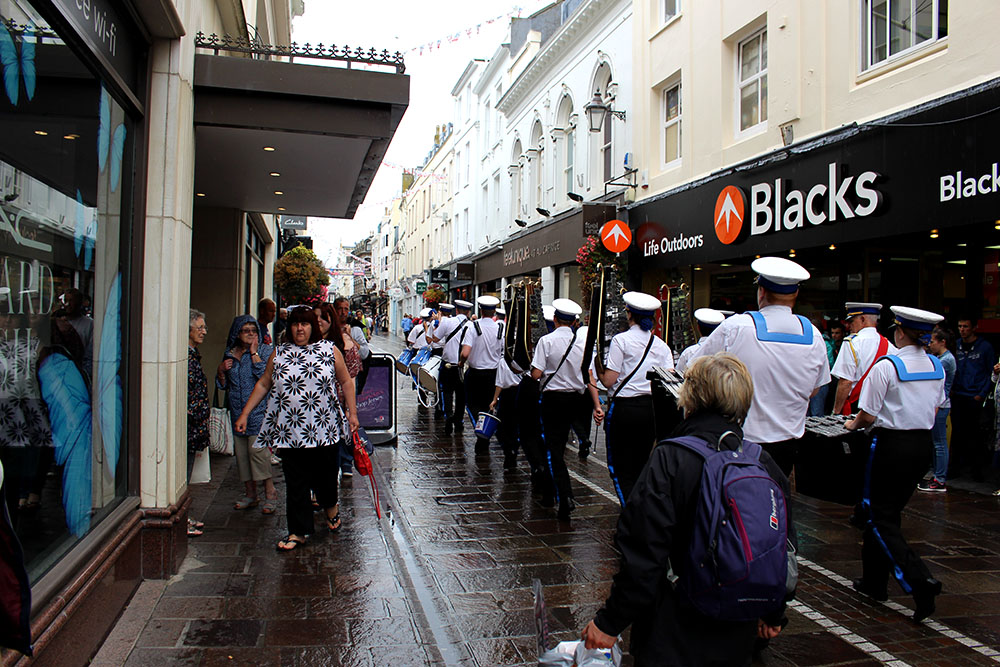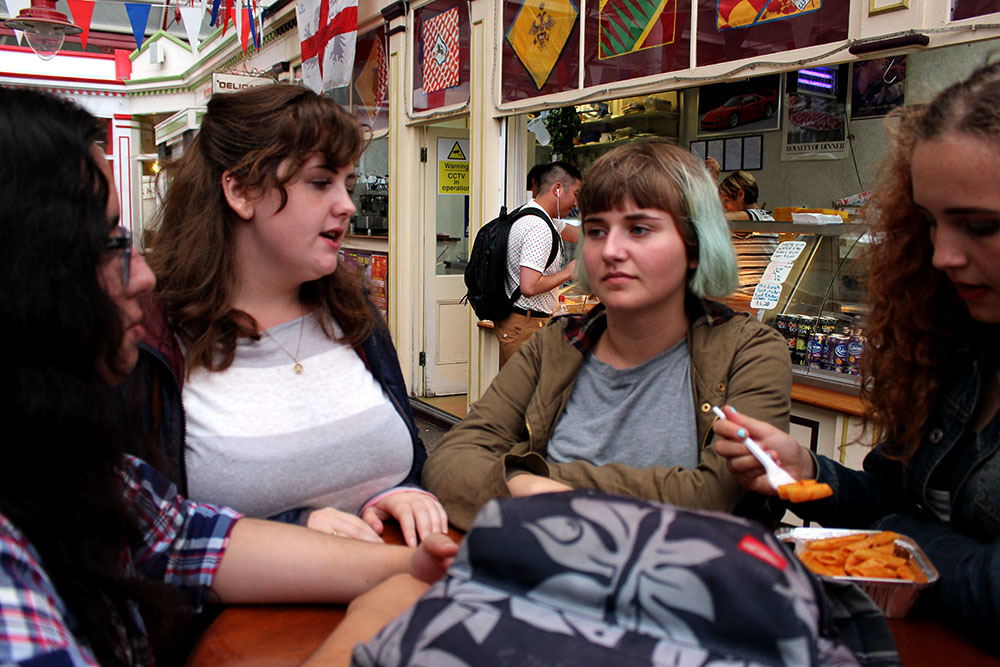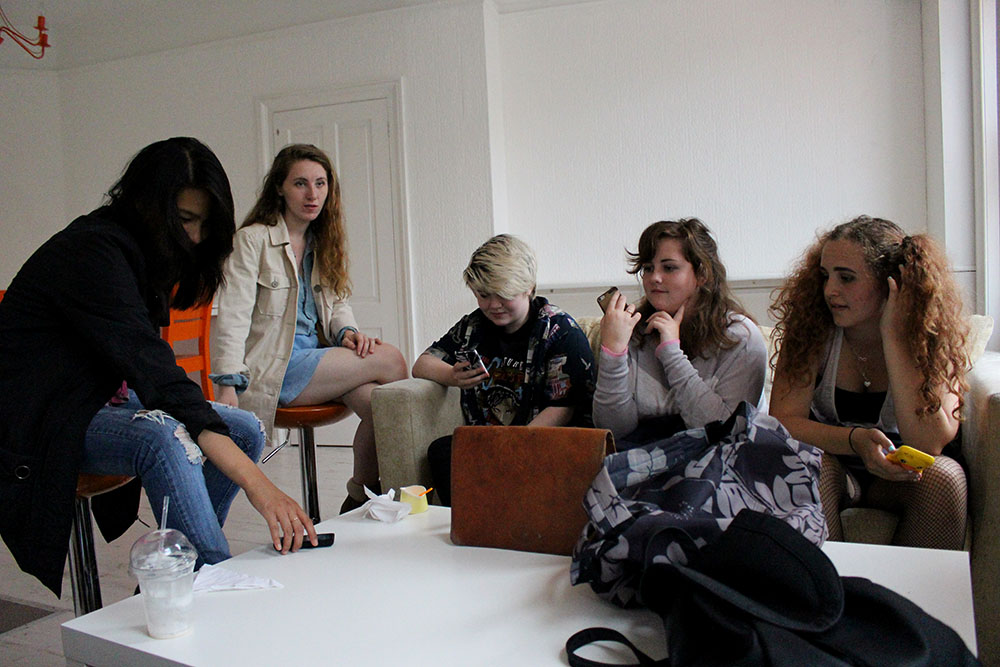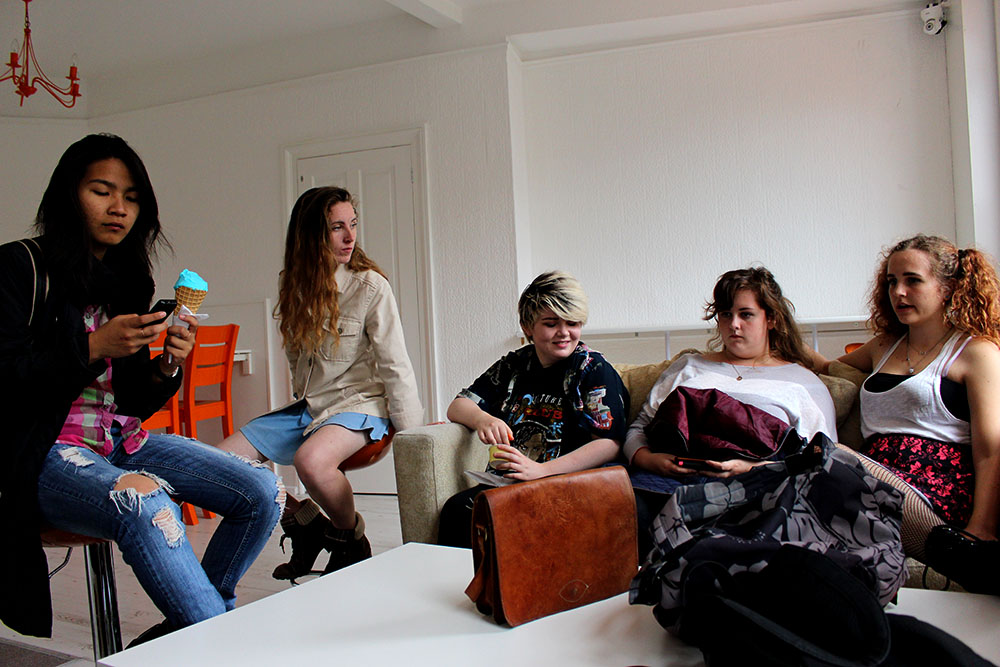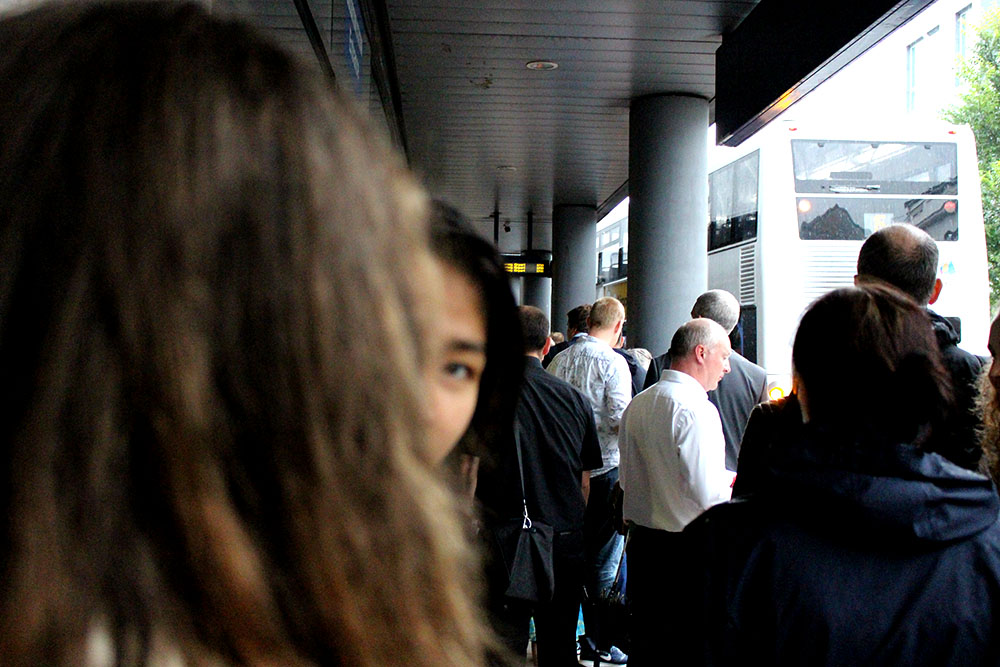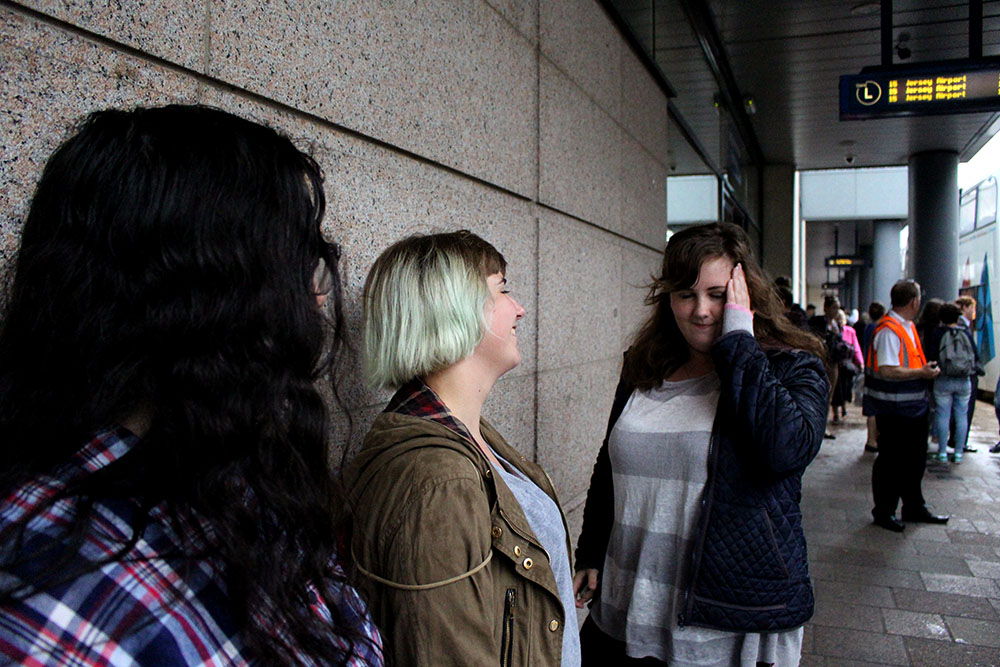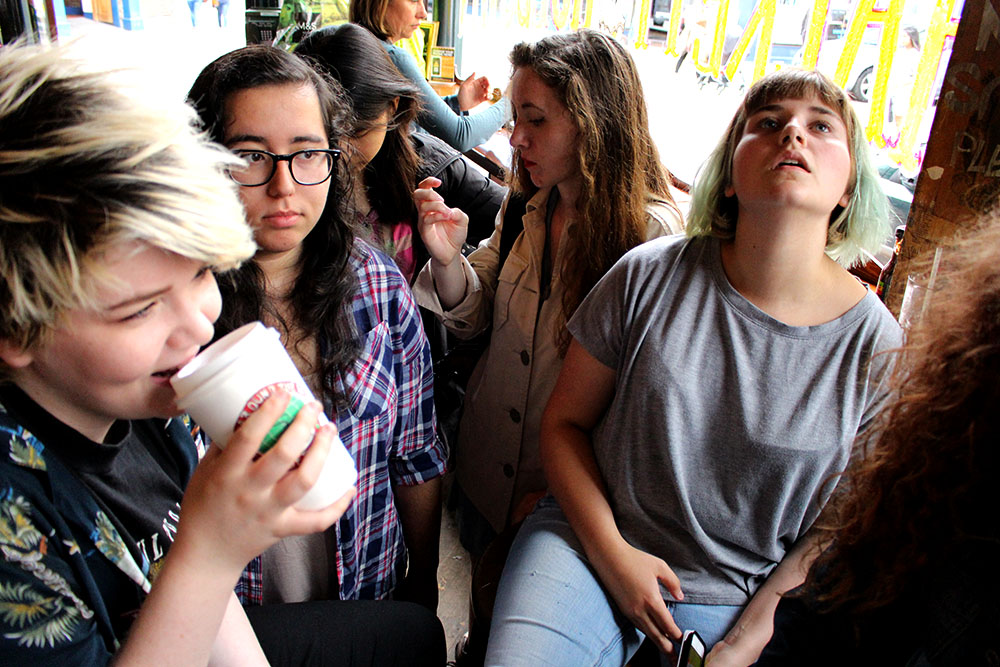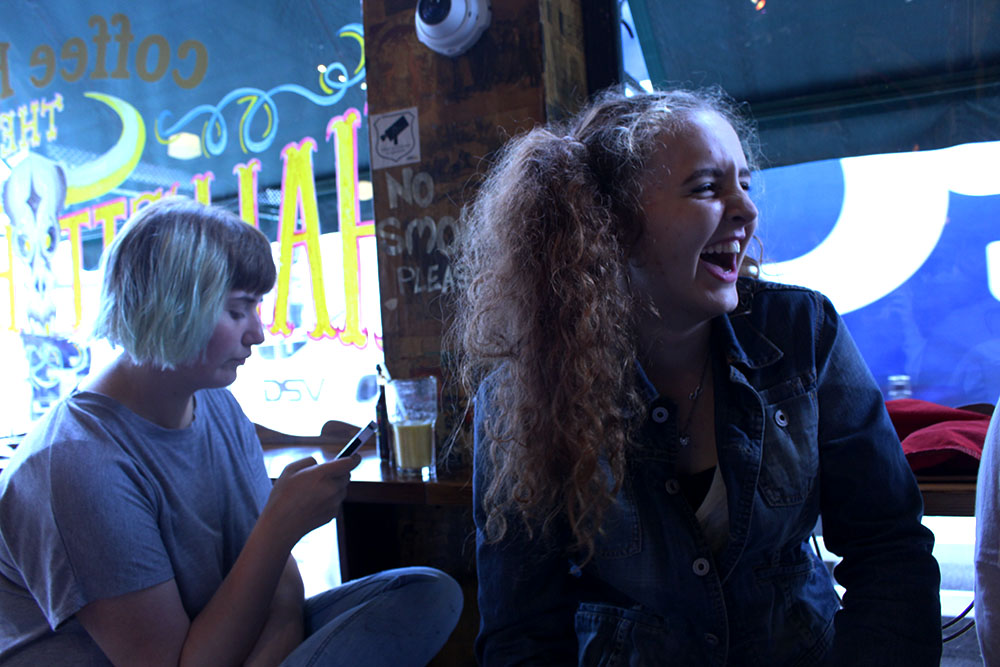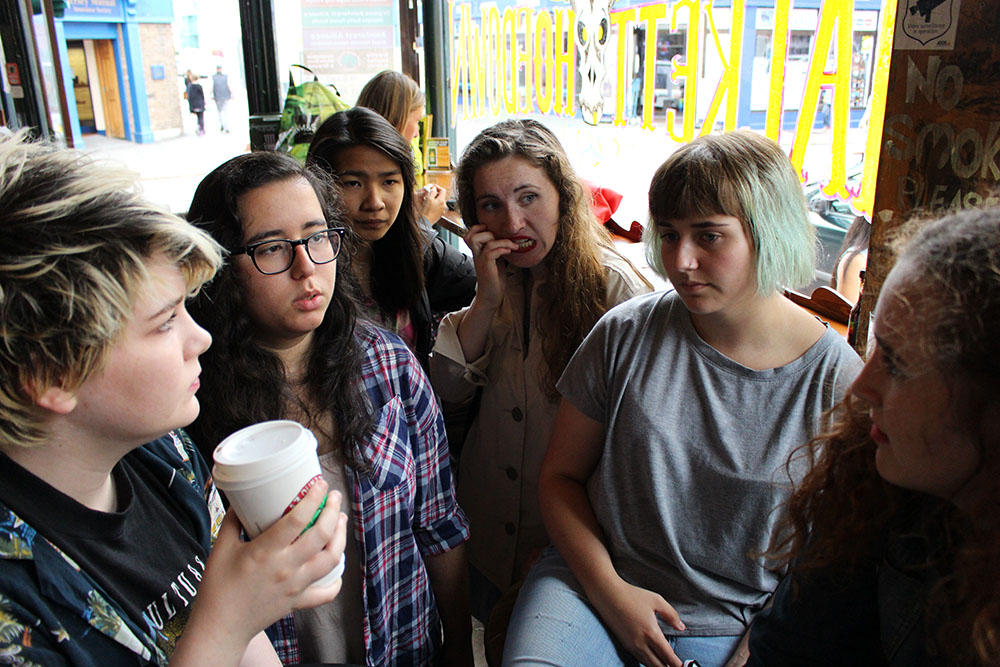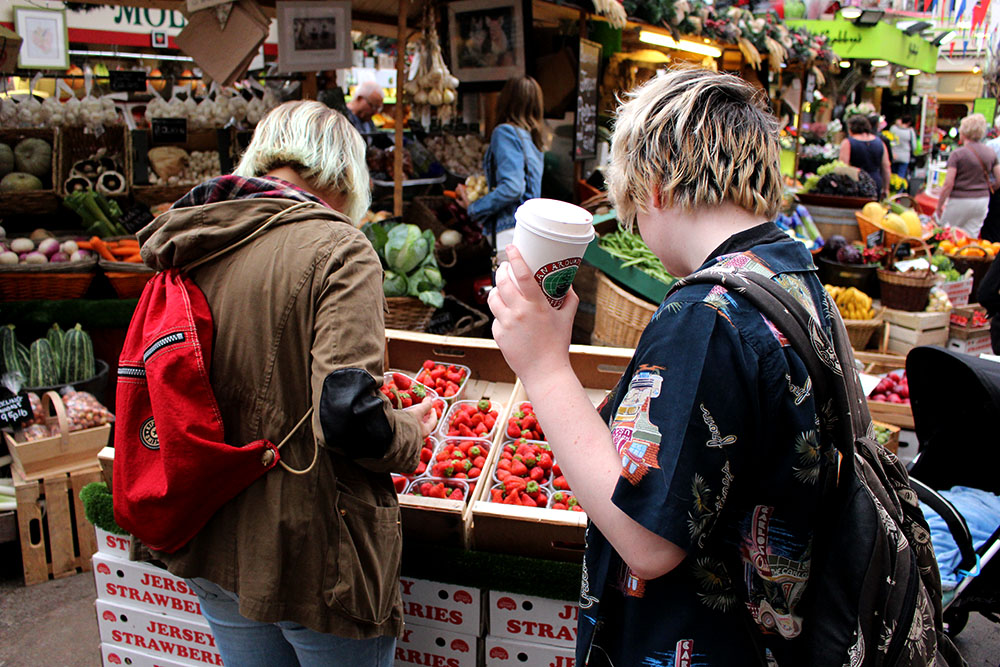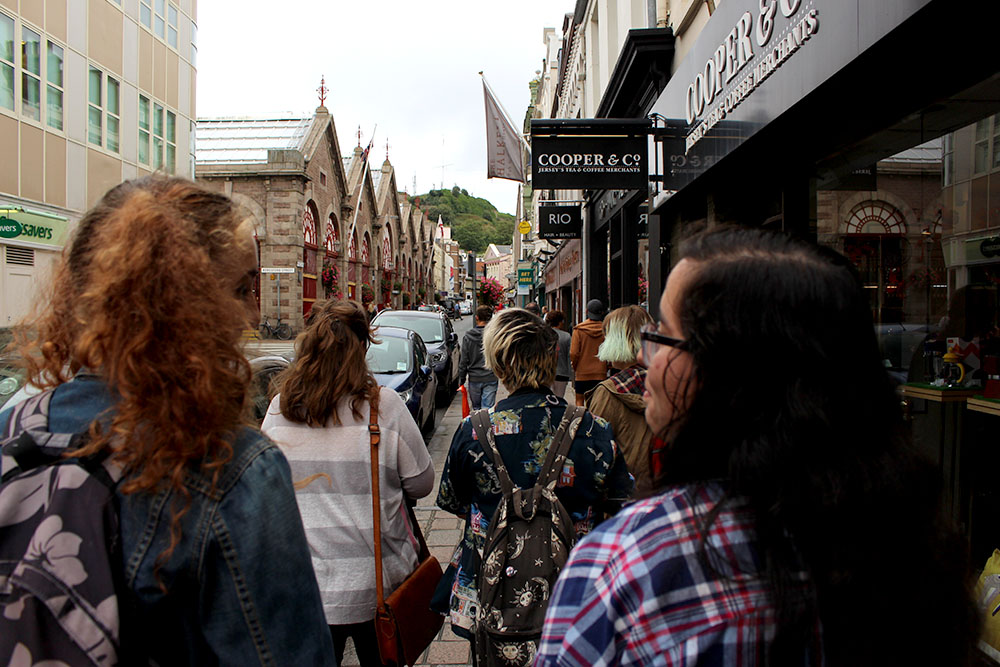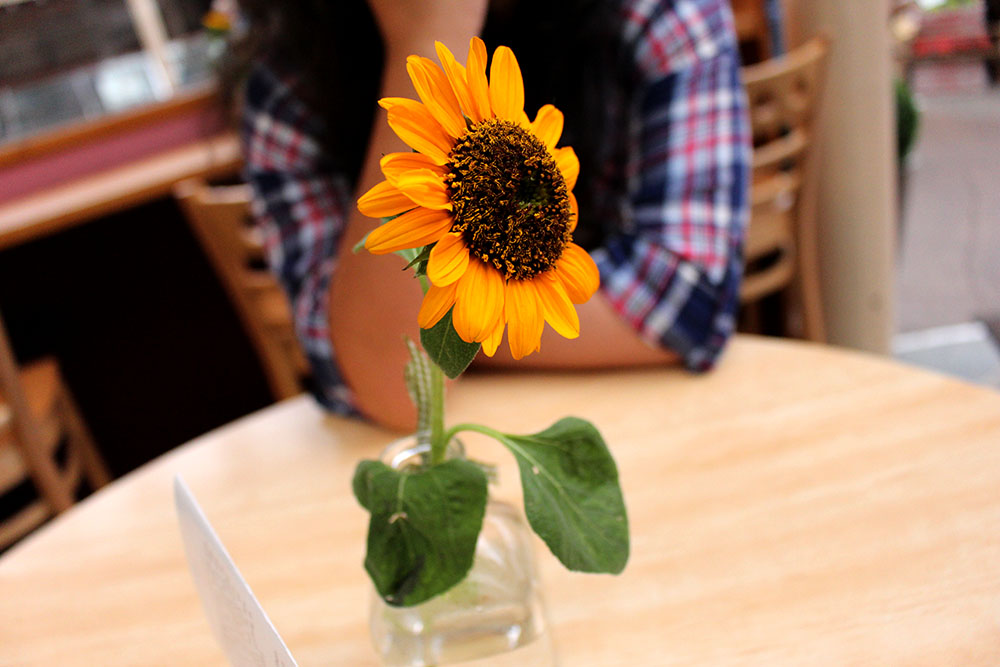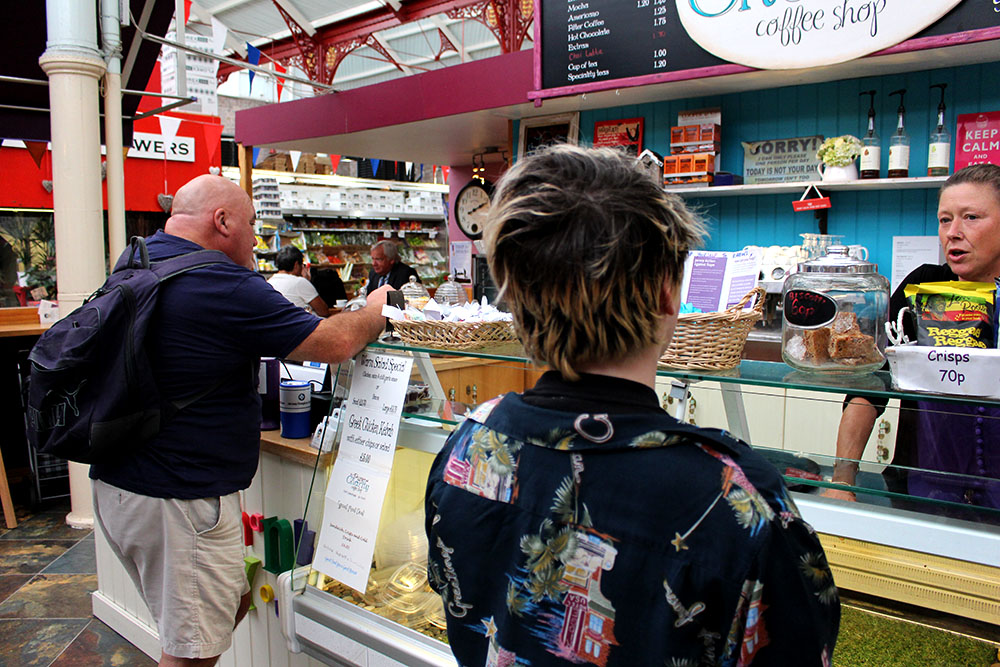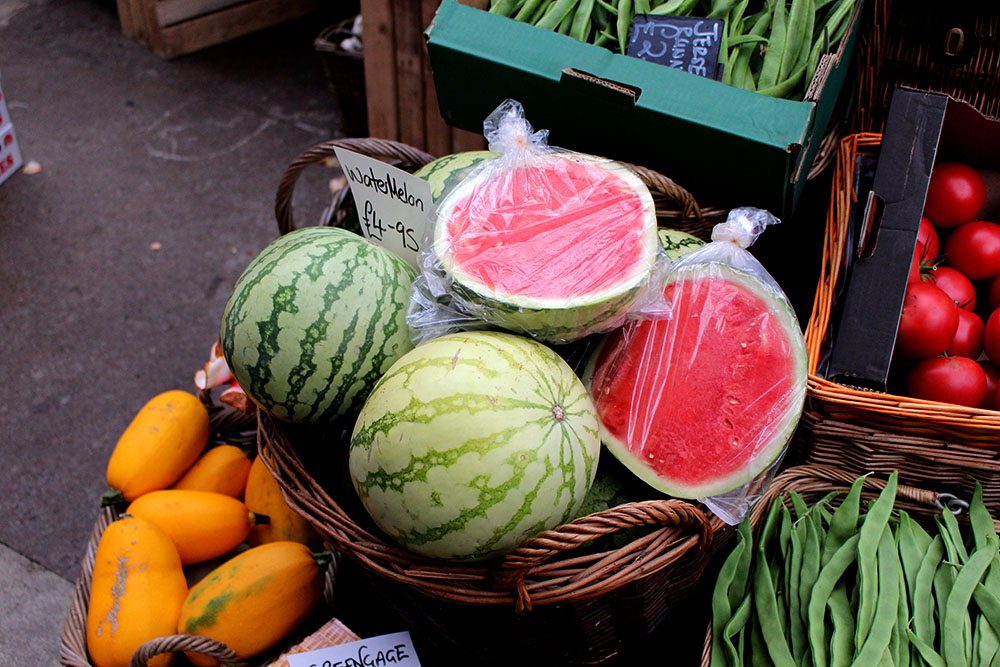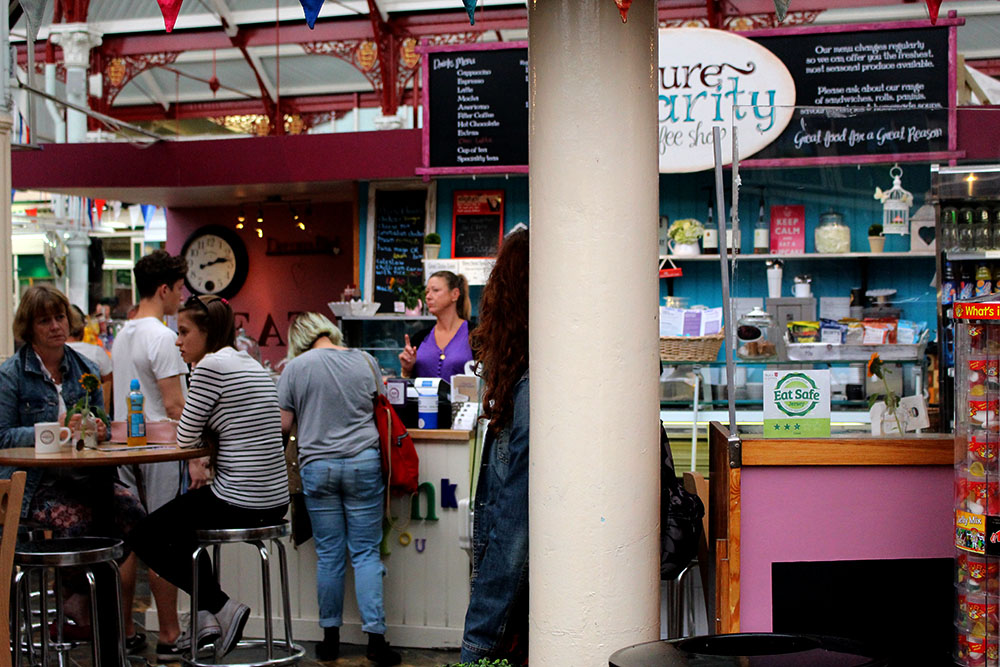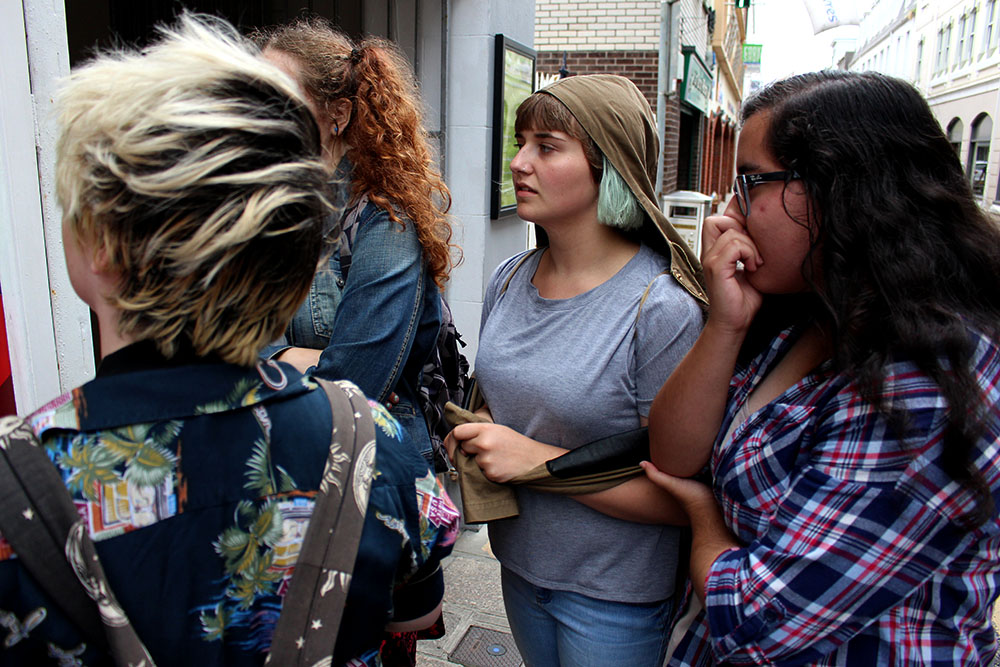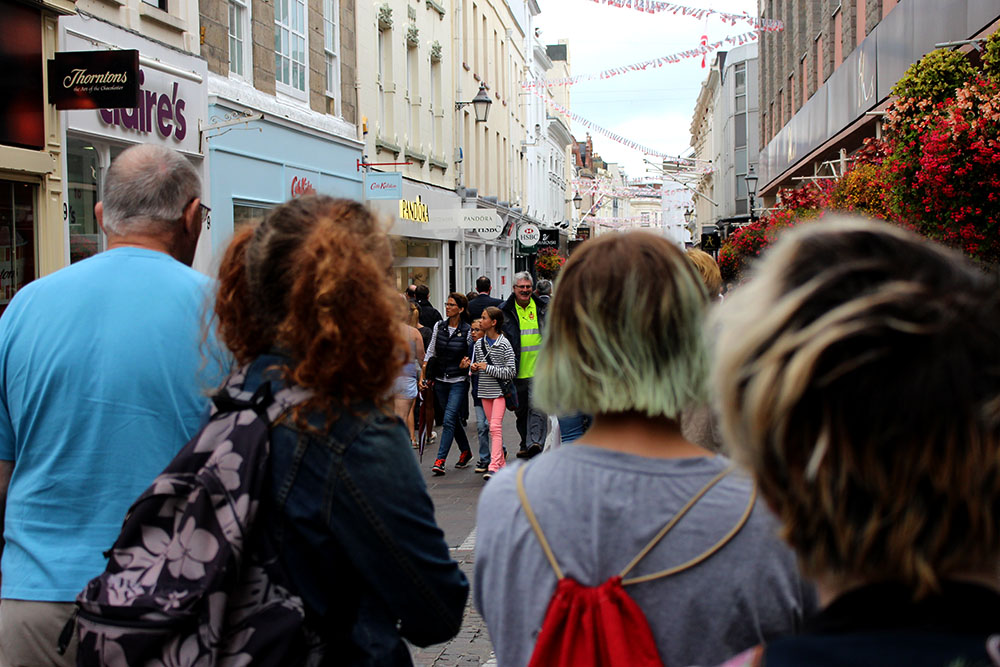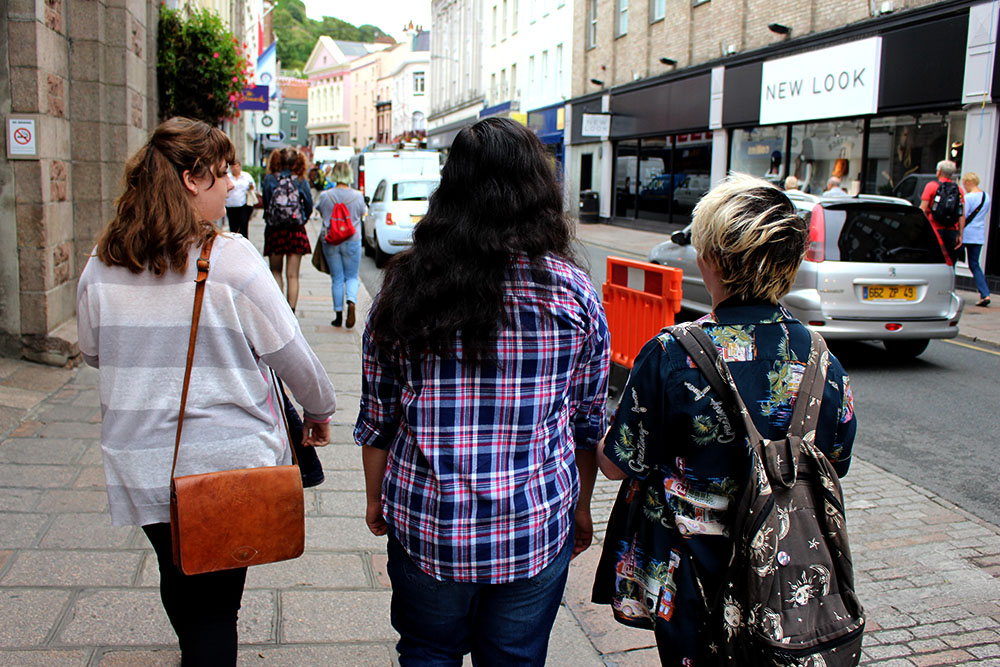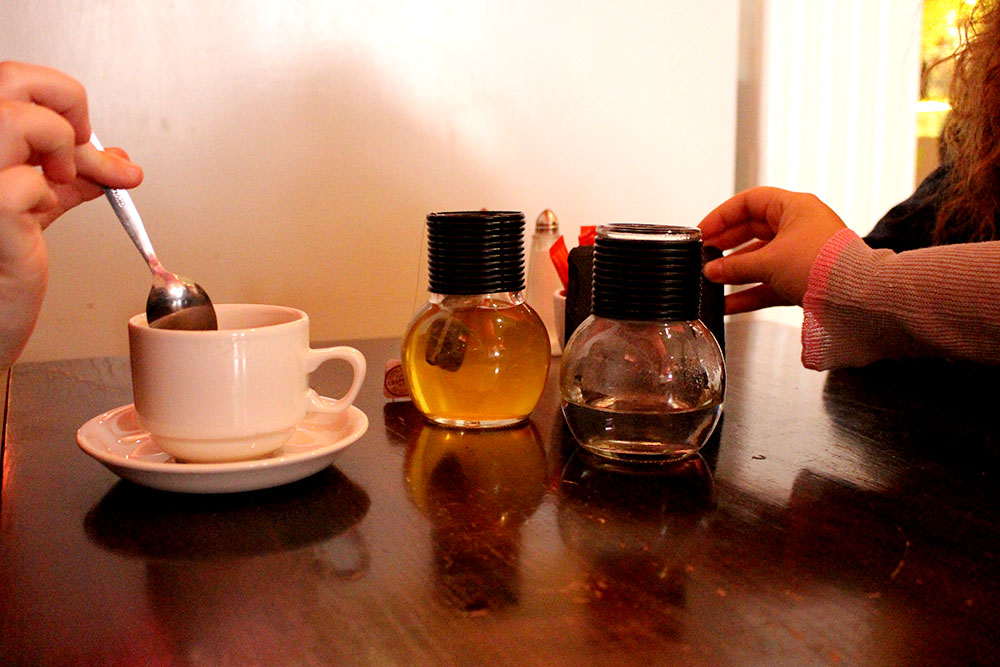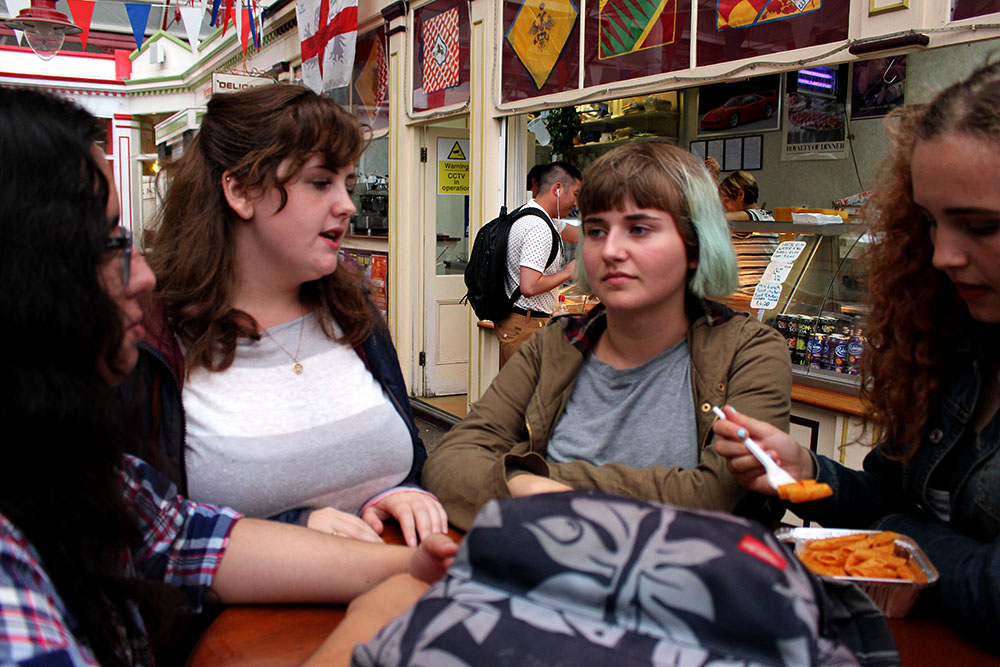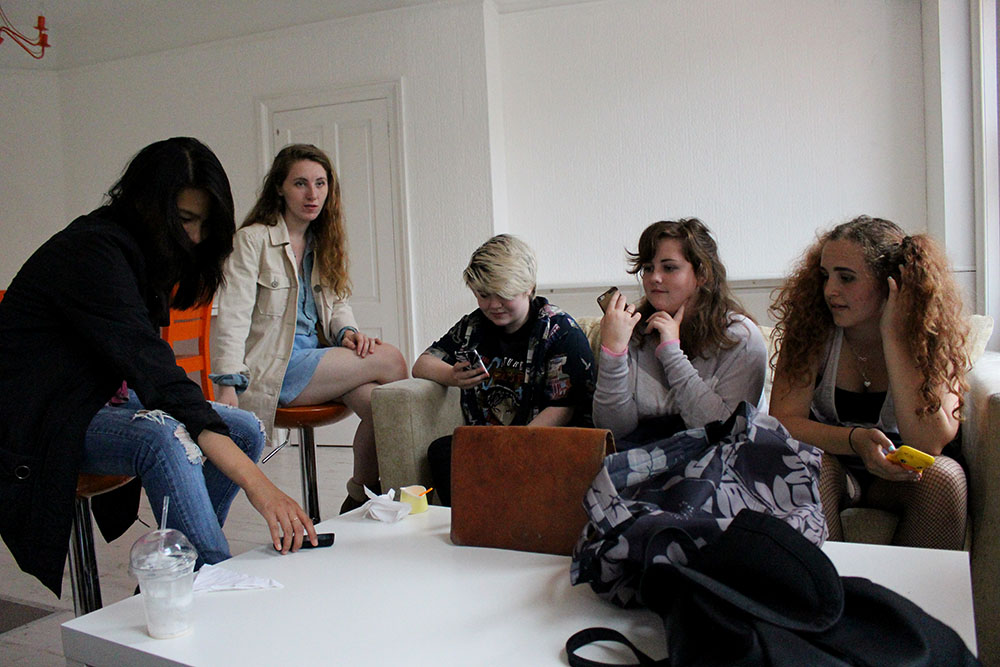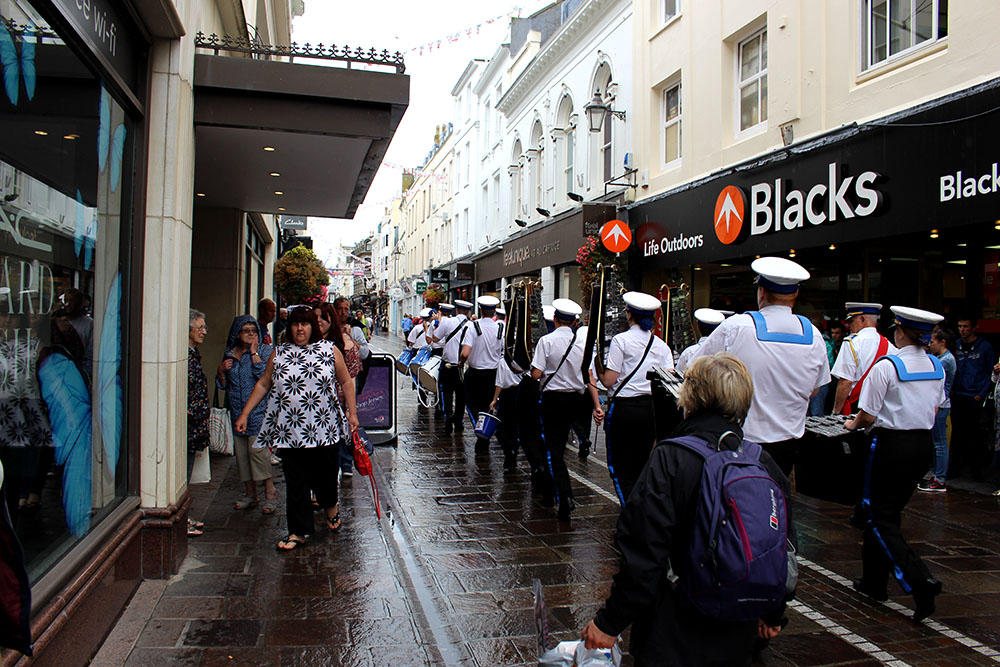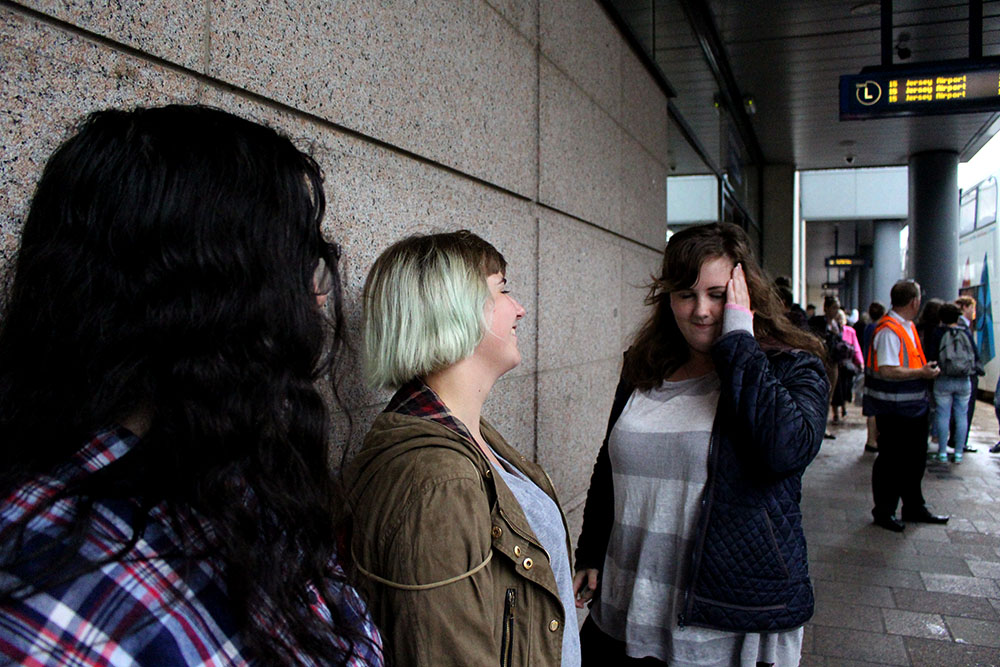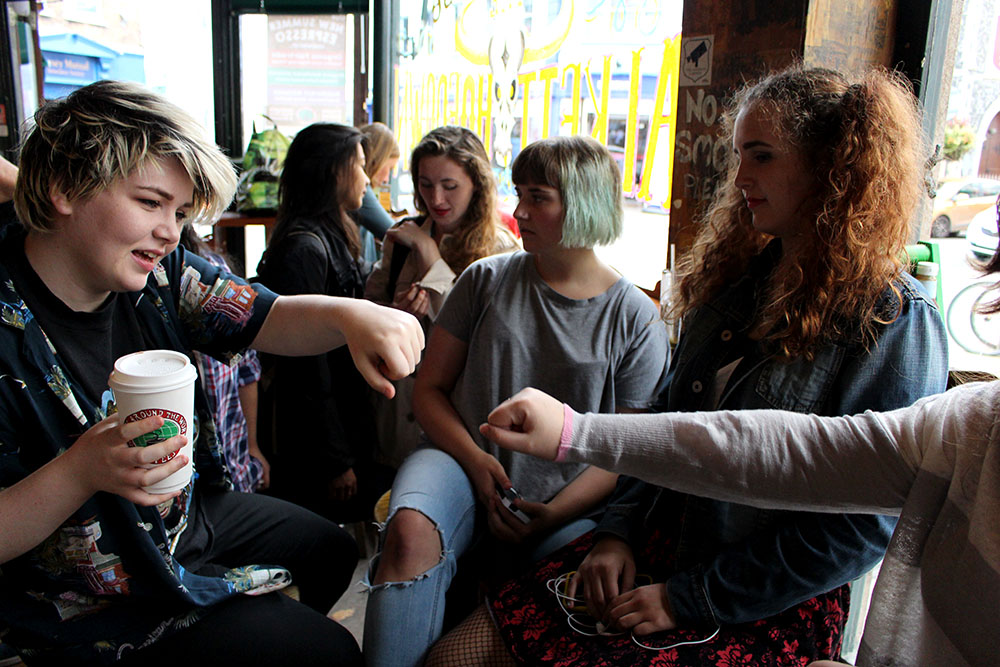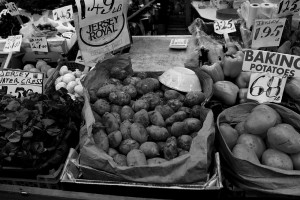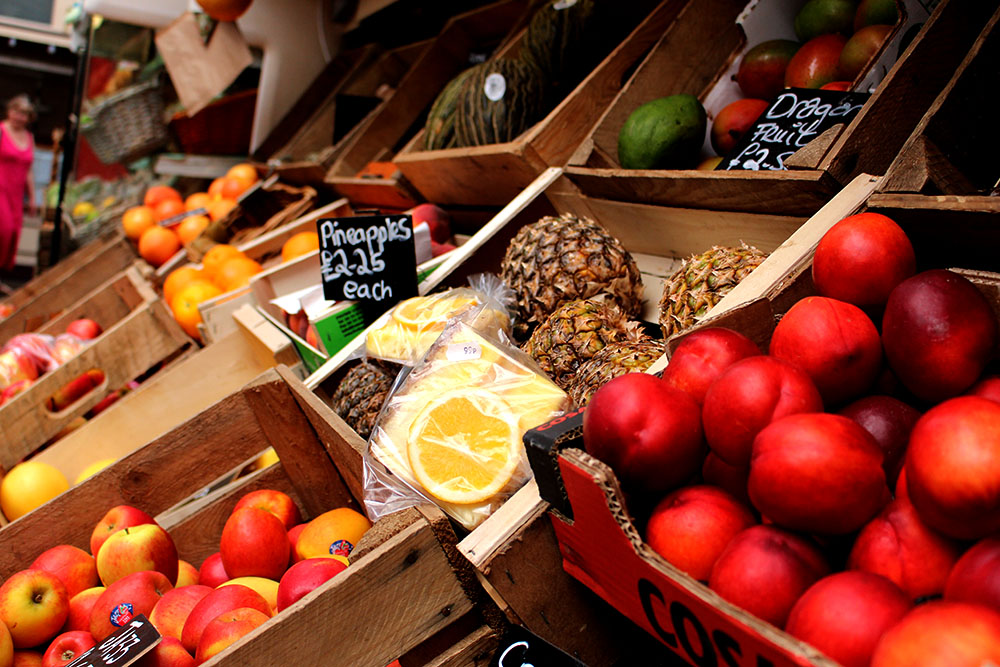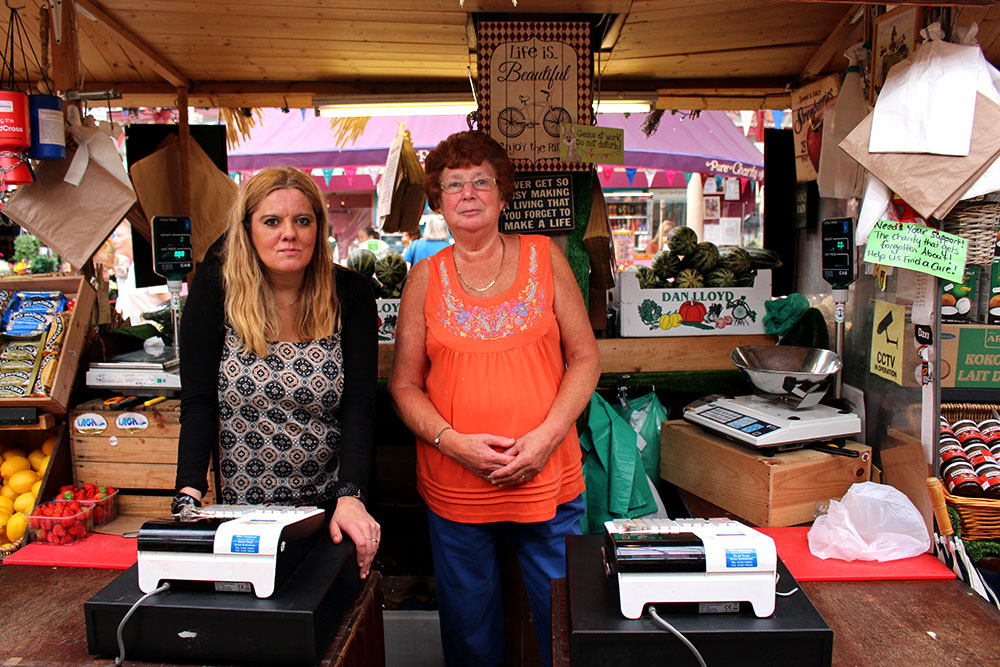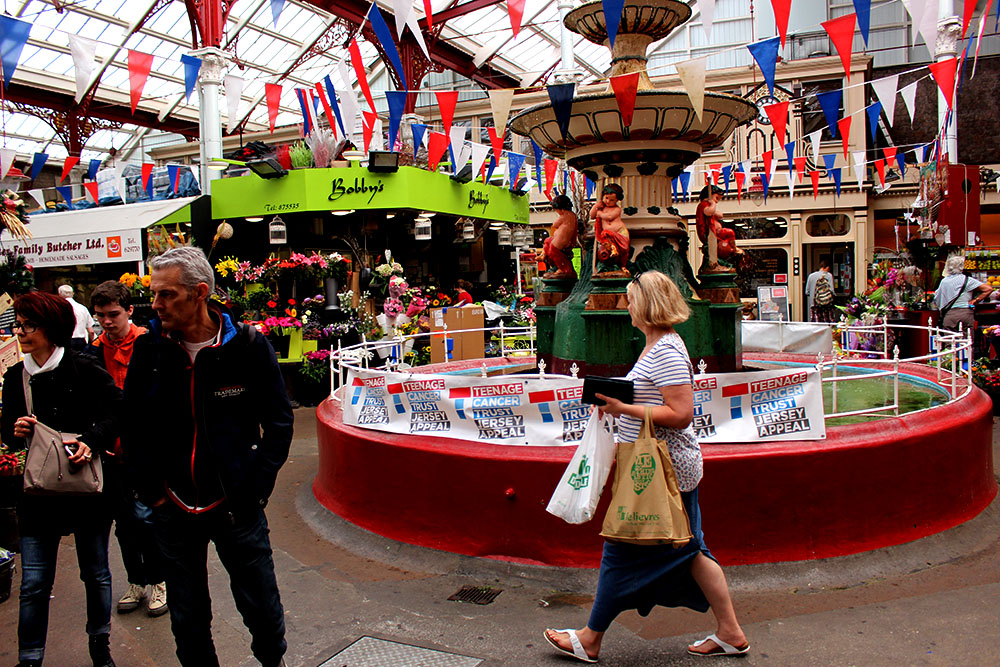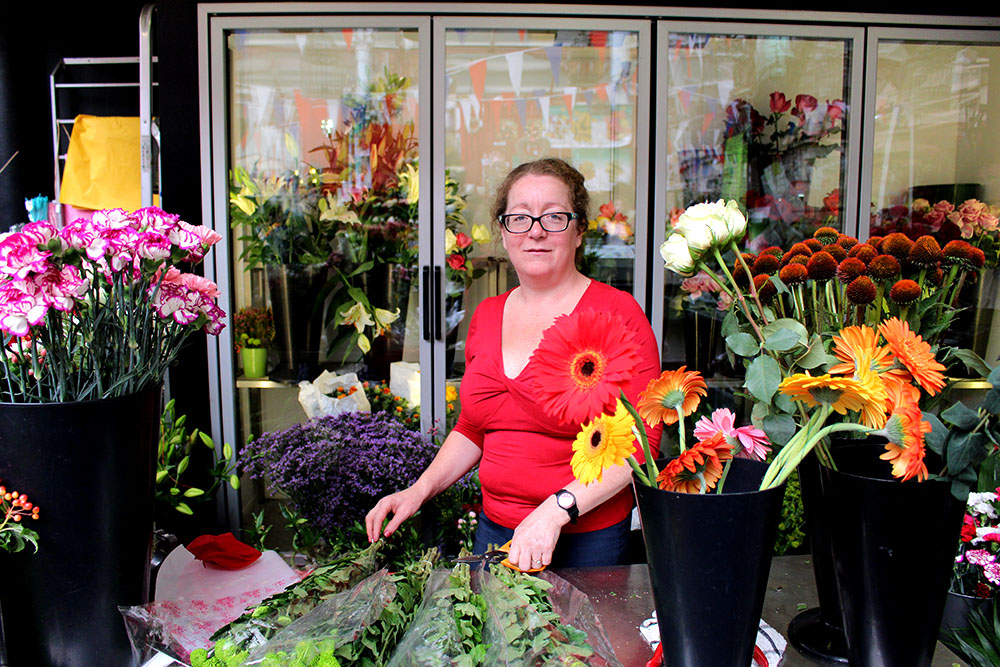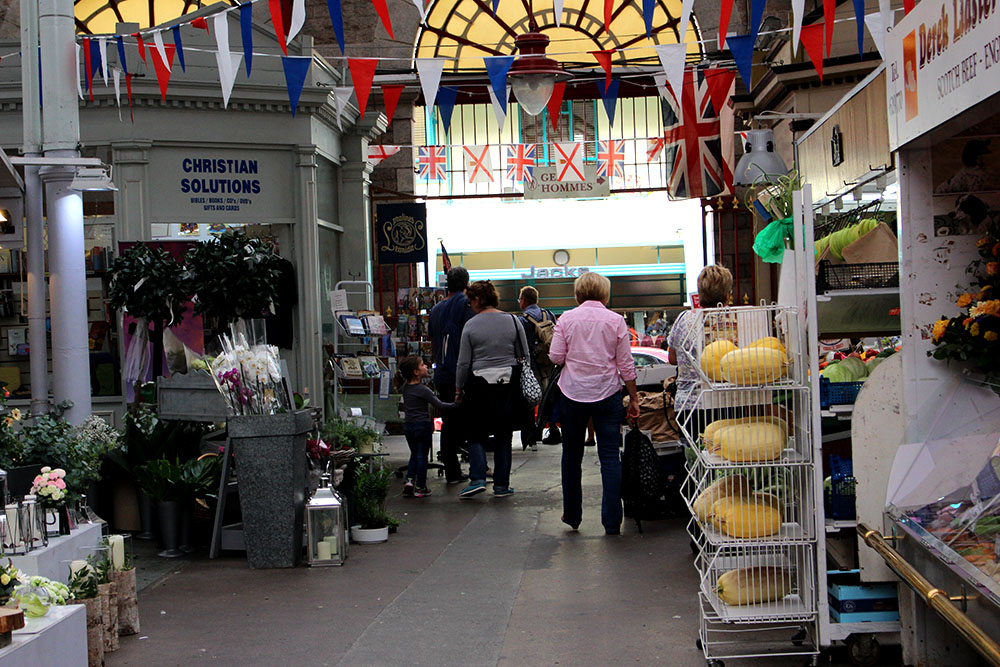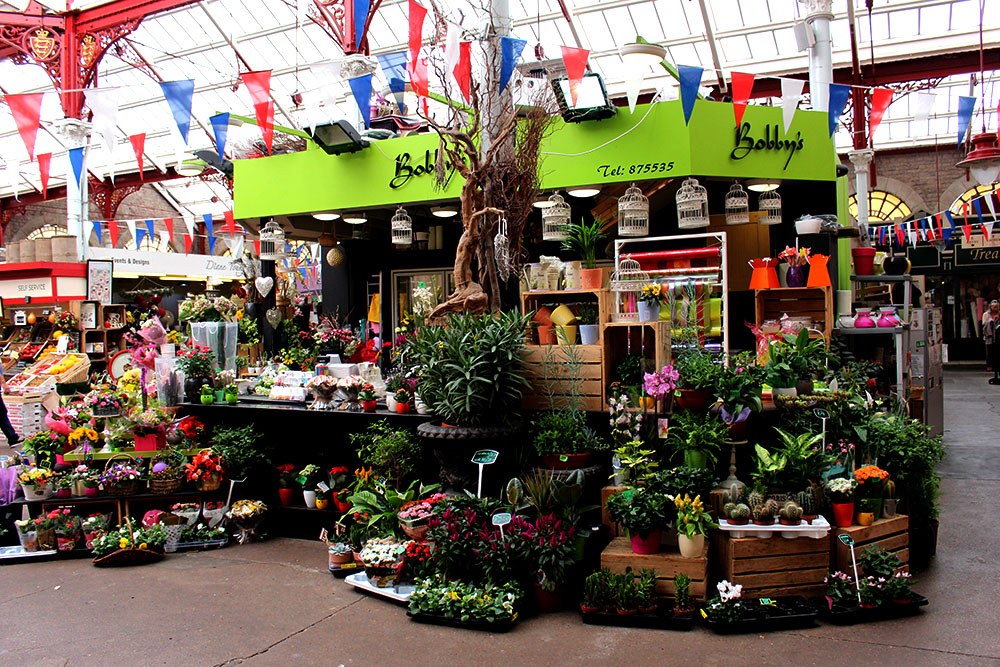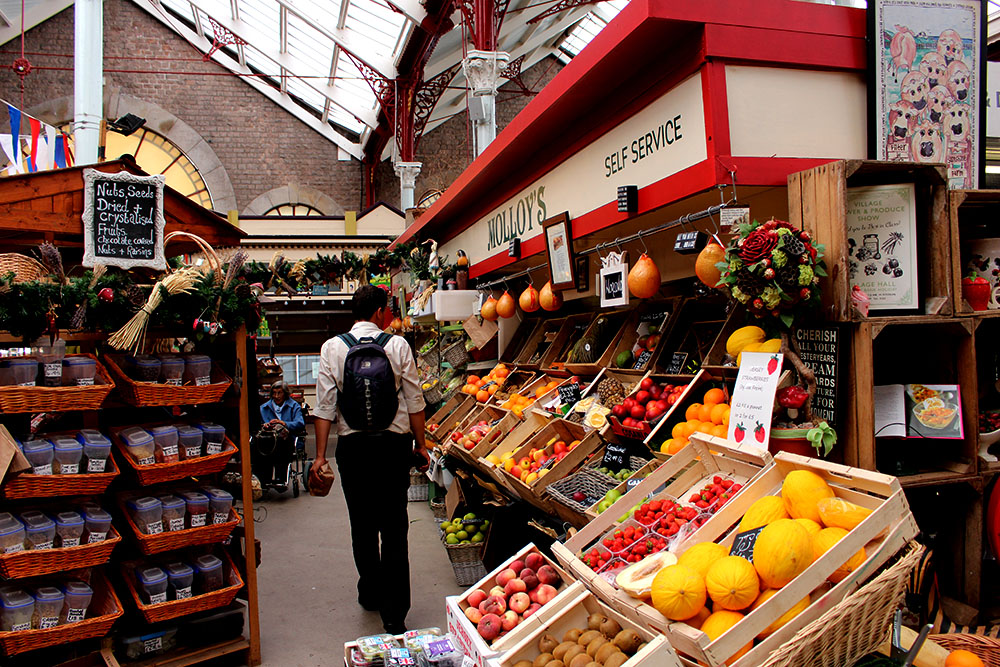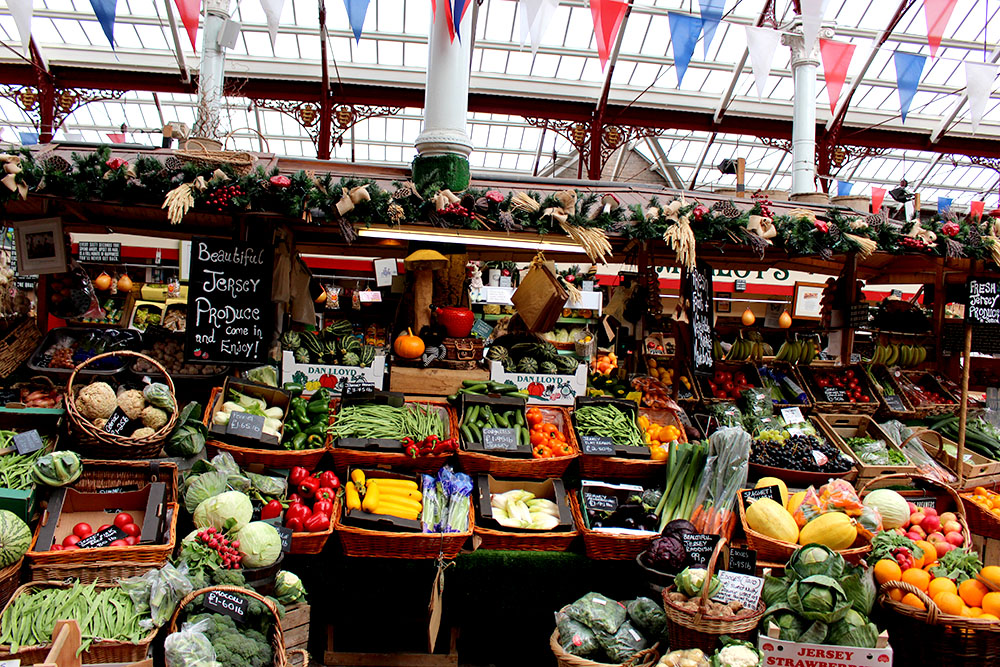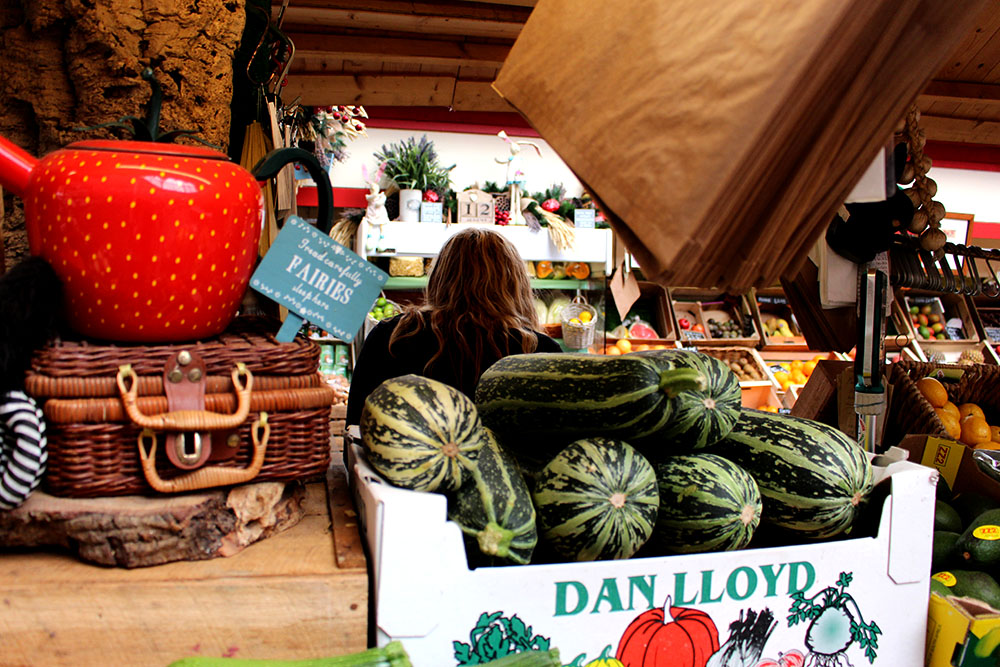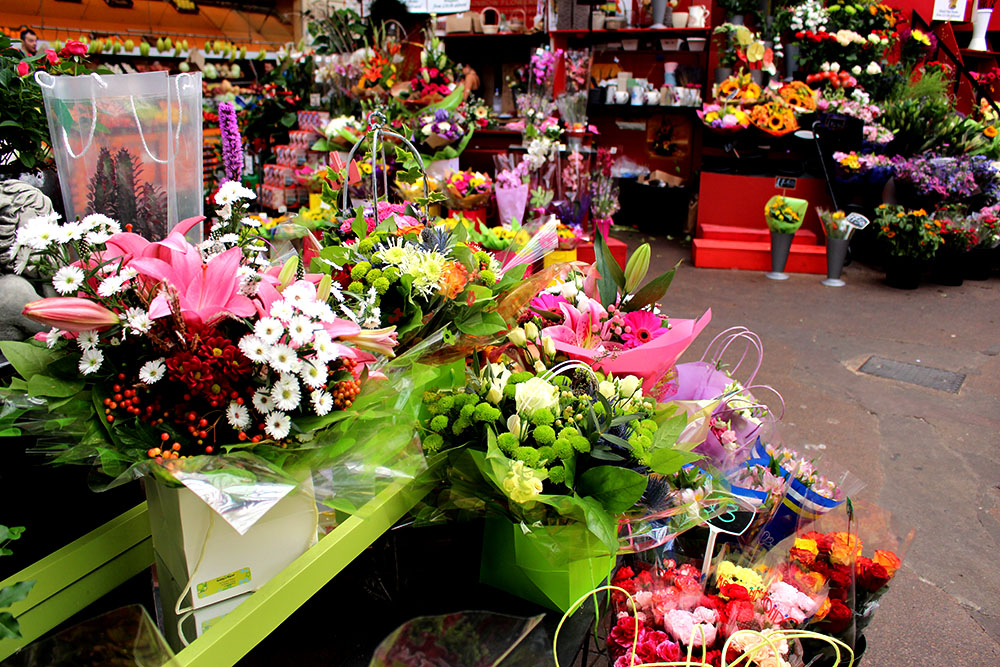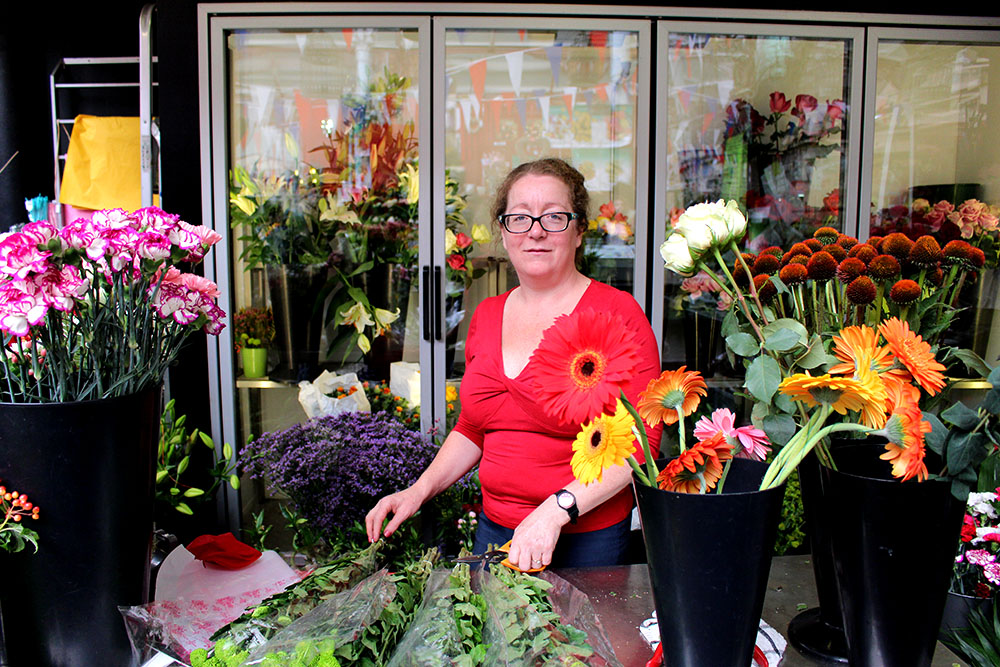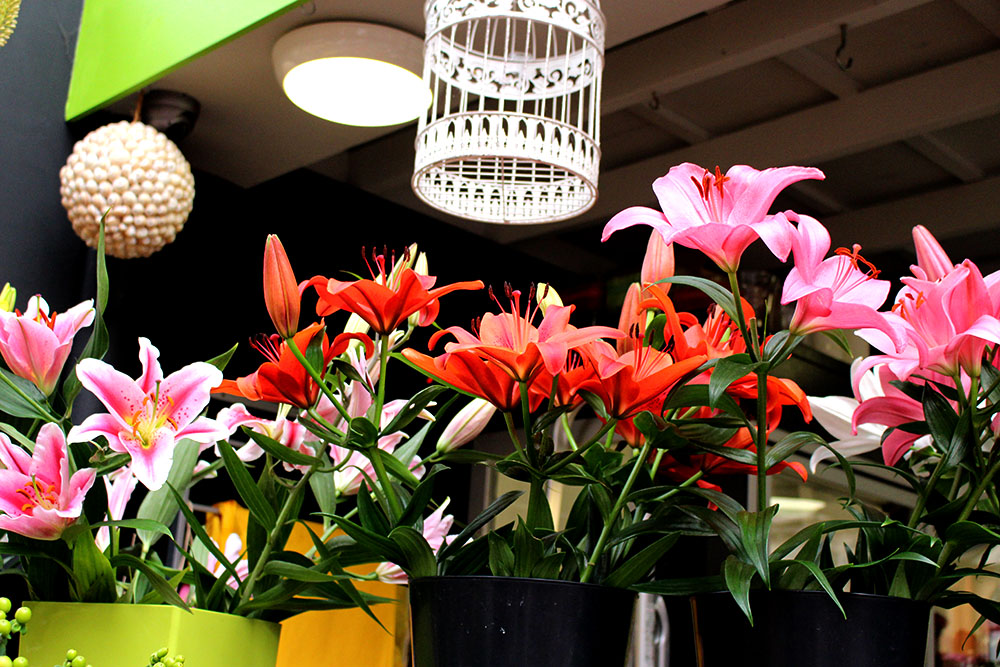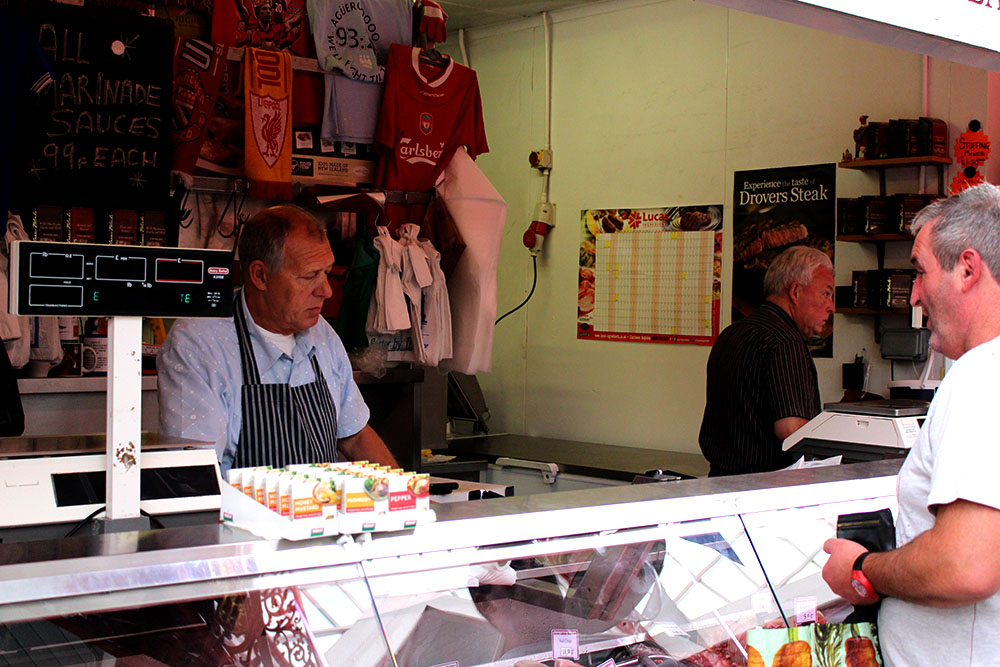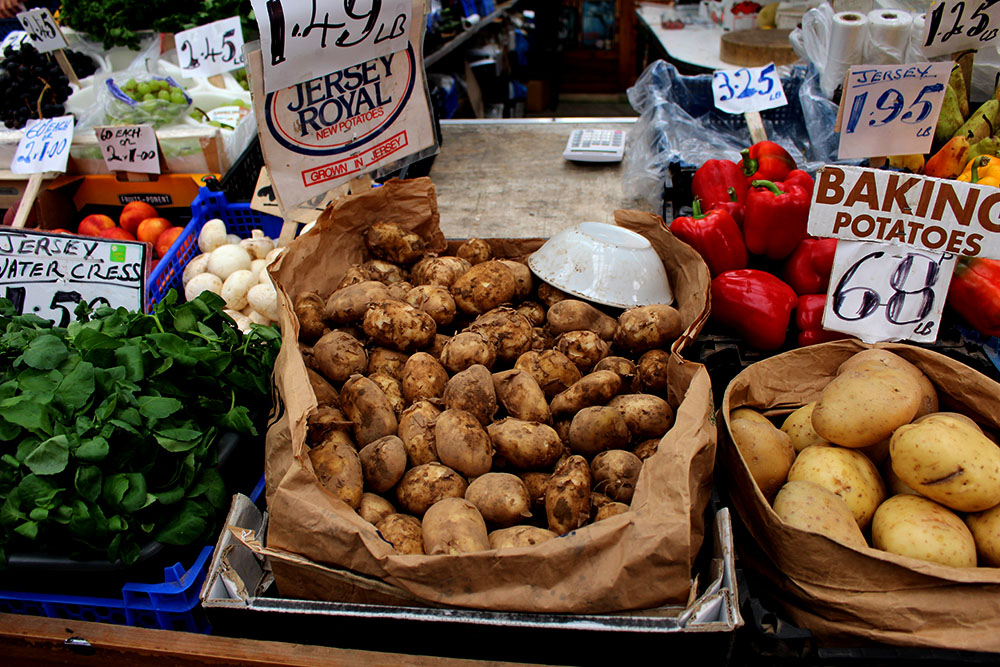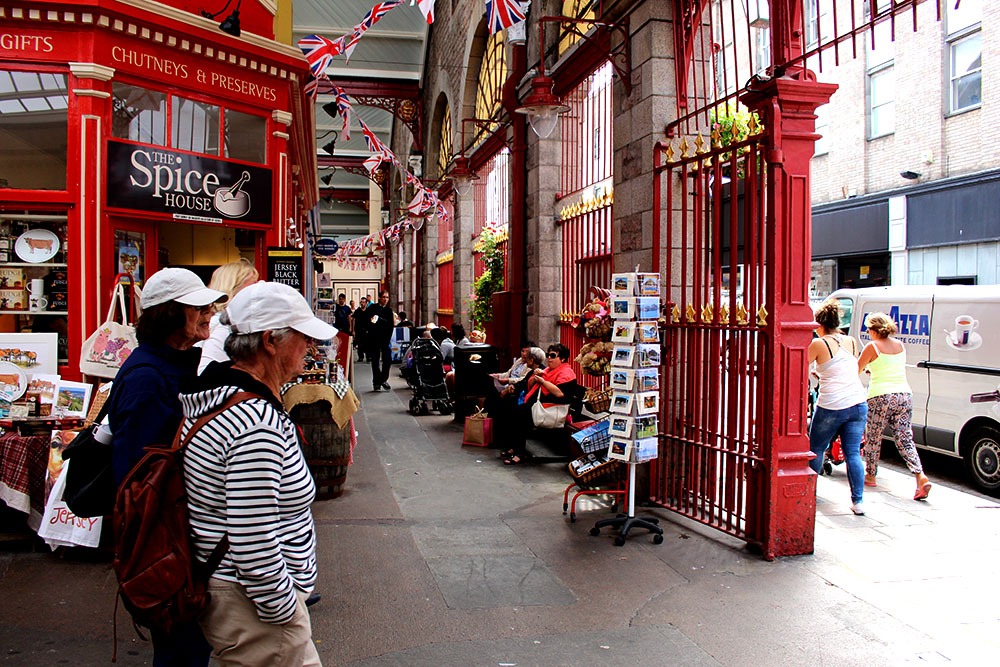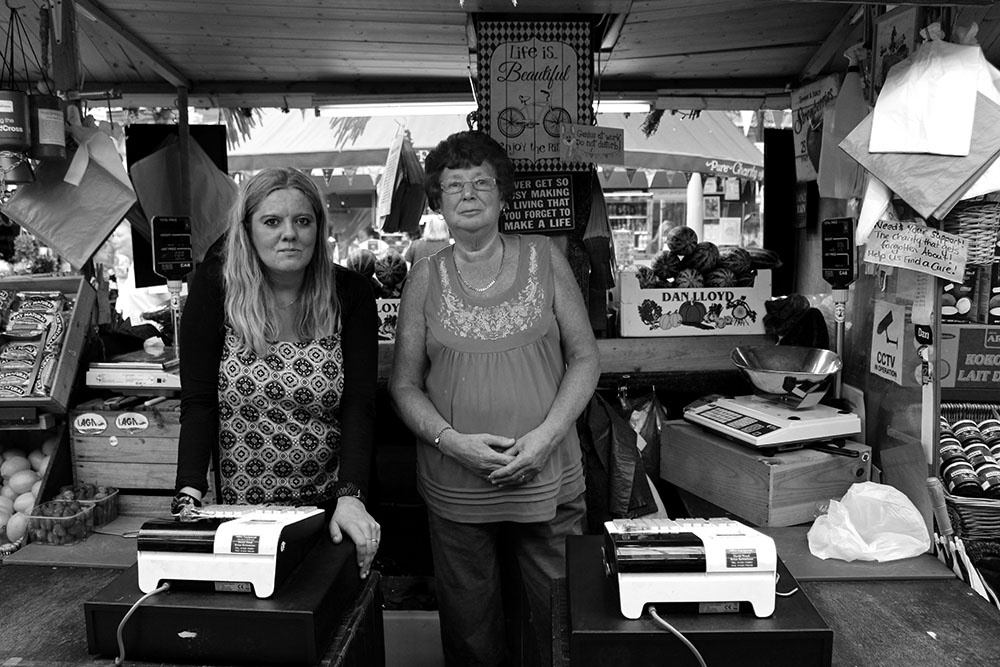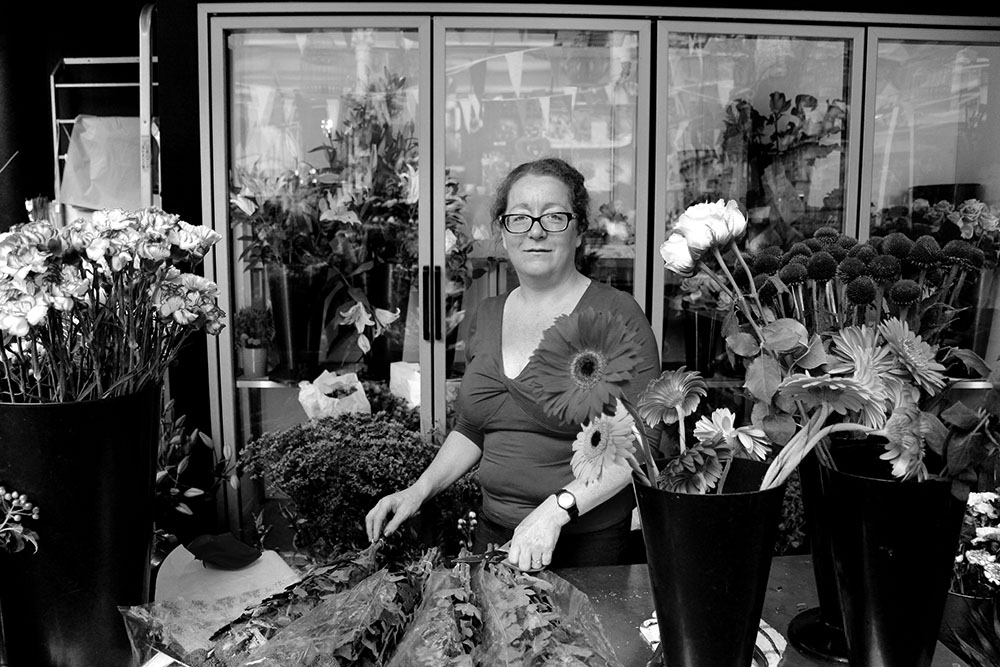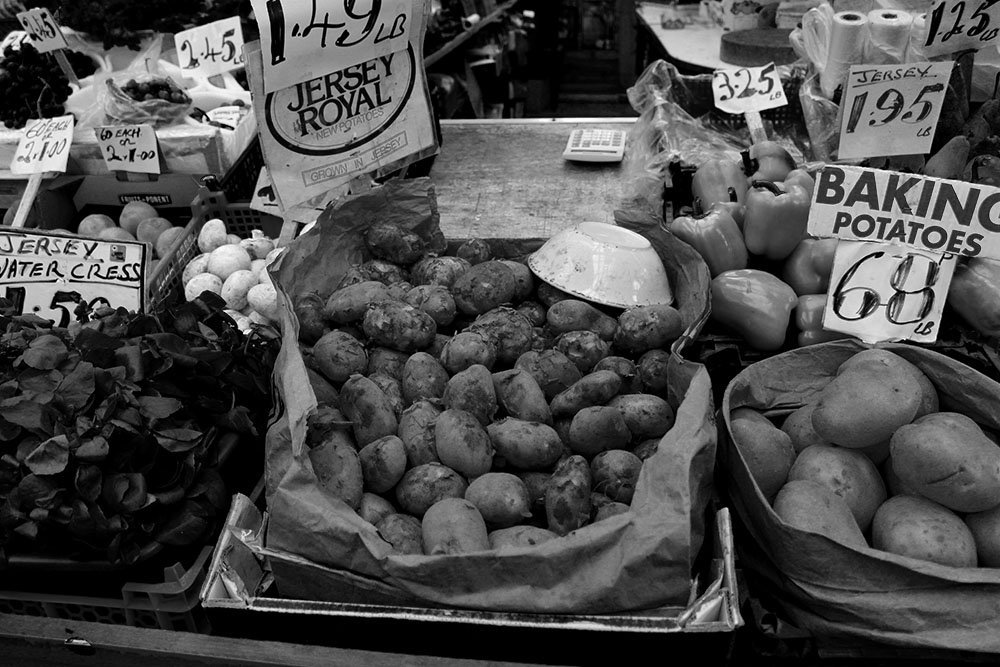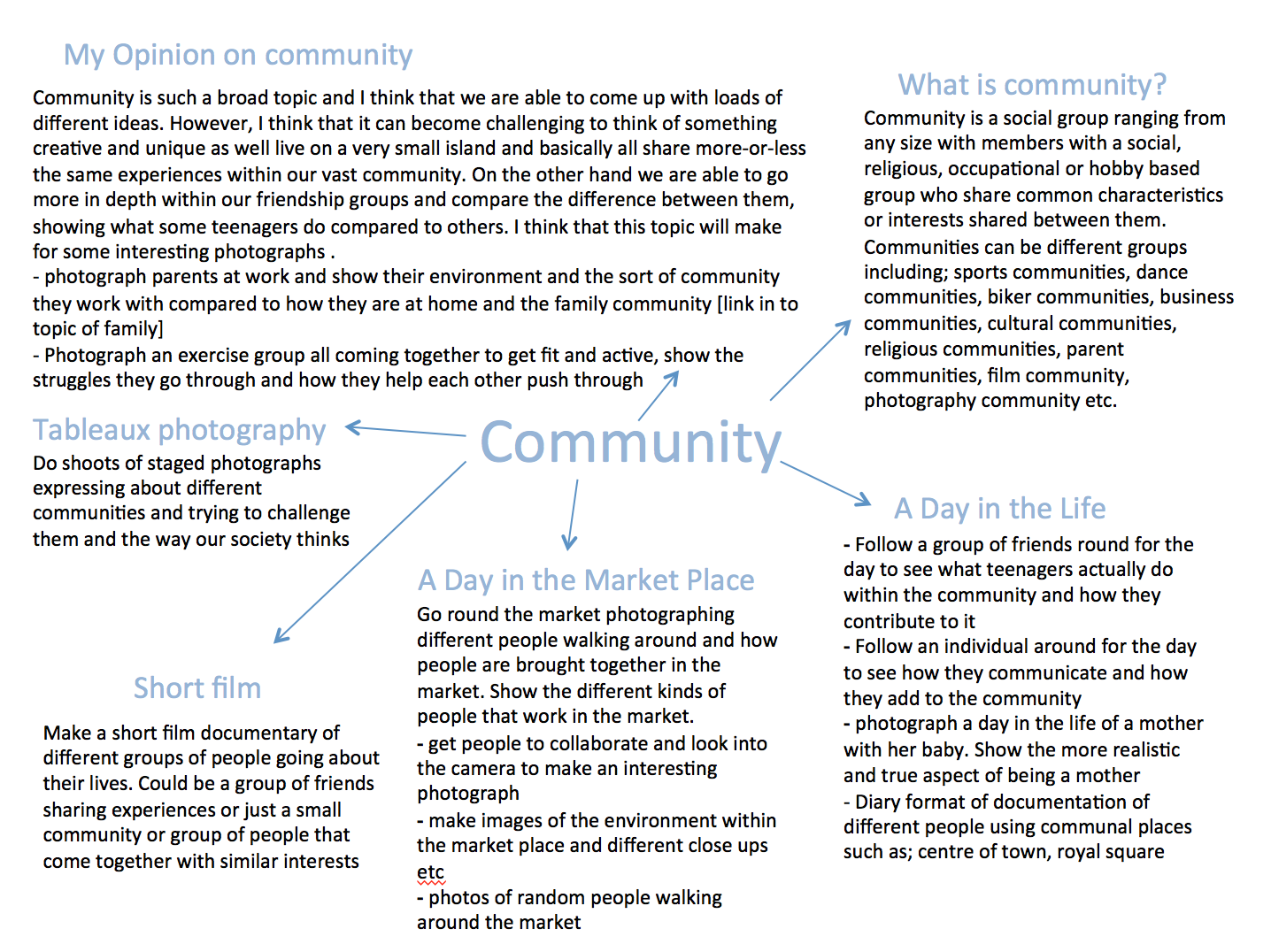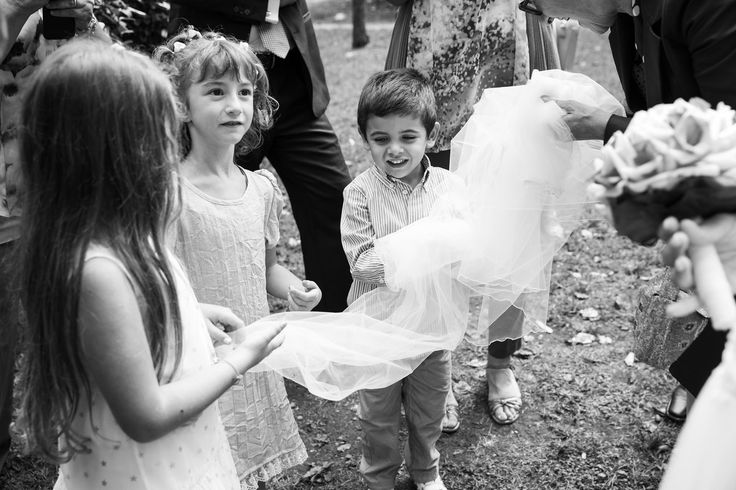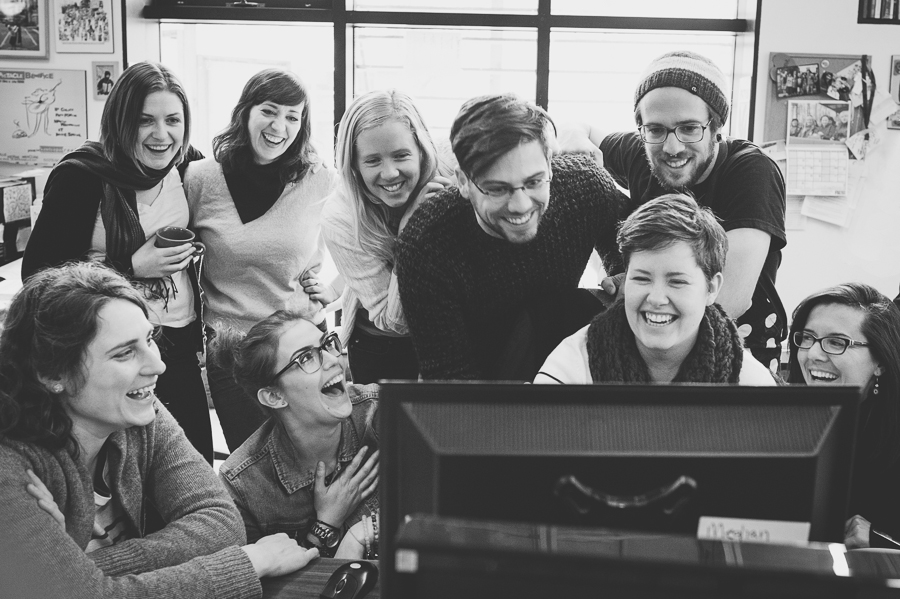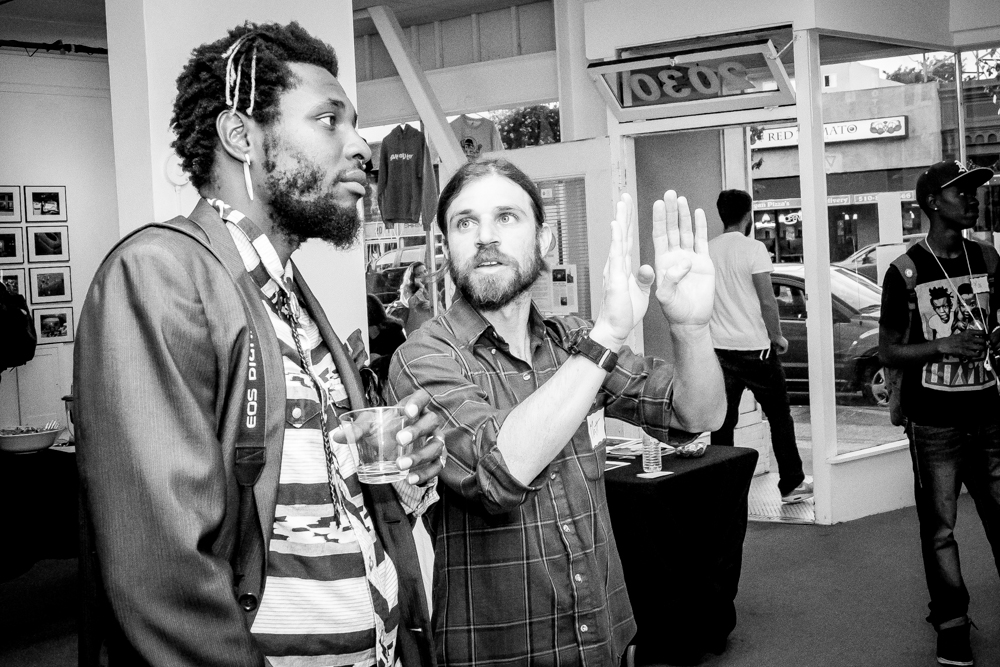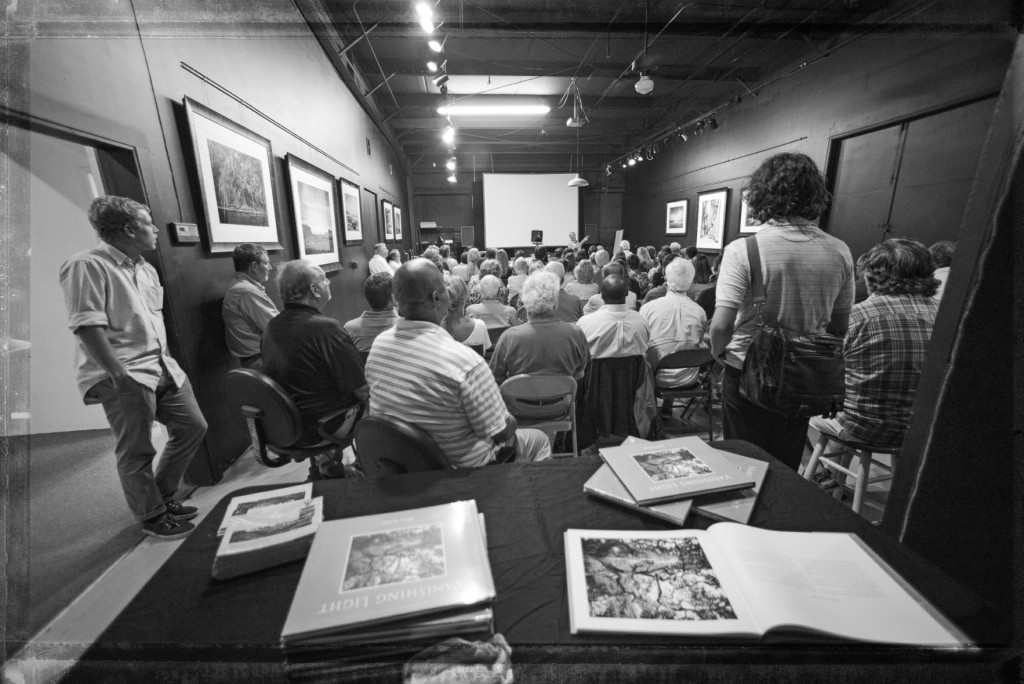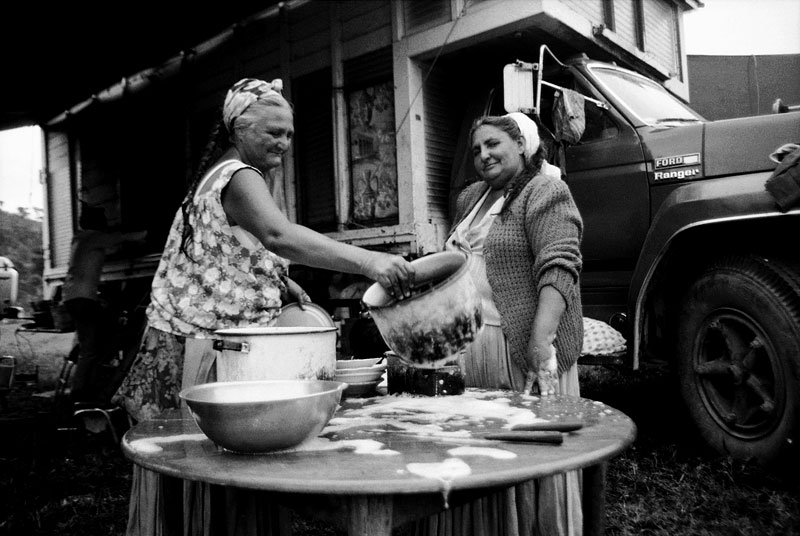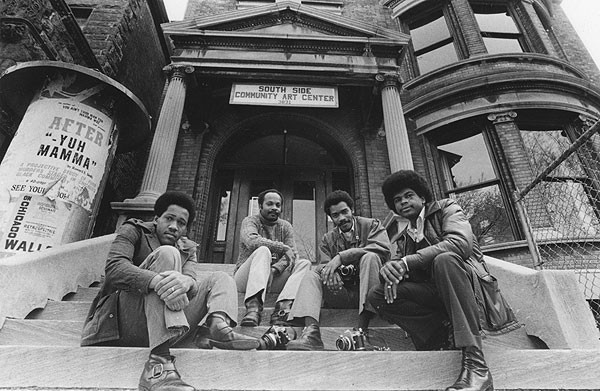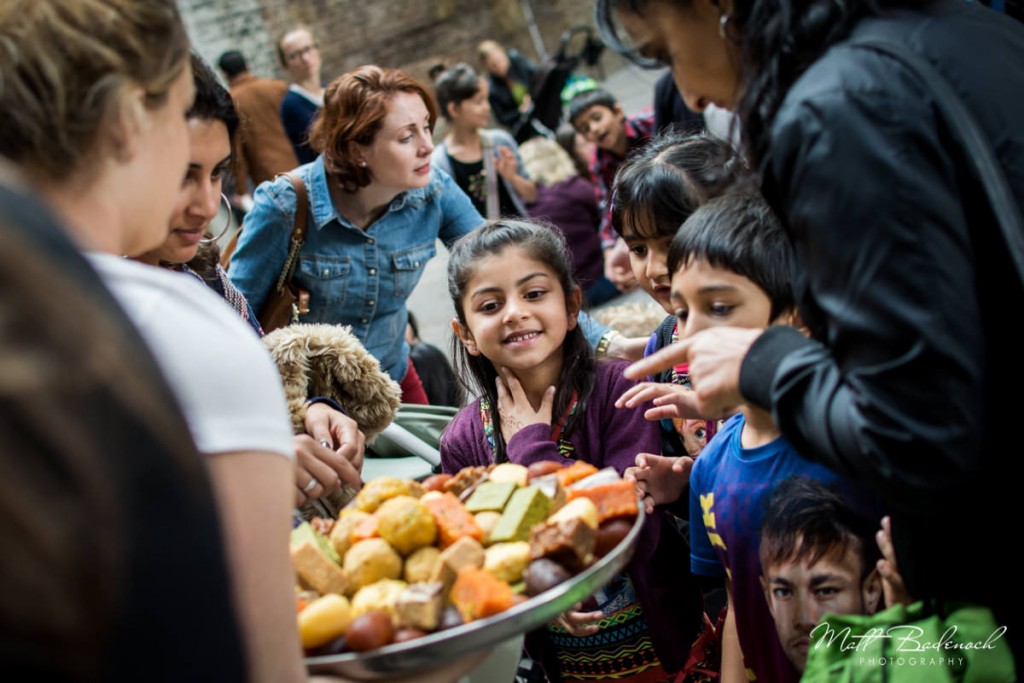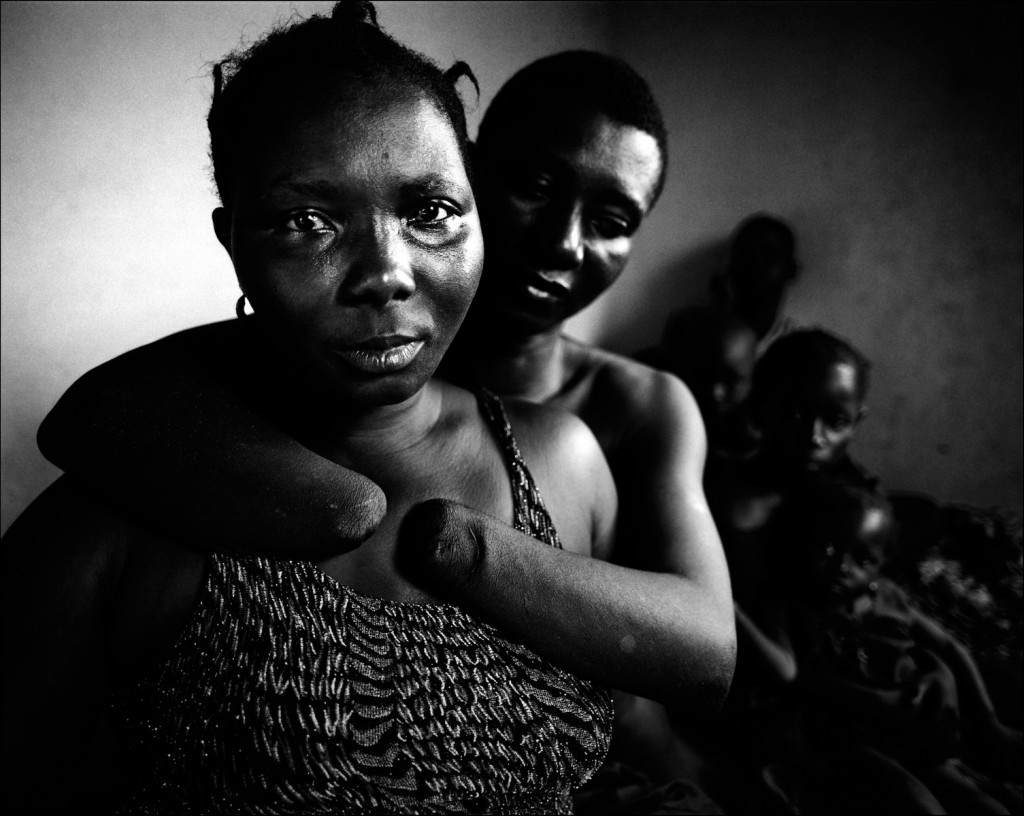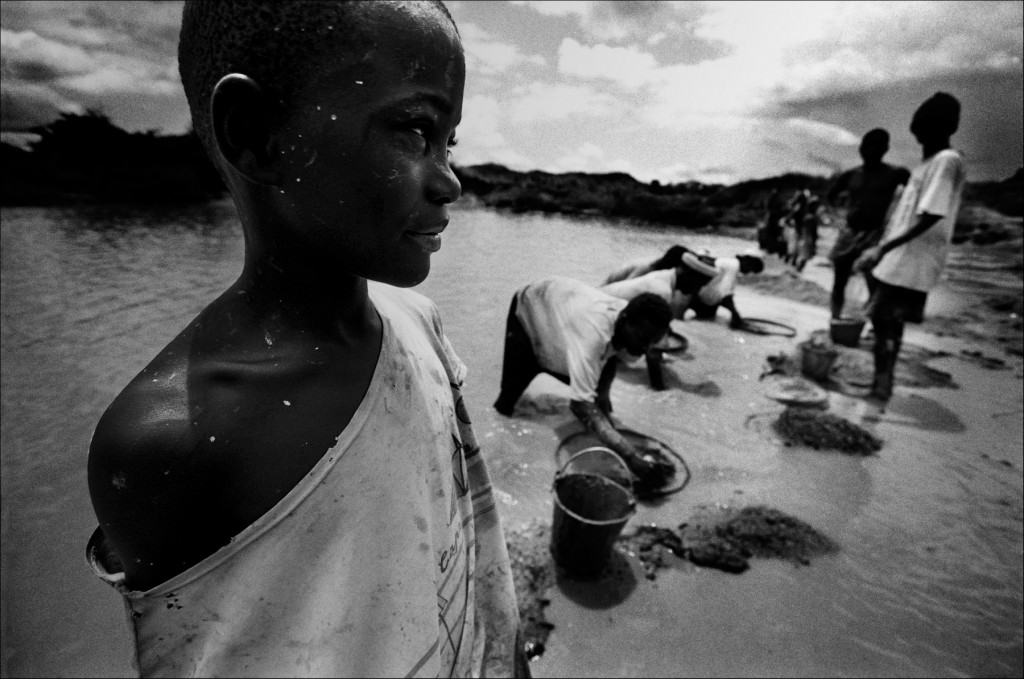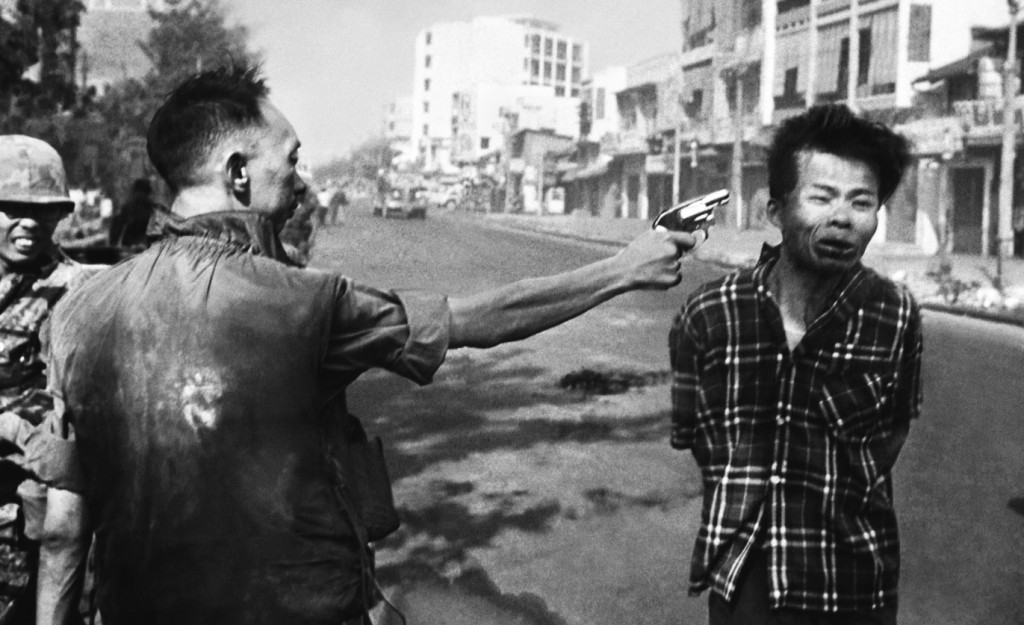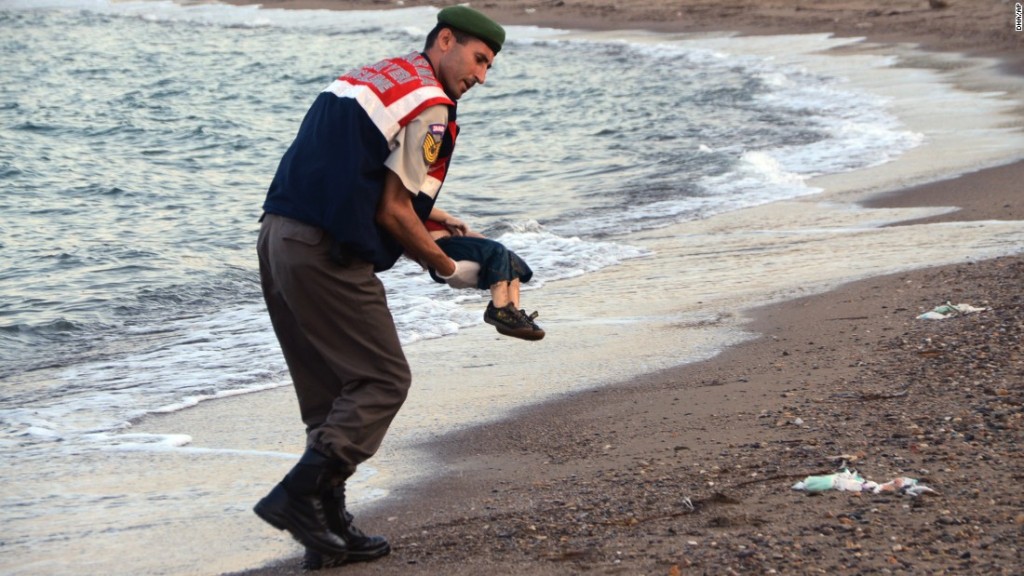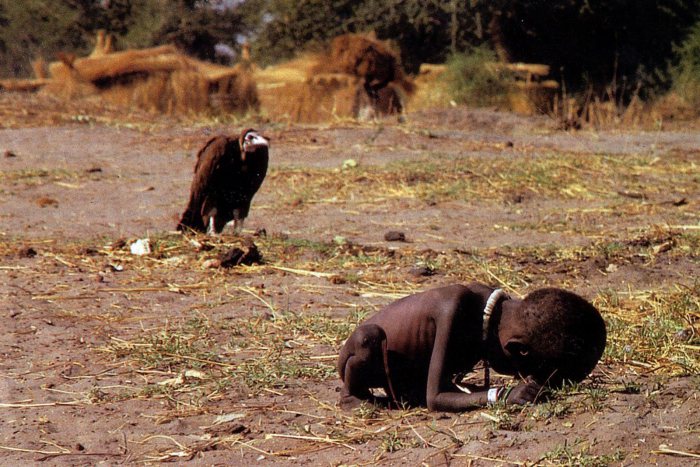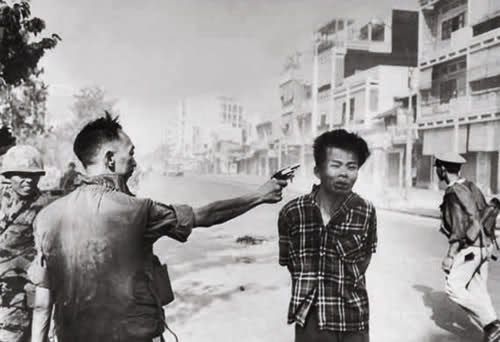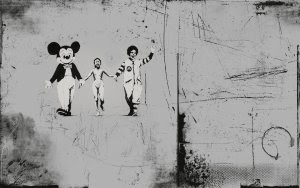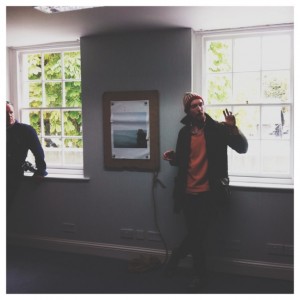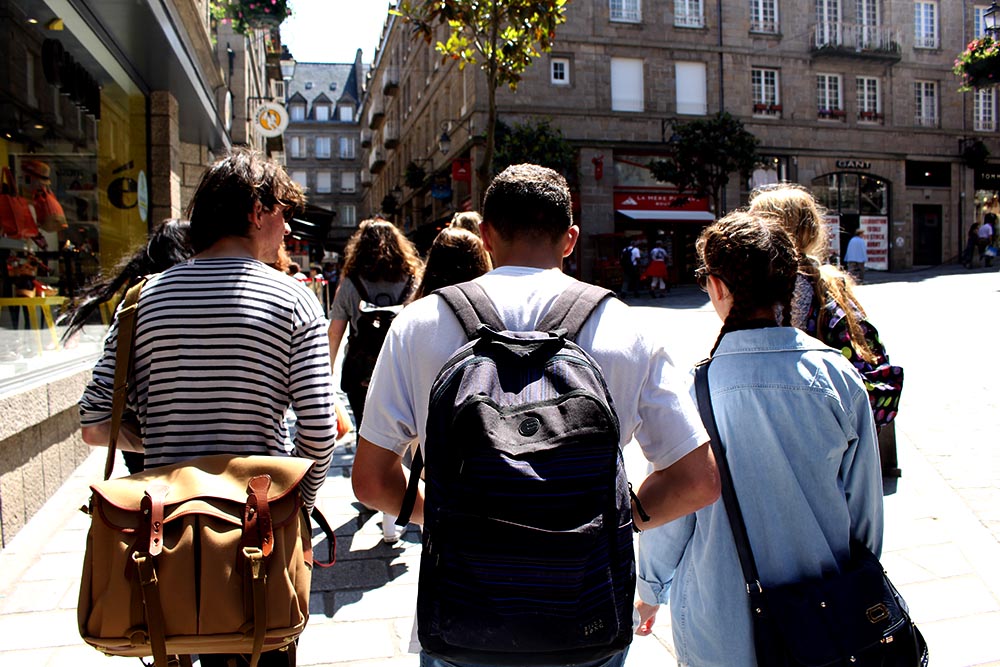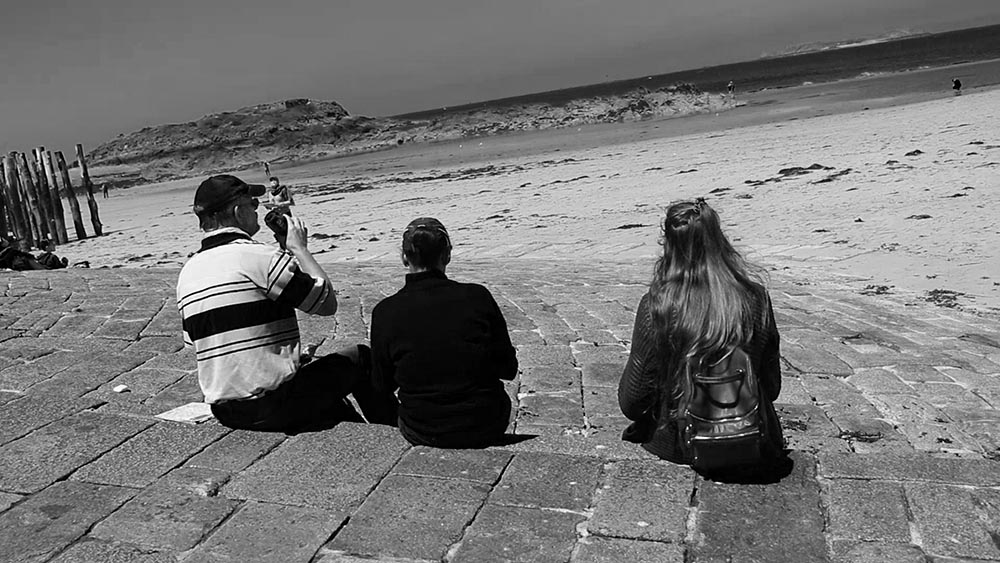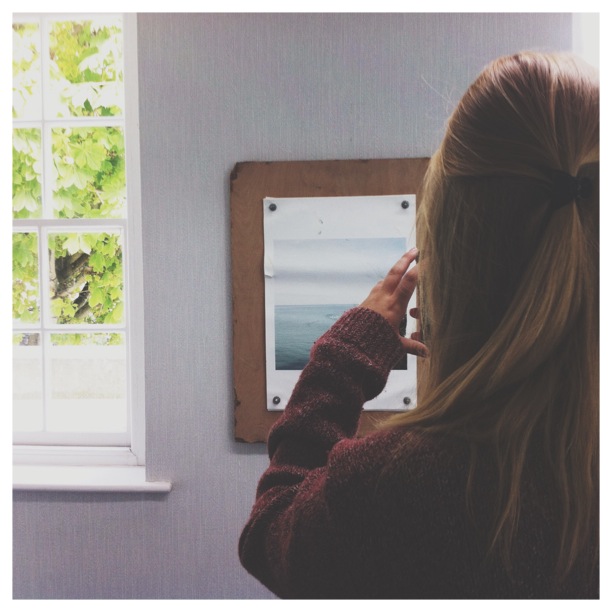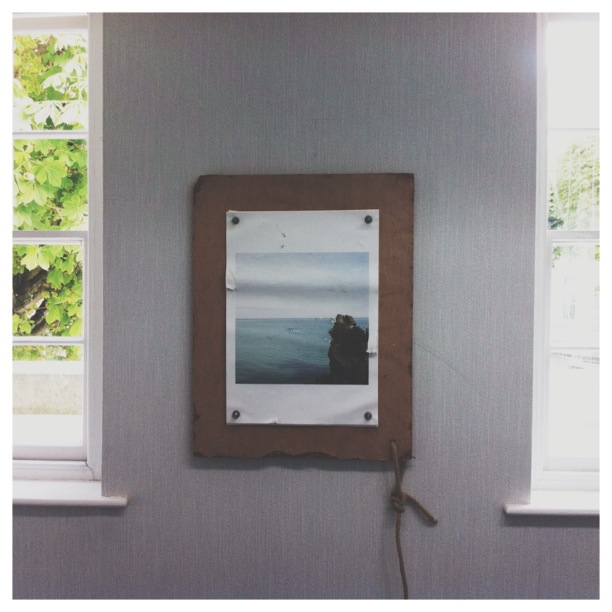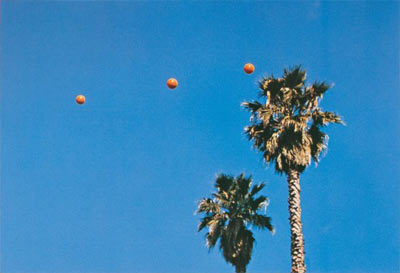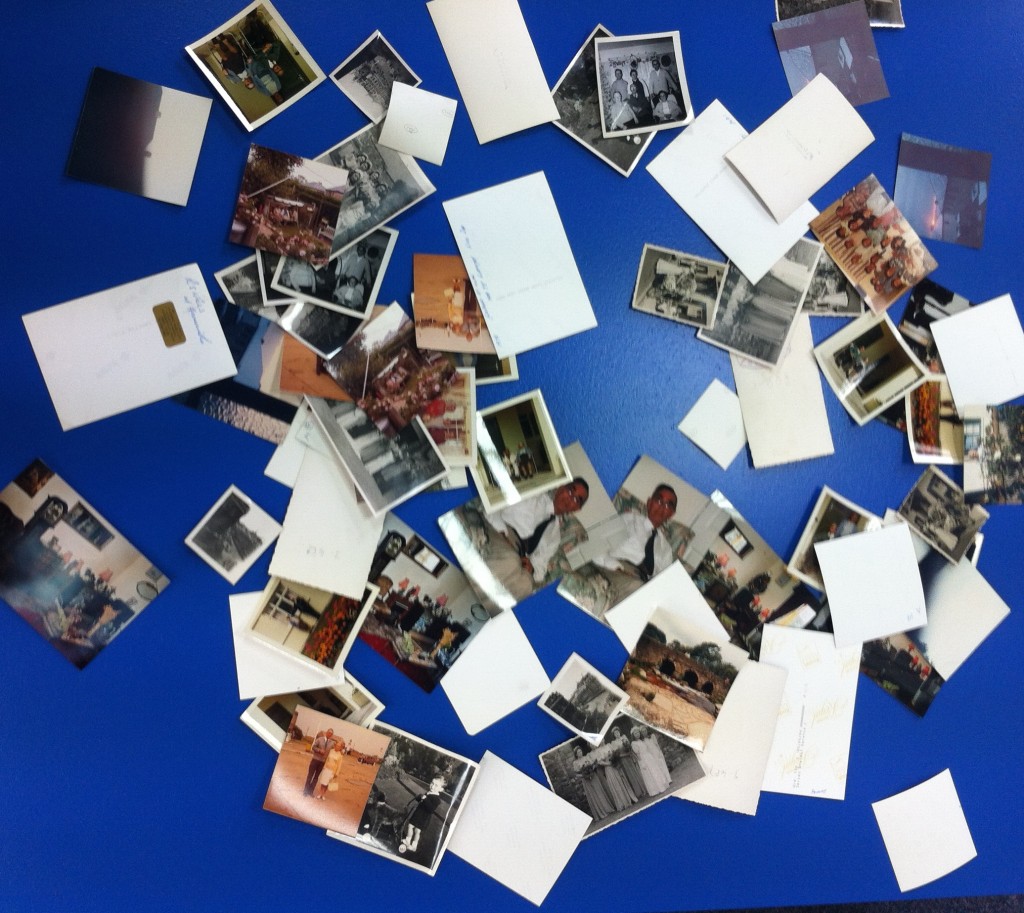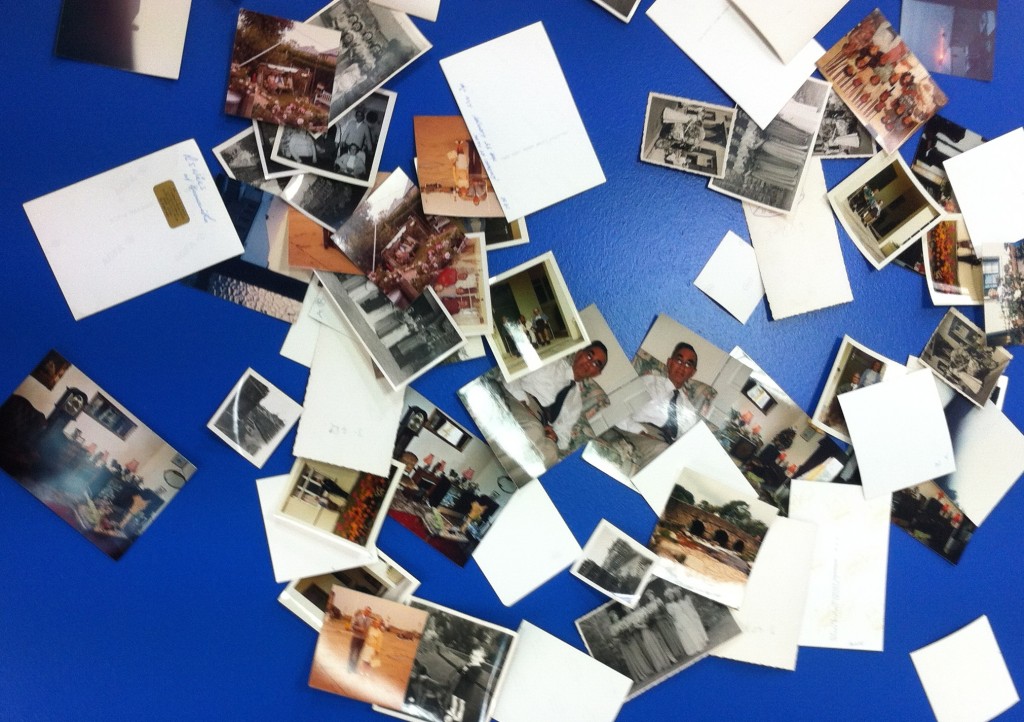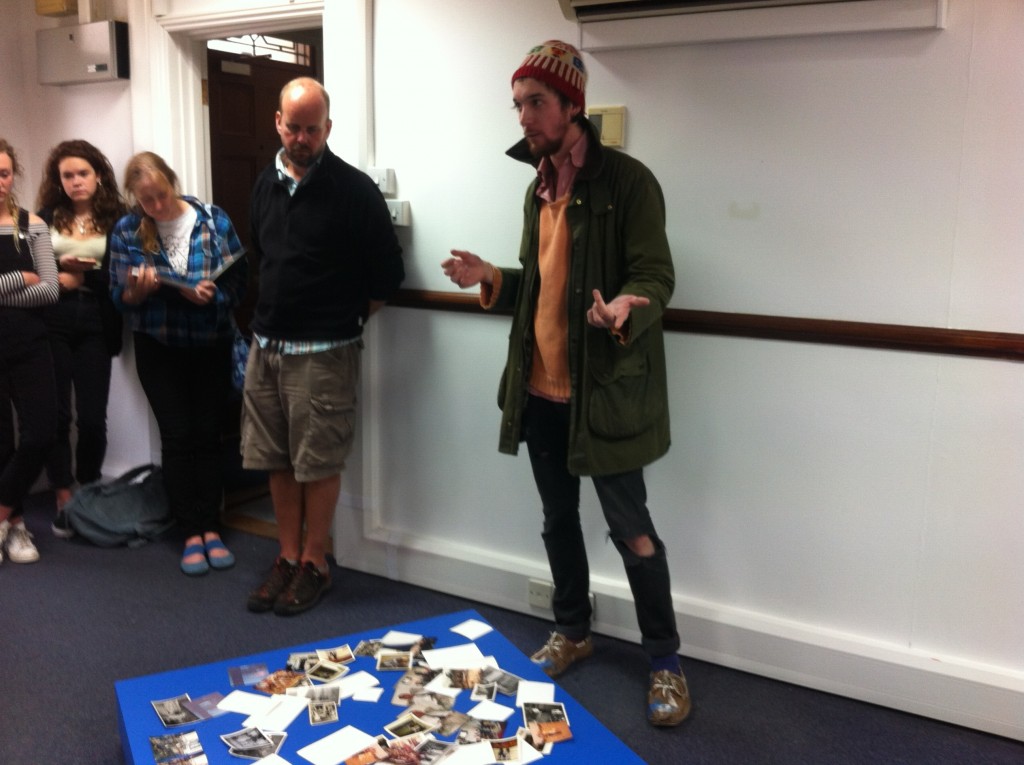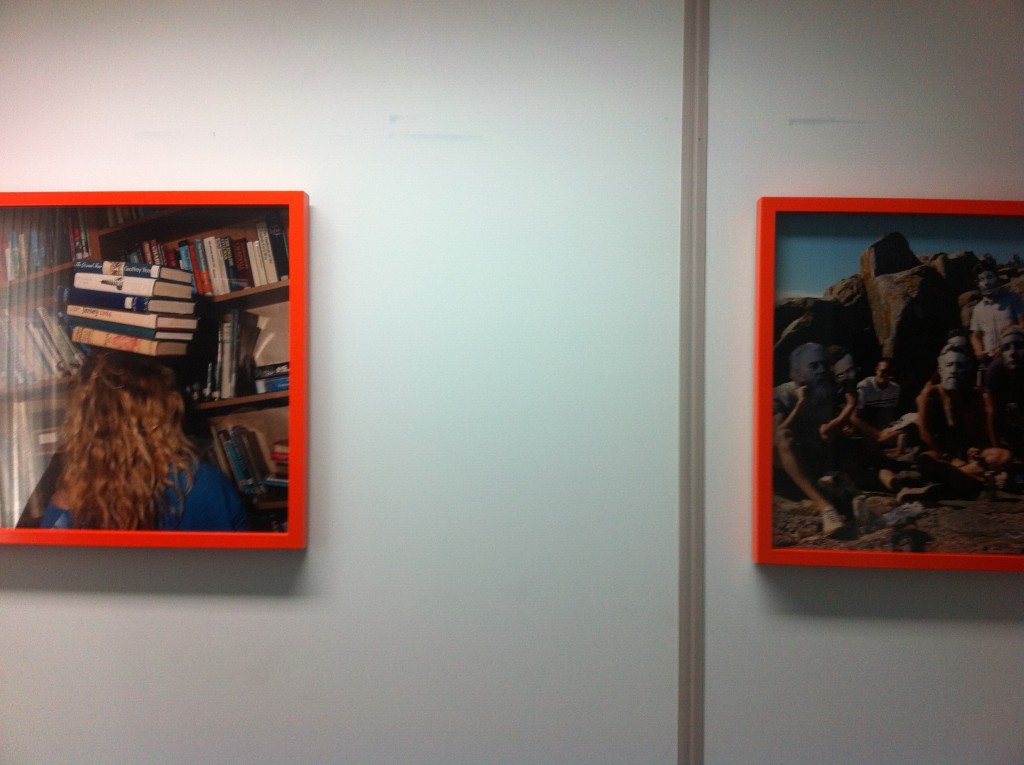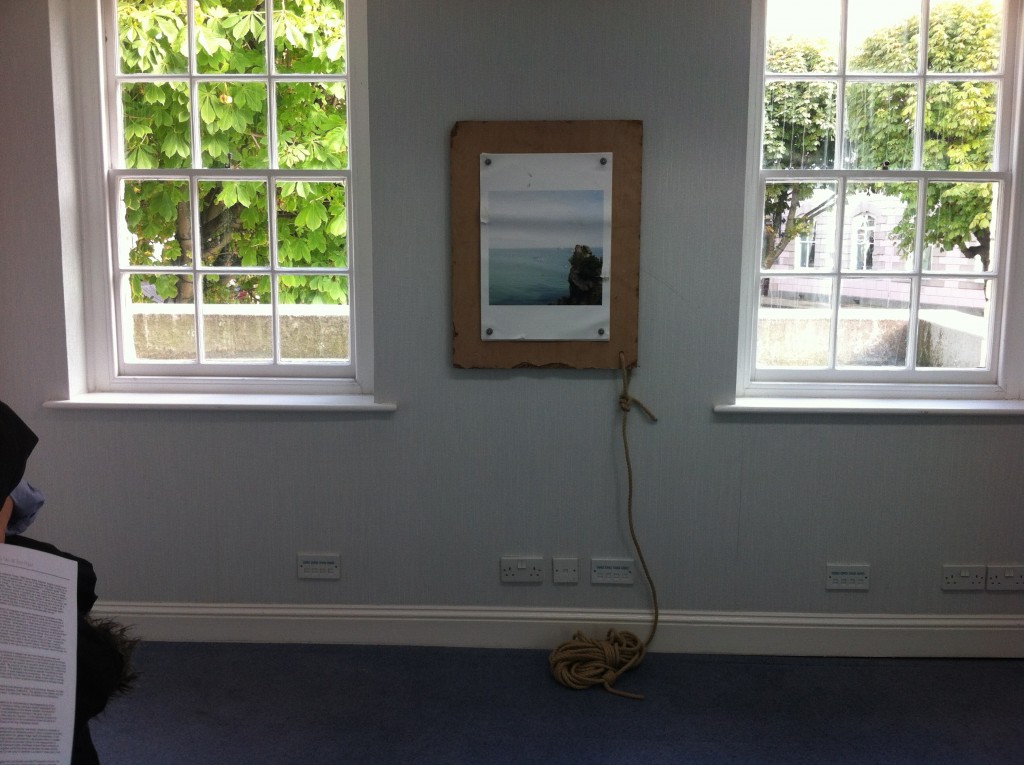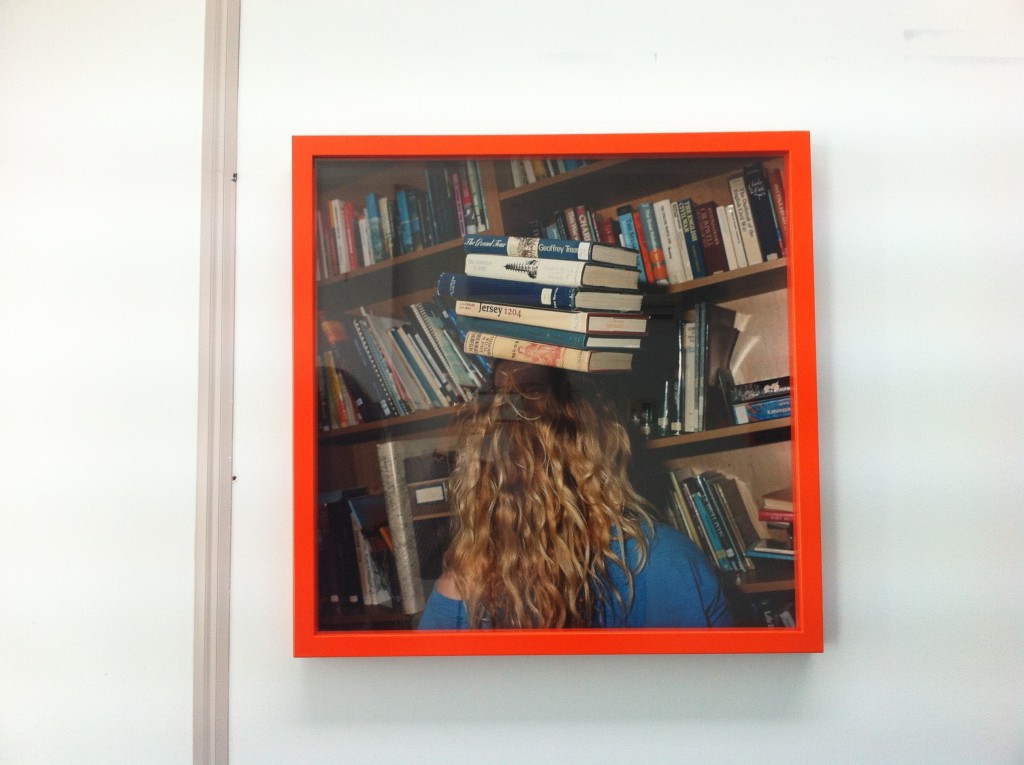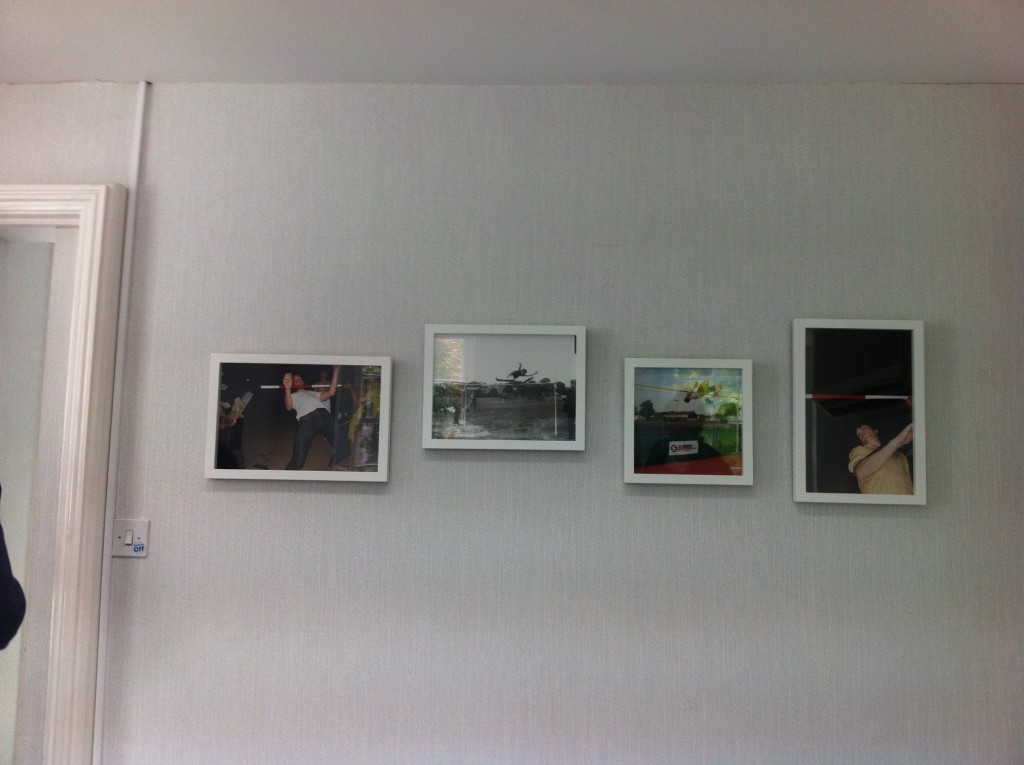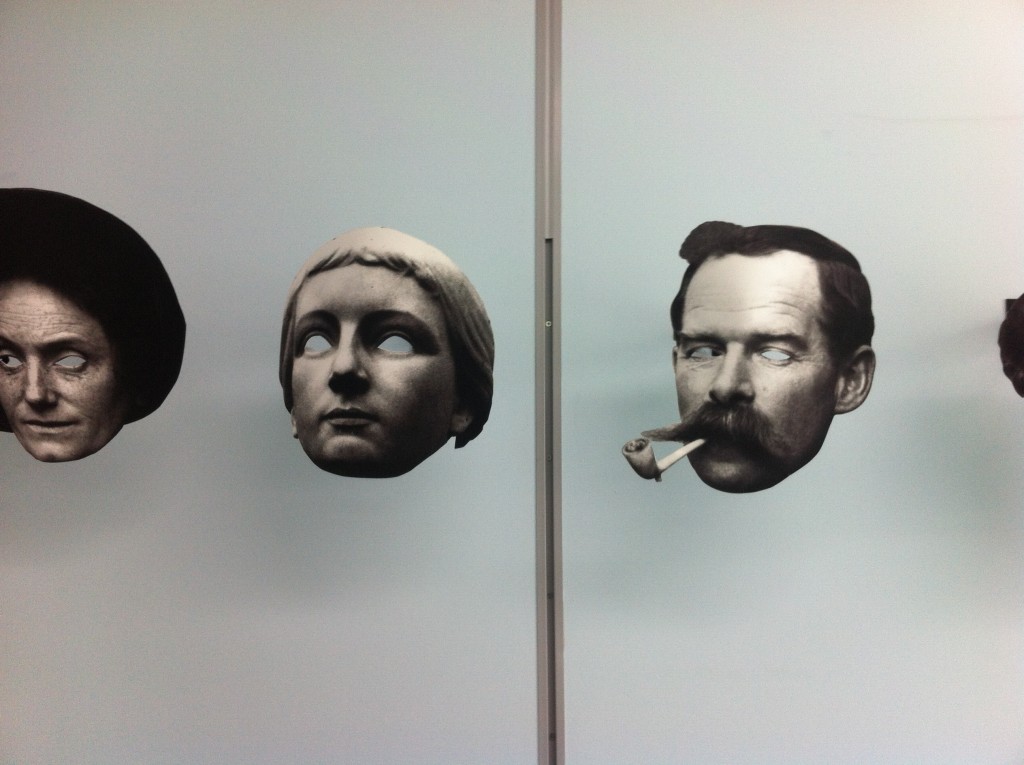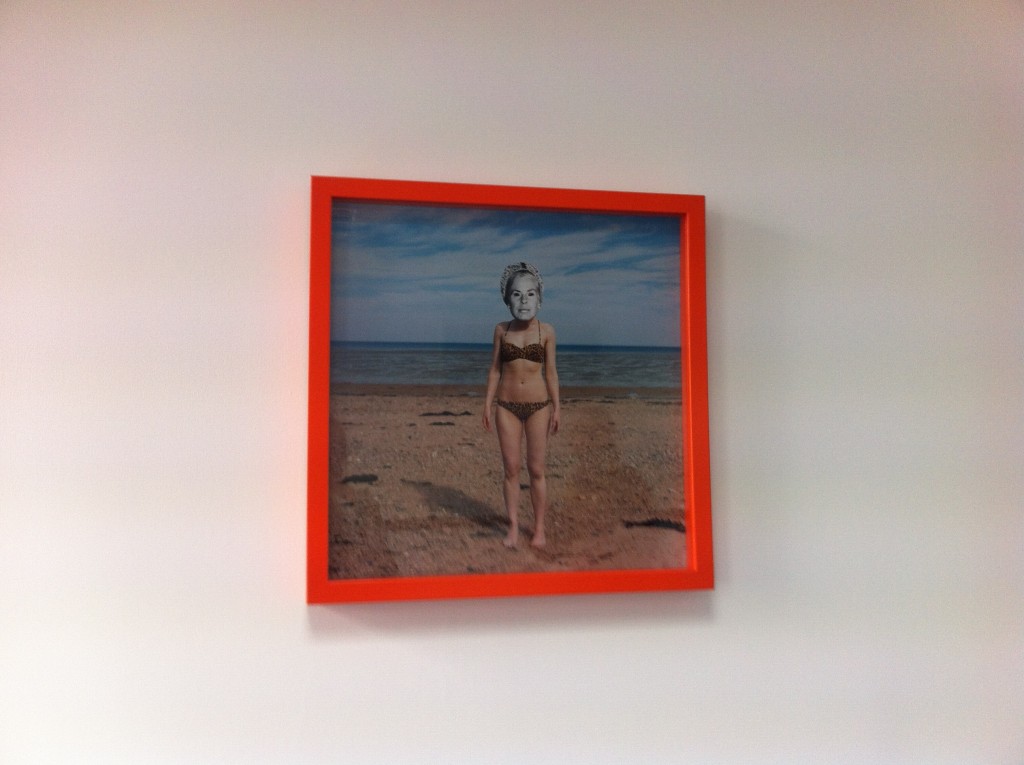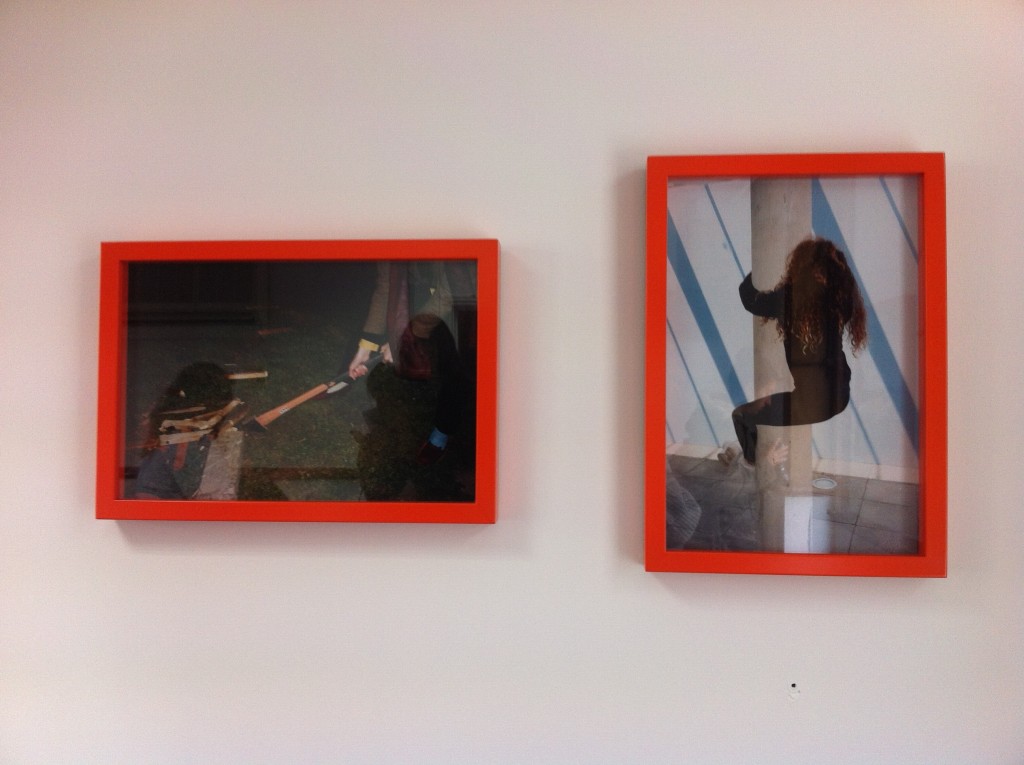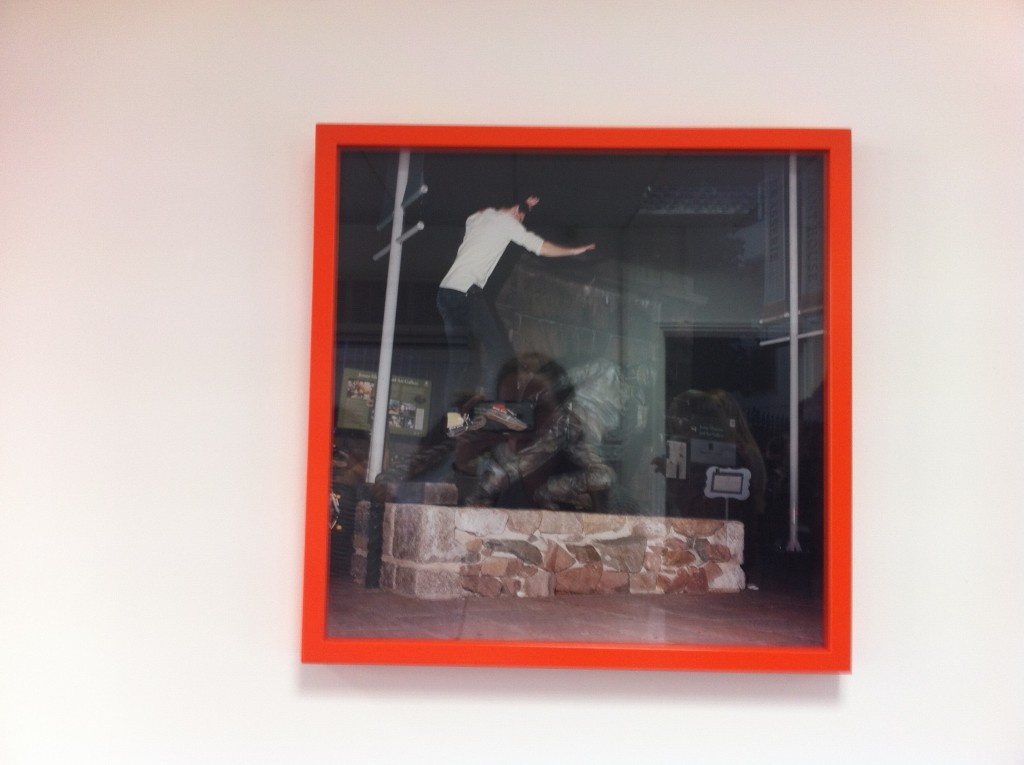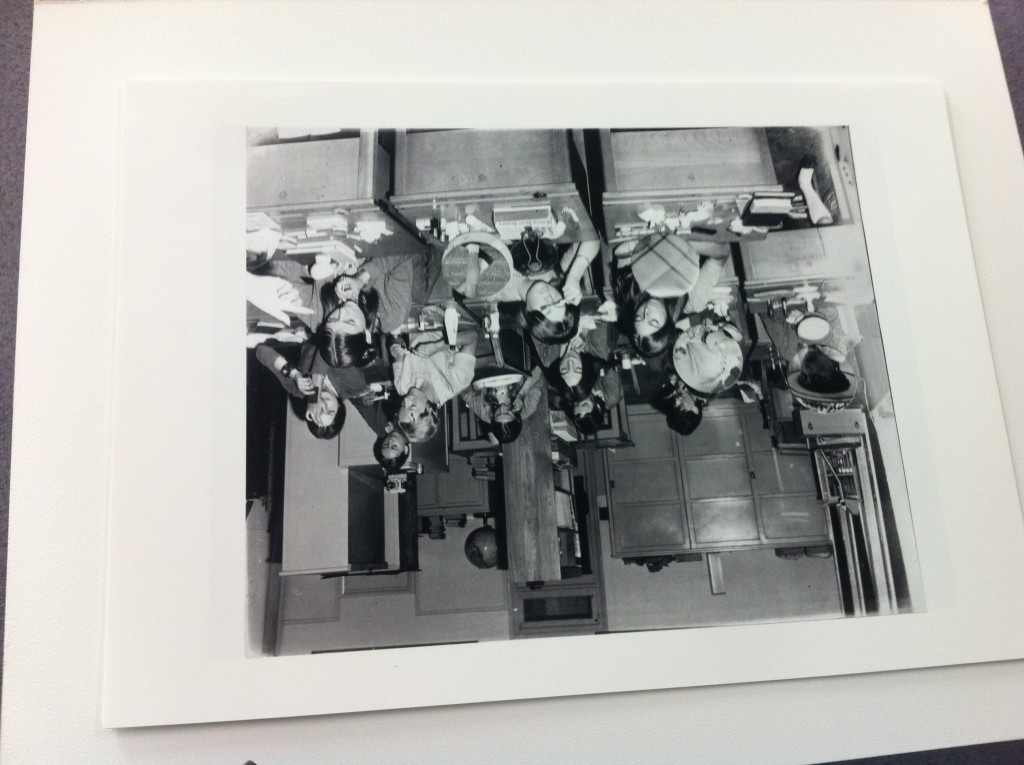Martin Toft and Gareth Syvret came together at the Jersey photo archive and decided to embark on a project comparing and contrasting the similarities and differences with Jersey and New Jersey. New Jersey was actually named after the small island of Jersey when a British man named James who visited Jersey and was warmly welcomed and treated as an honoured guest before moving to France. The Governor of Jersey at the time was called Sir George Carteret and James wanted to honour him when he found the colony and decided to name the State New Jersey. Toft’s project explores the idea of how two places on the opposite side of the Atlantic ocean perceive each other within archives and cultural memory. I like the idea of this project because I feel that not many people from New Jersey know the origin of its name and don’t even know that Jersey exists. Toft decided to do this as there has been no archival evidence of the link between Jersey and New Jersey.
“I must admit…I prefer the winter to summer on the Jersey Shore…quiet, cold, friendly.” – Martin Toft
Instead of creating one large exhibition with framed and printed photographs Toft and the Societe Jersey decided to create a newspaper that would be sent out to different places in the world where spectators could create their own exhibitions wherever they are. To make an exhibition you would need two copies on the newspaper. This newspaper was created by a professional company in order to get it to the highest of quality and so that it would work all spread out. I think that this is more interesting than a regular exhibition as the spectator is able to read it as a newspaper with all of the text and then they are able to make a small exhibition themselves and being able to see the photographers larger. The newspaper is more of a DIY concept allowing spectators to piece everything together themselves. There were 3,000 copies of the newspaper printed and were sent out to different places in the world including schools in New Jersey. This newspaper will be put into the archive as a part of Jersey history and in hundreds of years to come spectators will be able to look at this newspaper and see the link between the two and how possibly different that link will be in the future.
Toft explored many different places around Jersey and went to St. Ouens manner were Sir George Carteret lived. It is an 11th century castle. Toft’s project focuses on the West Coast of Jersey facing America and the East Coast of New Jersey that faces Jersey through the Atlantic ocean. Through visits to and from New Jersey and Jersey Toft discovered that Jersey was much more rural whereas New Jersey is a lot more urbanised. They seem to be binary opposites to one another. Toft successfully shows the political, social and economic difference between Jersey and New Jersey including the people, landscapes, industries and identities. The Atlantus Project makes connections with memories, the archives and photographs two lands on opposite sides of the Atlantic ocean.
Toft’s website: http://martintoft.com
Archisle page: http://www.archisle.org.je/category/projects/jersey-new-jersey/
Atlantus newspaper:
How are they similar and how do they differ?
I like to compare images from Jersey and New Jersey to compare and contrast them. Looking at the two images above I can see how the two aren’t so different in that they are both facing the ocean, obviously Jersey is an island and totally surrounded by the ocean whereas New Jersey is facing the Atlantic ocean on one side. I think that we can identify the two together through the love of surfing and how surfing often brings people together. I like that these images show the similarities within the beaches of both Jersey and New Jersey and how they can be brought together this way. I particularly like the New Jersey image here as the surfer looks as if he is getting ready to go when Toft approached him to make a photograph and she almost looks very natural and as if was already positioned there.
These two images really stood out to me and I wanted to put them beside each other because I wanted to see the difference between the way the channel islands deal with guns and the way America deals with them. I really do think that America has a gun problem with mass killings every single month. The image to the right shows a New Jersey man holding his riffle gun in his back garden so casually. In America guns are allowed and people seem to be able to get licenses so easily. Unlike, Jersey Channel Islands were you must be in a club to get access to a gun. This is obviously more expensive and organised with officials and people there to take care of the guns in a safe environment where they are only able to shoot at objects that are prepositioned and ready for them. I find this so interesting as there is a ‘Chief Range Officer’ watching over all of the people on the shooting range in the Channel Islands whereas in America they just have them in their homes with no one there to ensure safety. I think it is so crazy to see these photos side-by-side because of how different they are. The people of America can so easily access guns and carry them around anywhere they please in contrast to the Channel Islands were you must be watched over and stay within the grounds of the actual riffle club.
Atlantus Archive gallery: http://www.archisle.org.je/category/jersey-new-jersey/
For some reason I love putting these two images beside each other. I think I decided to do this because they were both wearing similar hats. I find this interesting because they are two completely different men with completely different backgrounds, the American being a Vietnam veteran and the British [Jersey Bean] being a semi-retired fisherman. The fisherman wears a camouflage hat while the Vietnam veteran wears a camouflage jacket. It is weird to think that camouflage has transitioned from being a way of blending in with the environment to actually becoming a fashion statement, not that the fisherman is making a fashion statement. I think both men will use the camouflage pattern to blend with their environment but more likely the war veteran would use it more effectively. I like these two images as the spectator is able to look at the two men and see two completely different and unique stories.
These two images are similar in that they are both on beaches. The different is that the American teens look as if they are just chilling and hanging out as it seems to be getting cooler, possibly getting later in the day. Compared to the Channel Islands photo which seems to be midday and all of the teens have just been out for a swim. These images differ in the youths and just the groups of people that are hanging out on the beaches. I like these images as they show different communities in two different places and environments.

This is my absolute favourite image of the entire project. There is just something about it that I really like, it is easy to look at and the subject is very interesting. I think the colours work really well in this image, with the green really standing out and flattering the skin tone of the subject. This woman is very beautiful and looks really good in this image, she is interesting making the spectator want to know a little bit more about her. I think that the composition of this photograph is great as she is directly in the centre making her the key subject. I think that the green and the colour of her skin really makes her stand out against the light sand and the light blue cloudy sky which is really effective and draws the spectators attention to her. I don’t really have a main reason for liking this image apart from the fact that it is just very interesting to me and I enjoy looking at it and trying to find out more and more about the subject and the plain environment surrounding her.
Overall, I think that the Atlantus project successfully shows the links that Jersey has with New Jersey and how their communities vary in similarities and differences. It is interesting to see the historical links between the two as well and how Jersey actually has a State in America named after it even though it is such a small island. I really like this project as it allows more people to learn more about the Channel Islands as I feel not a lot of people in New Jersey and around the world even know that it exists.

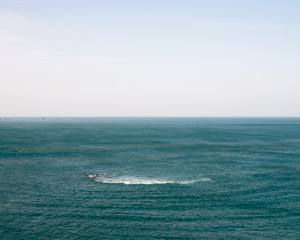

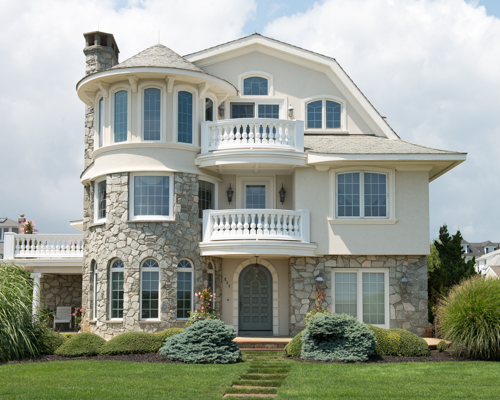
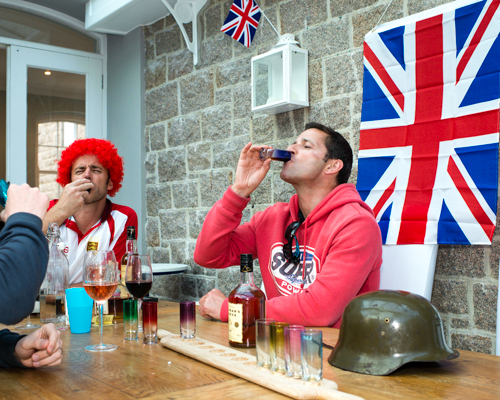
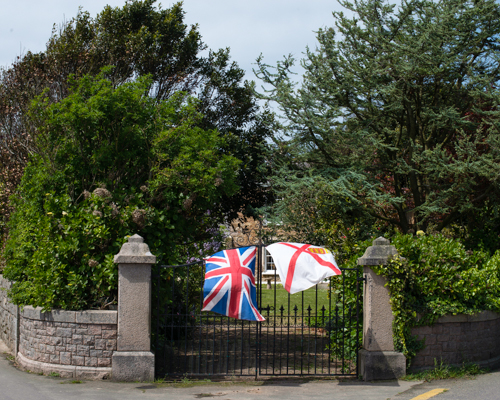

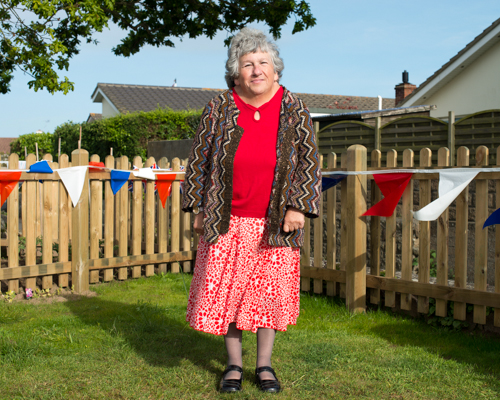
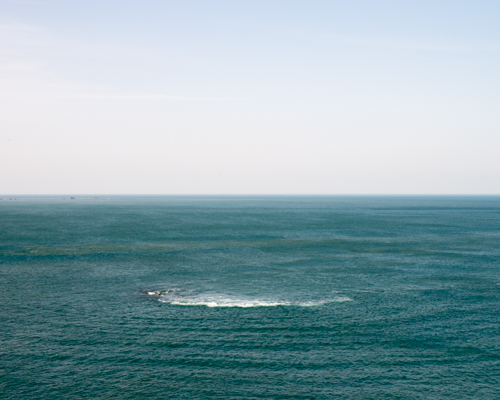
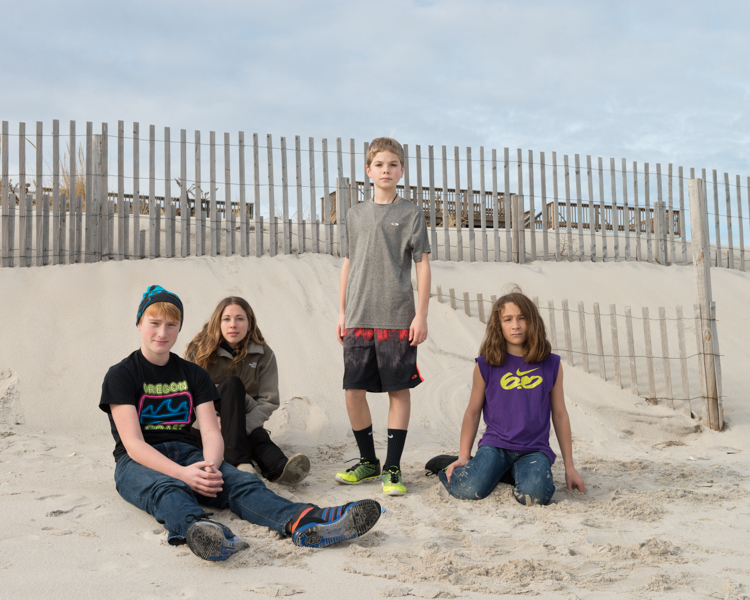
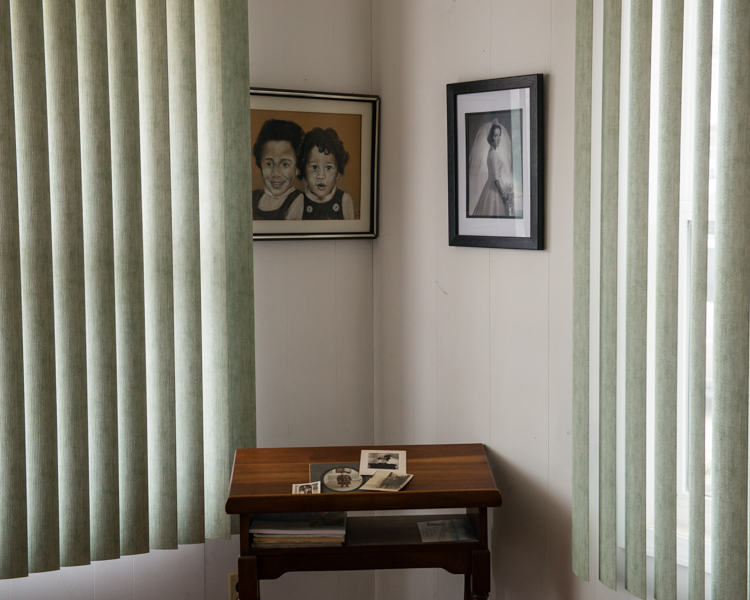
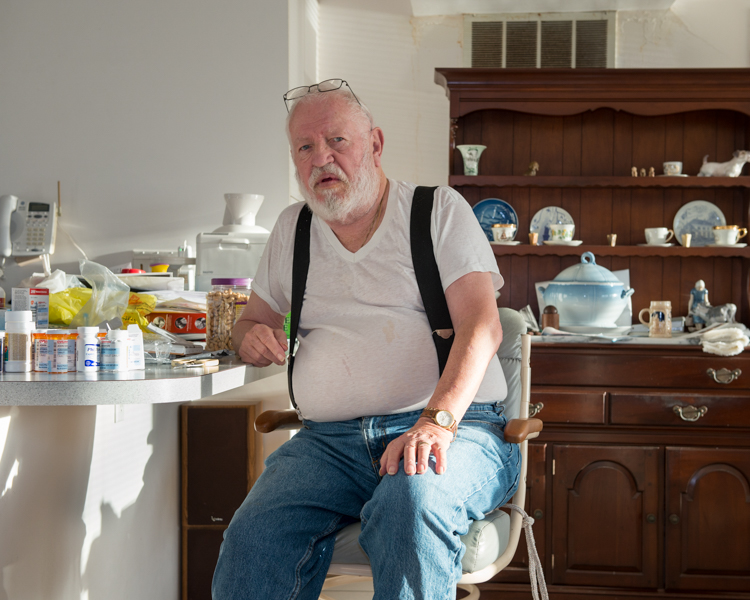
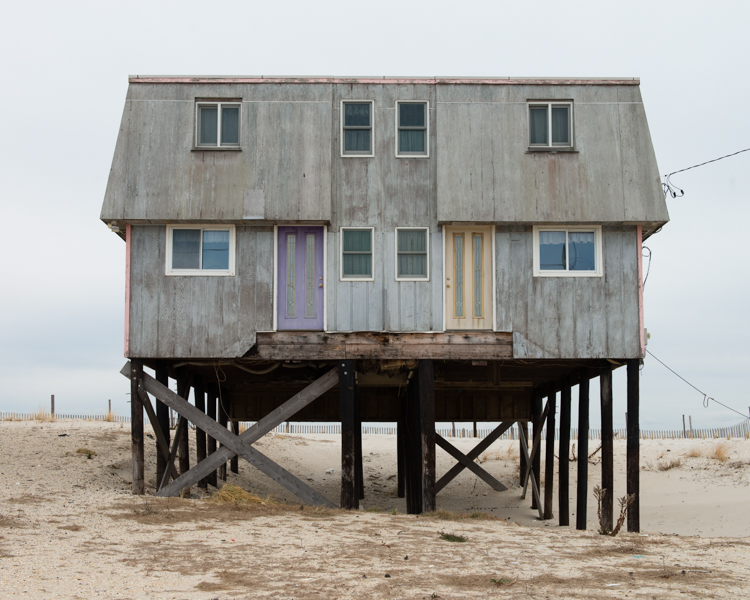
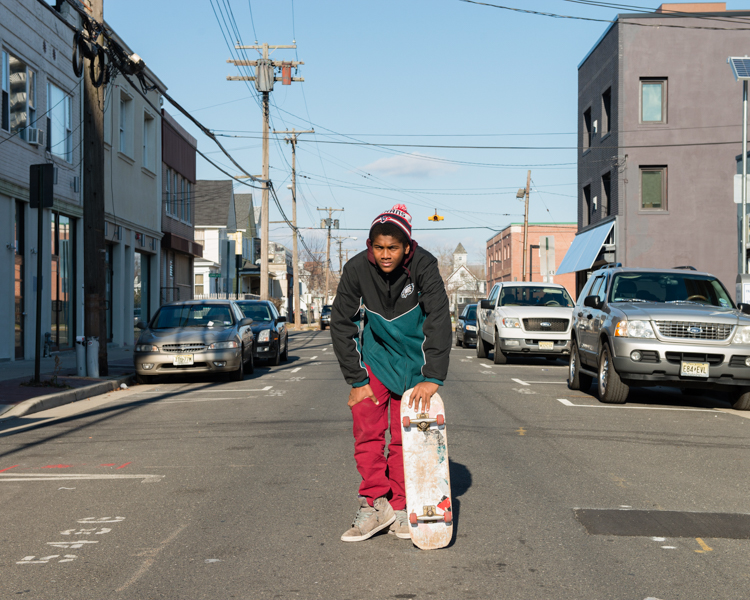
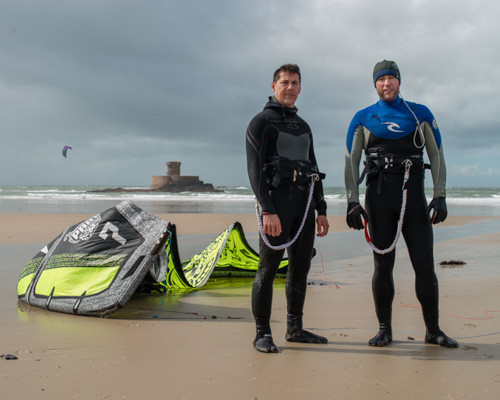
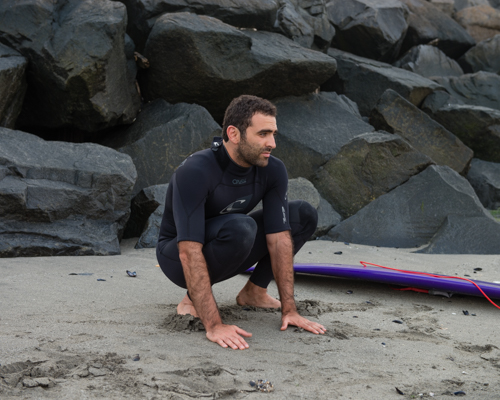
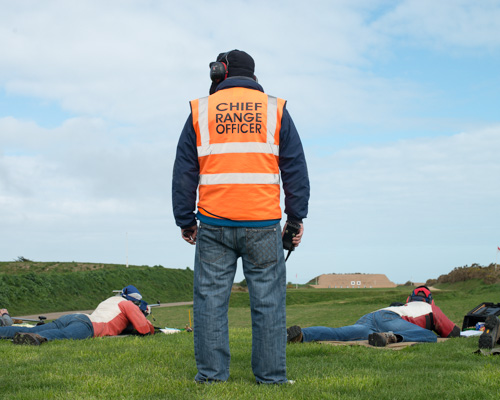
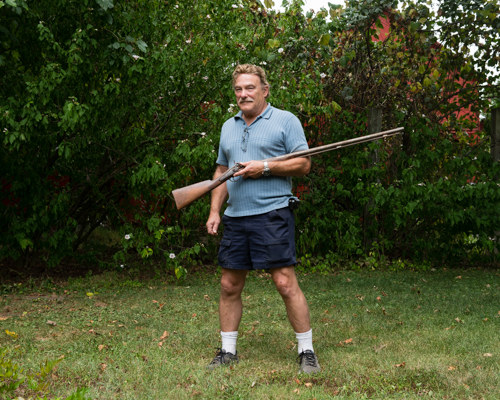

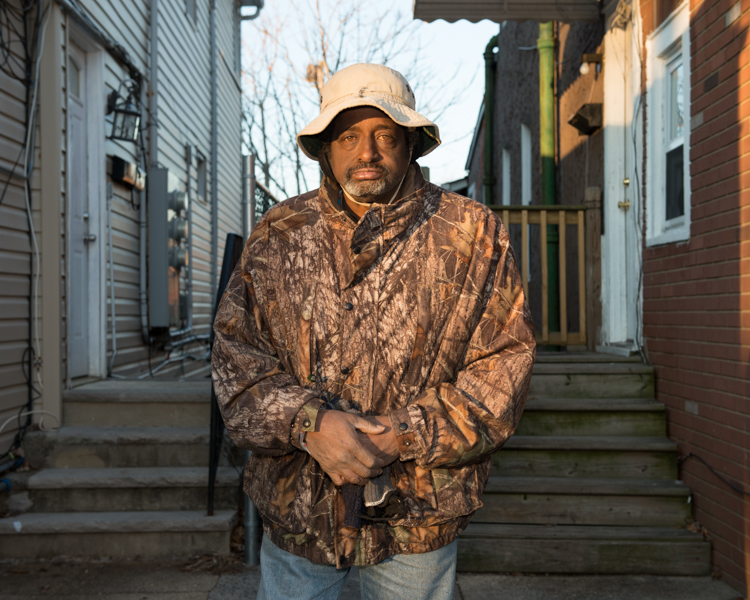

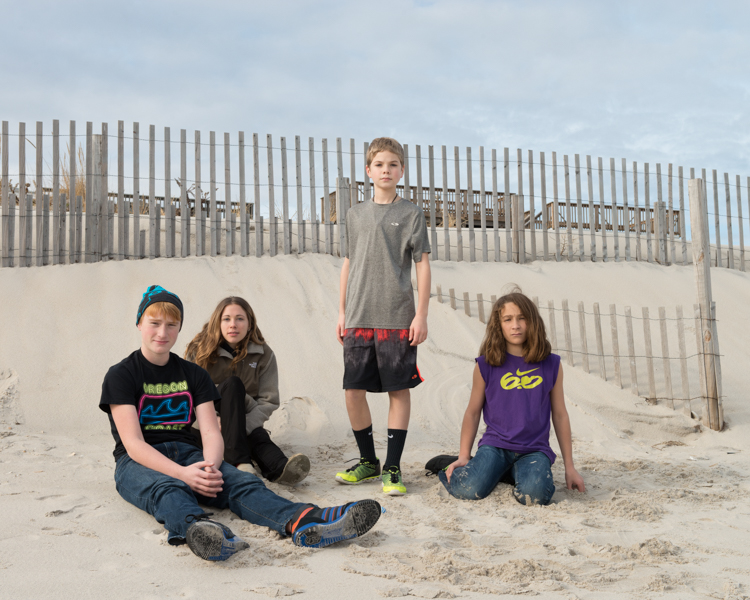
![Mark Power [1959 - present]](https://hautlieucreative.co.uk/photo16a2/wp-content/uploads/sites/2/2015/10/Ouside-In-A-Magnum-Photo-Showcase-Mark-Power-Portrait-3-1024x681-1024x681.jpg)
